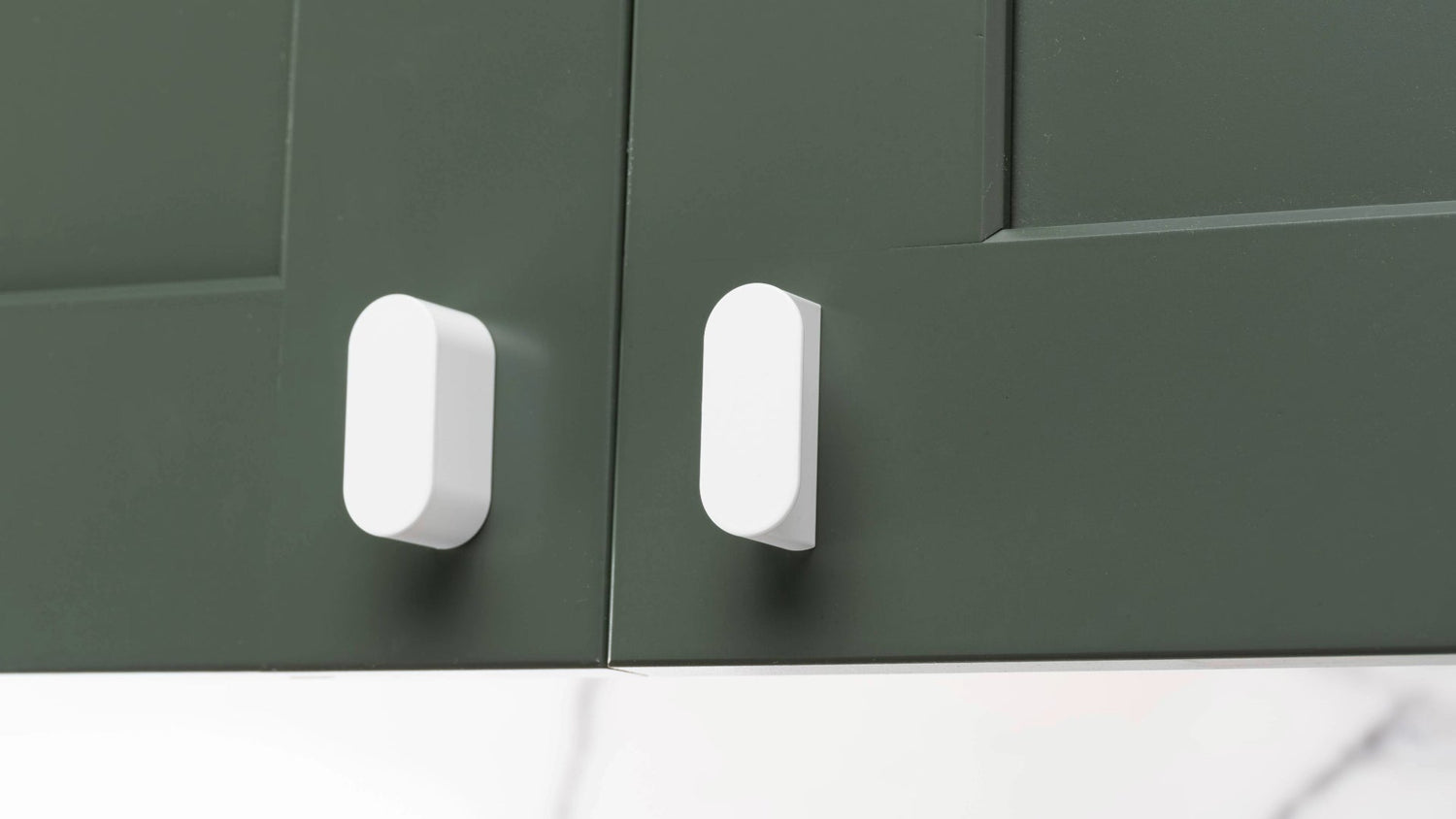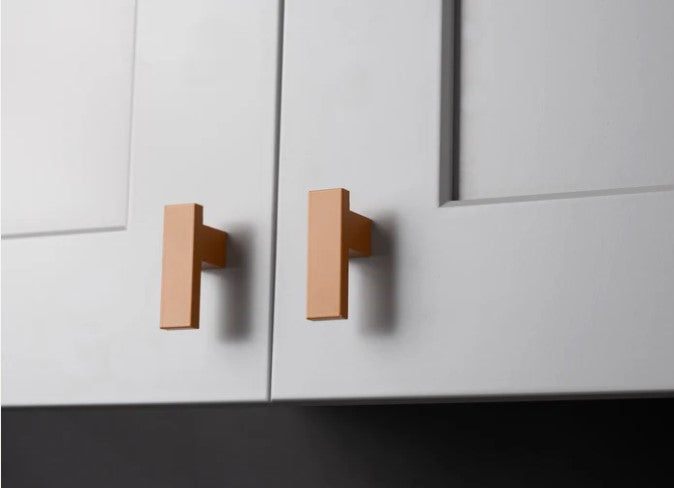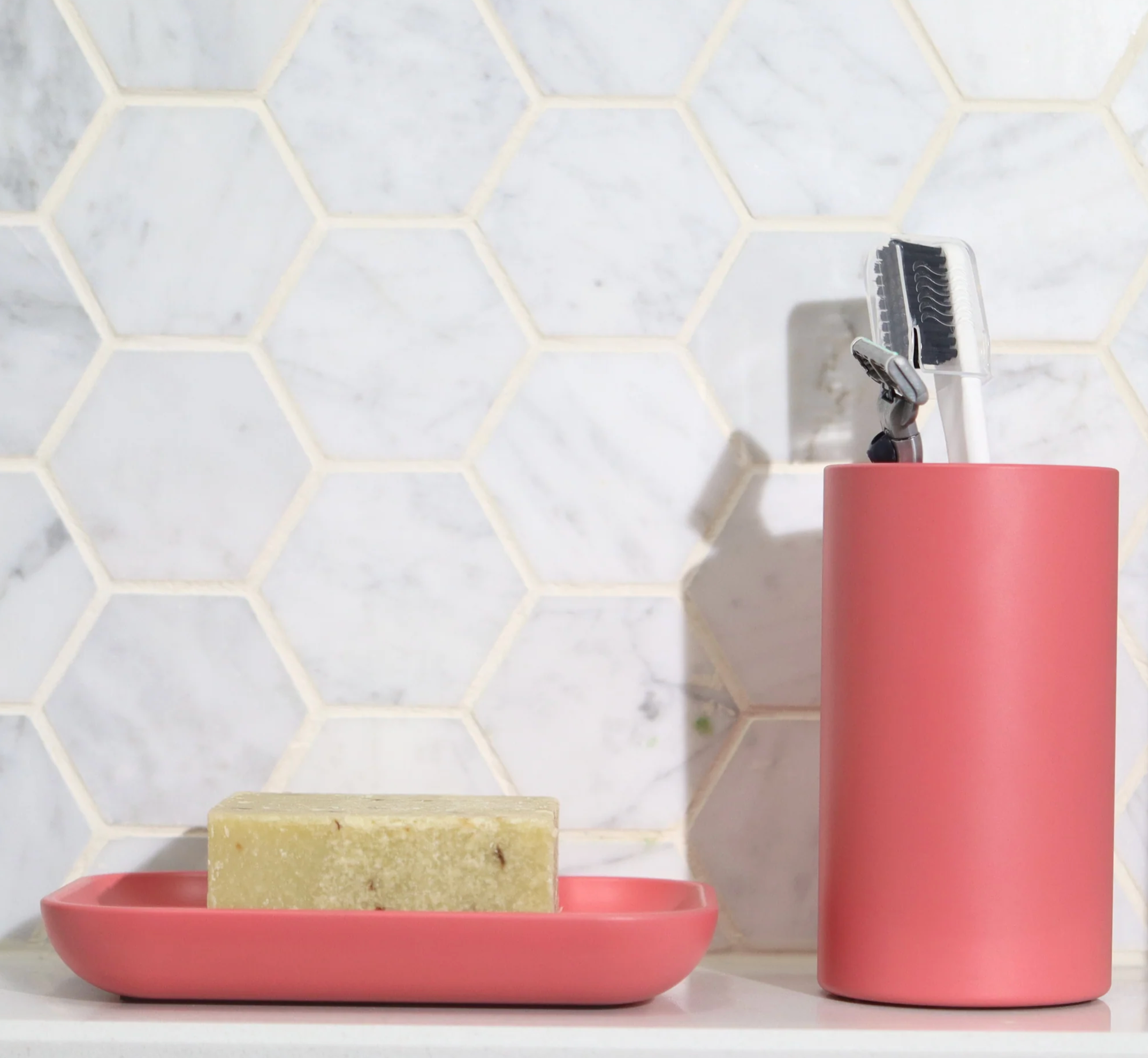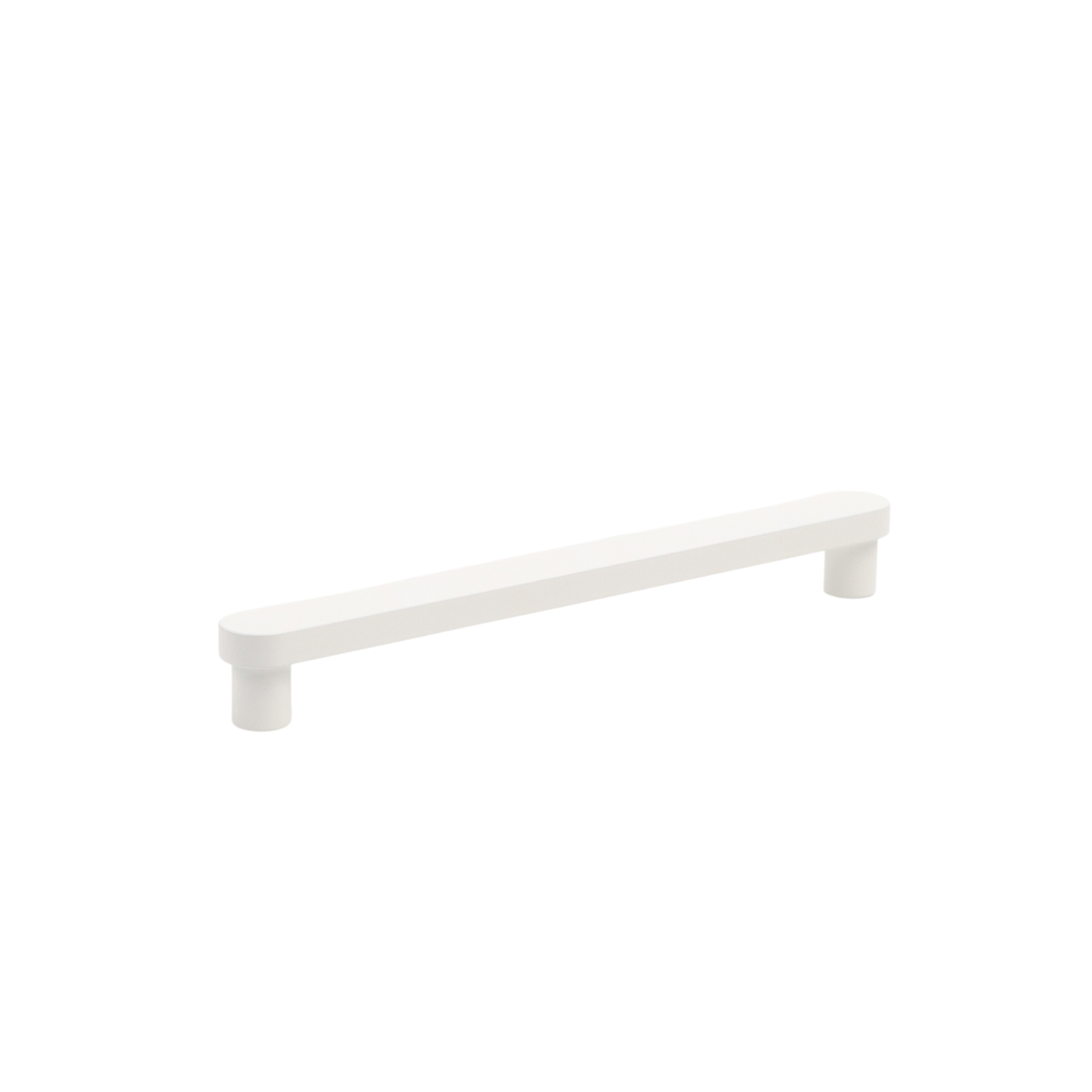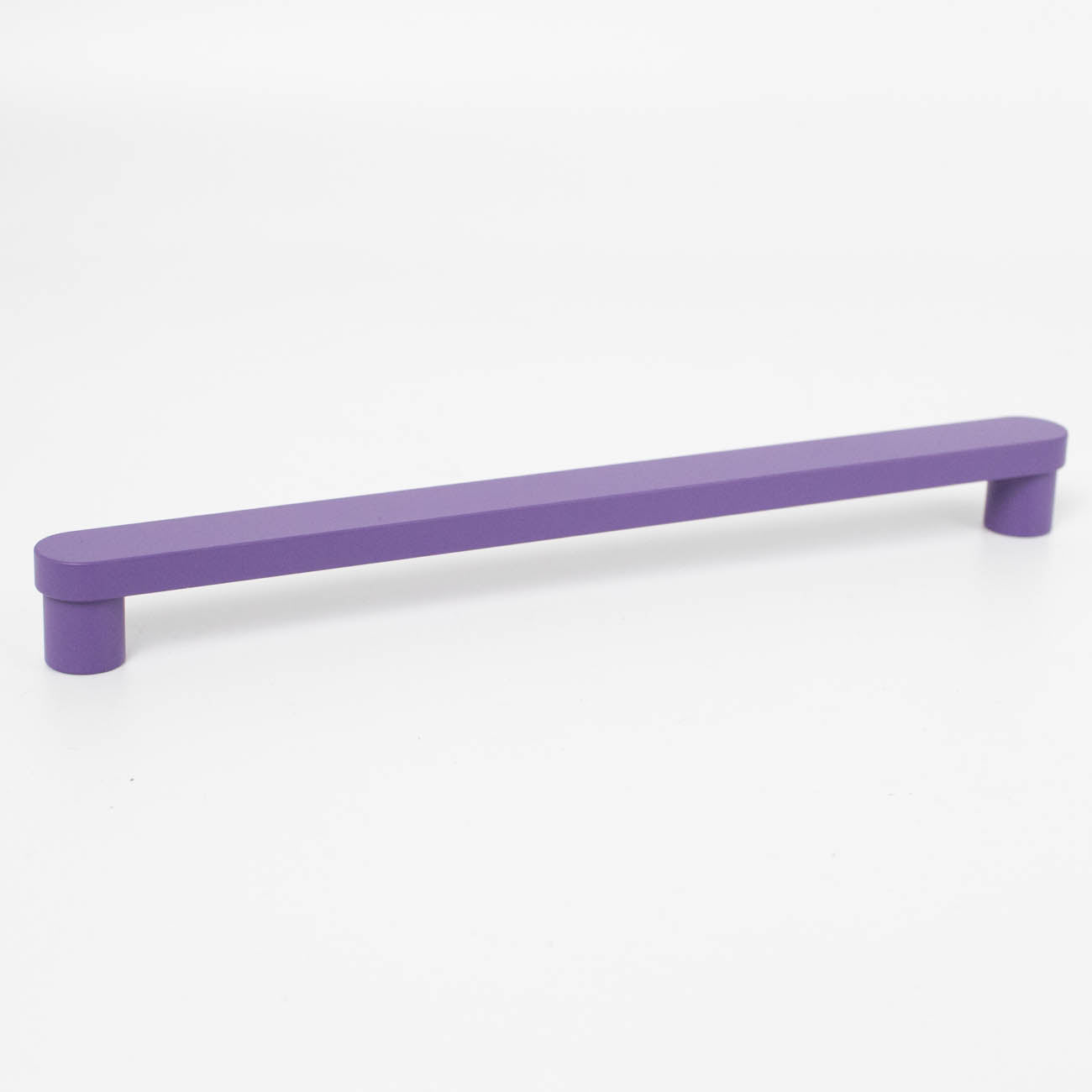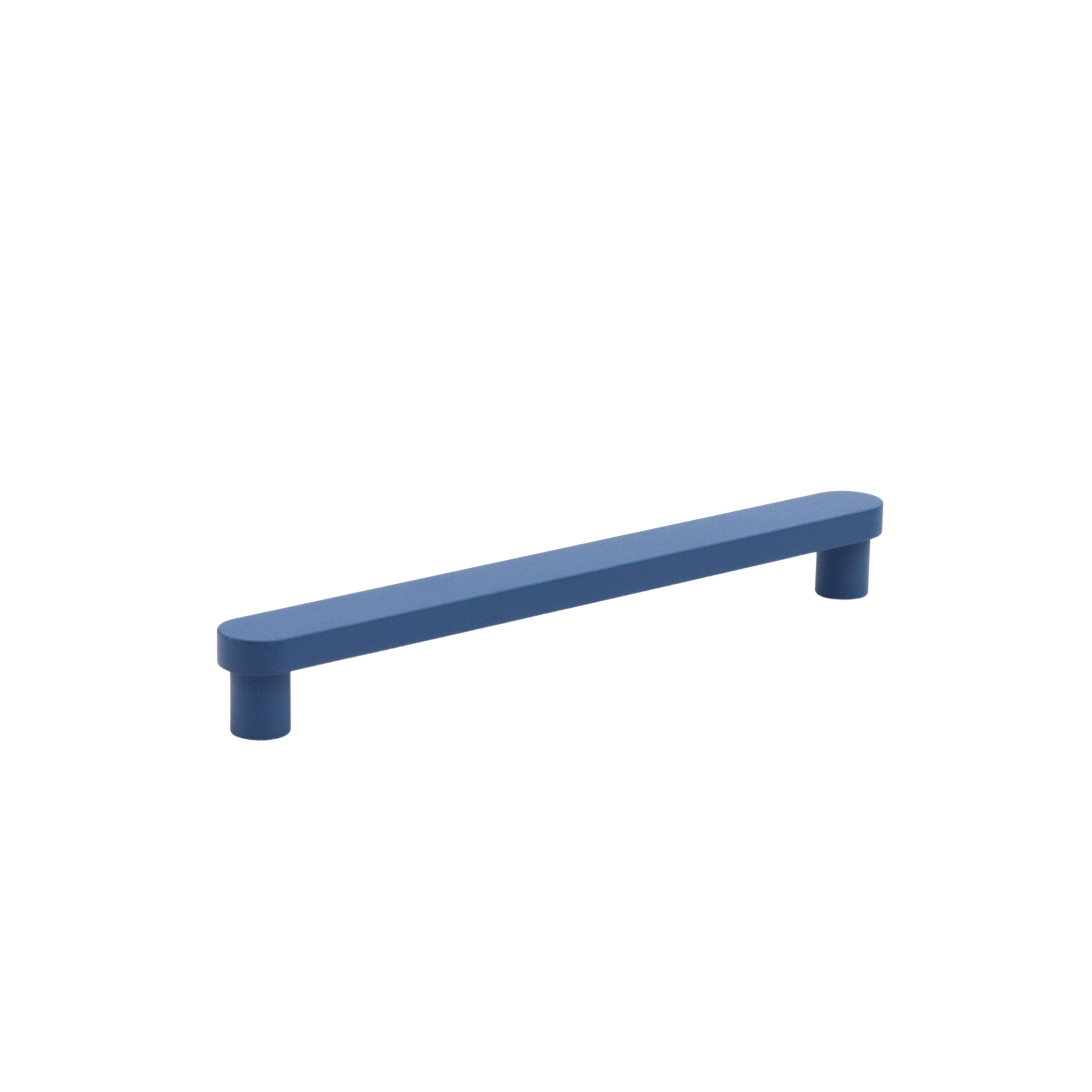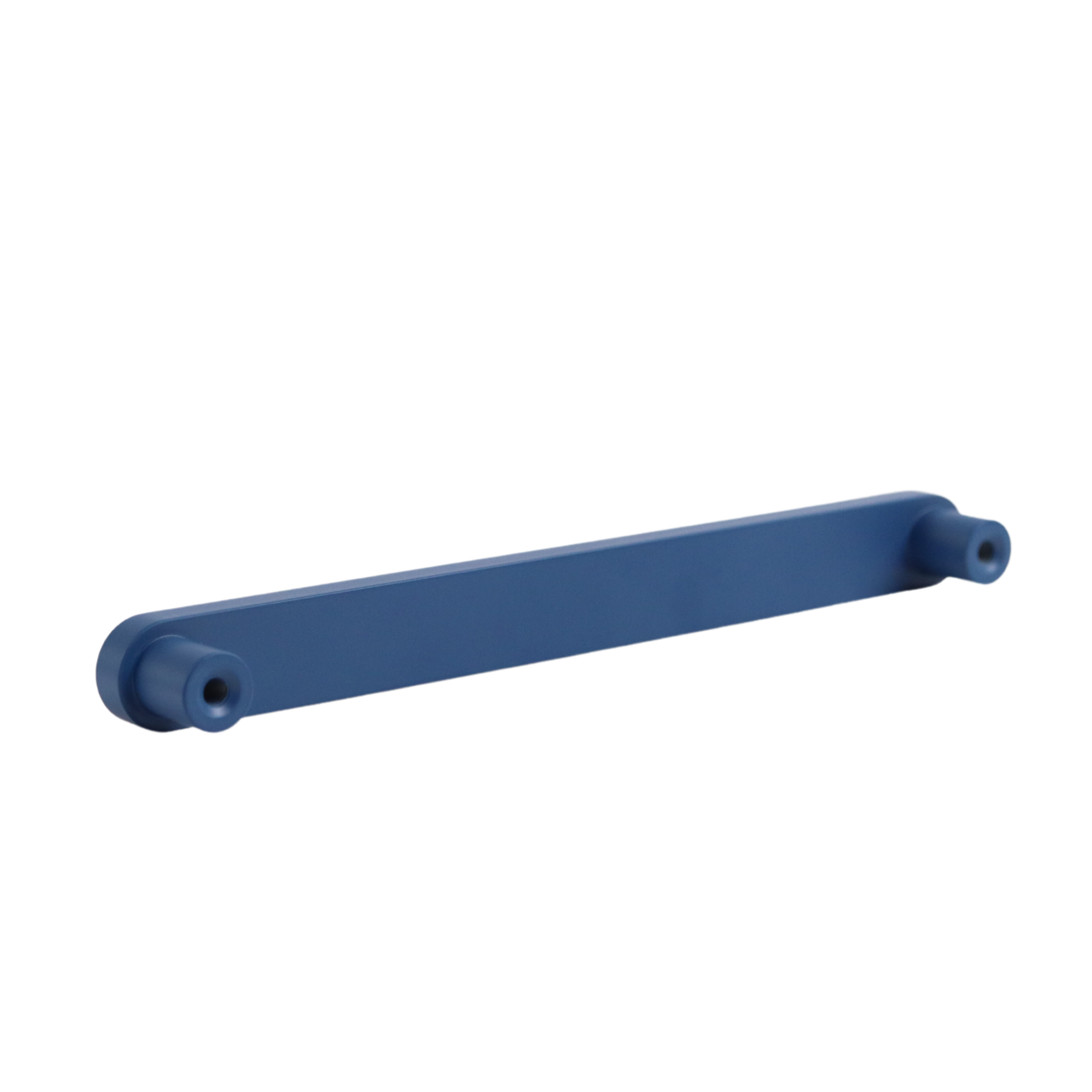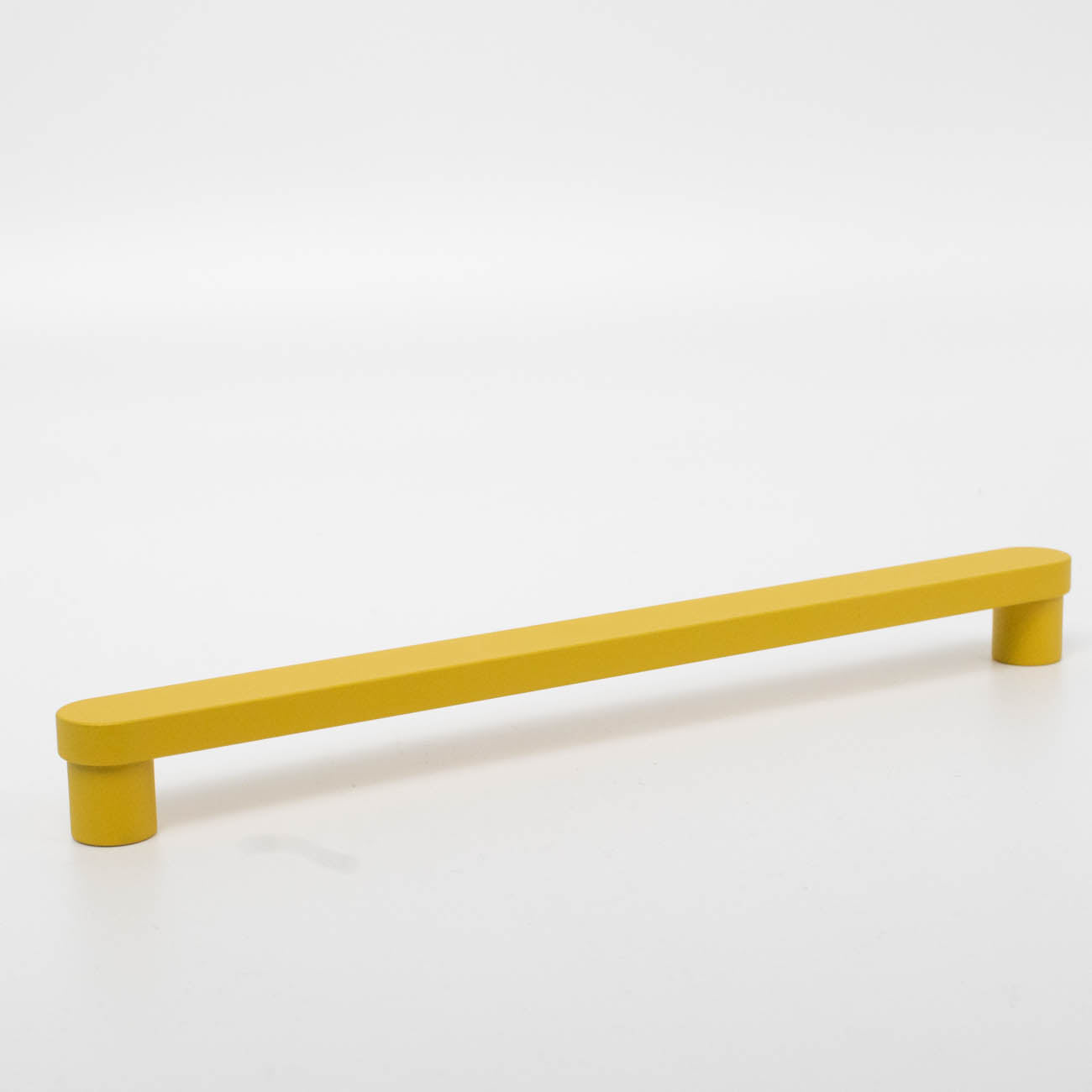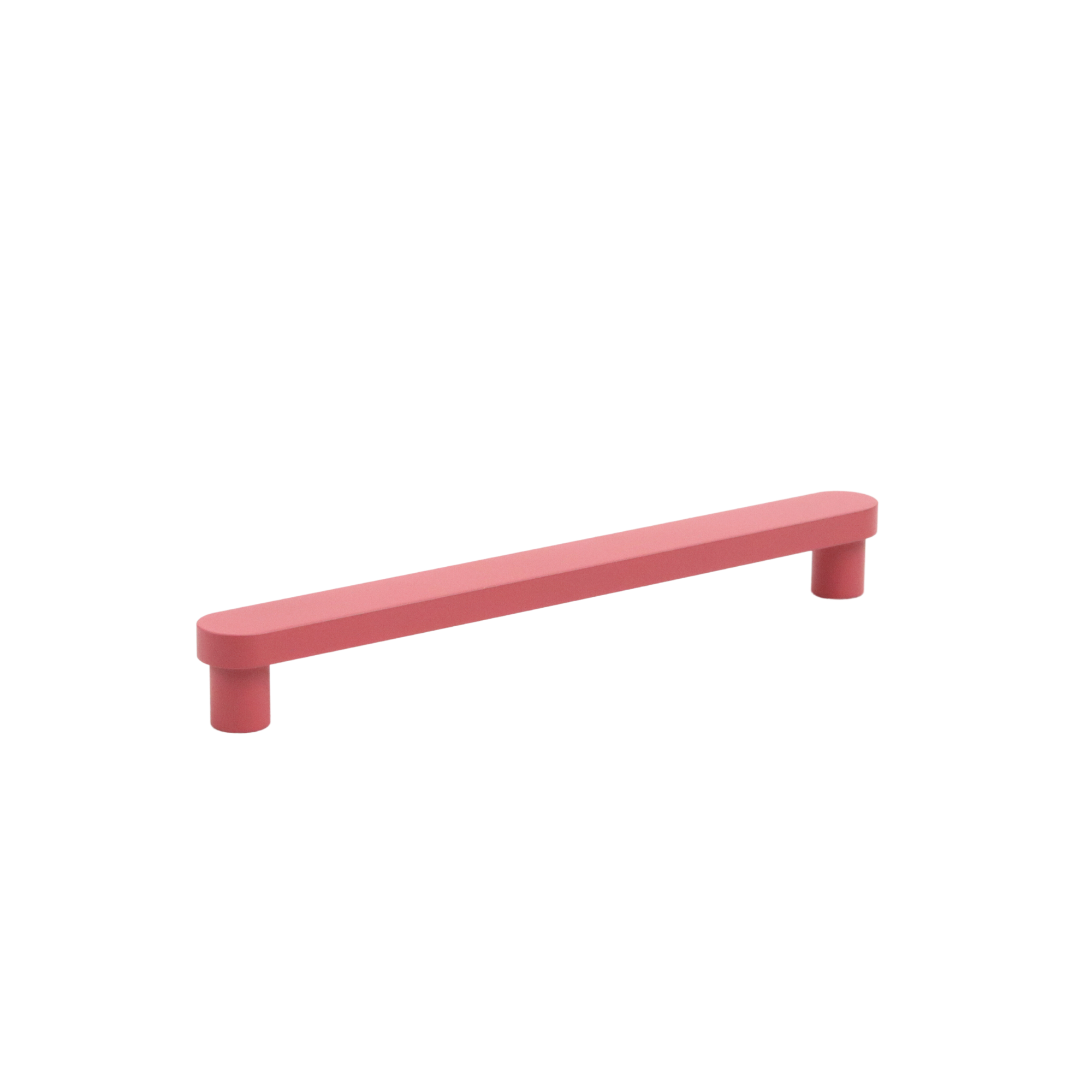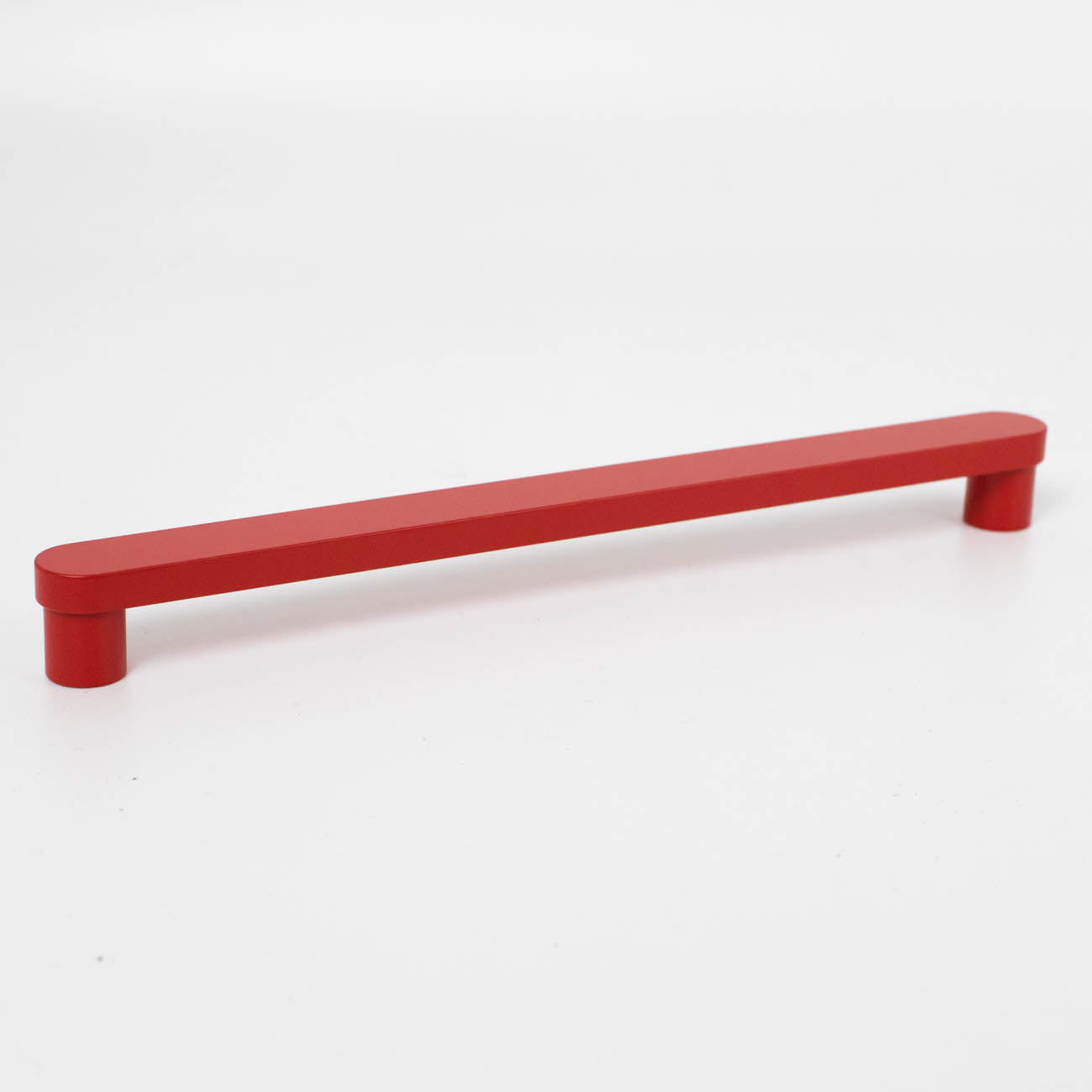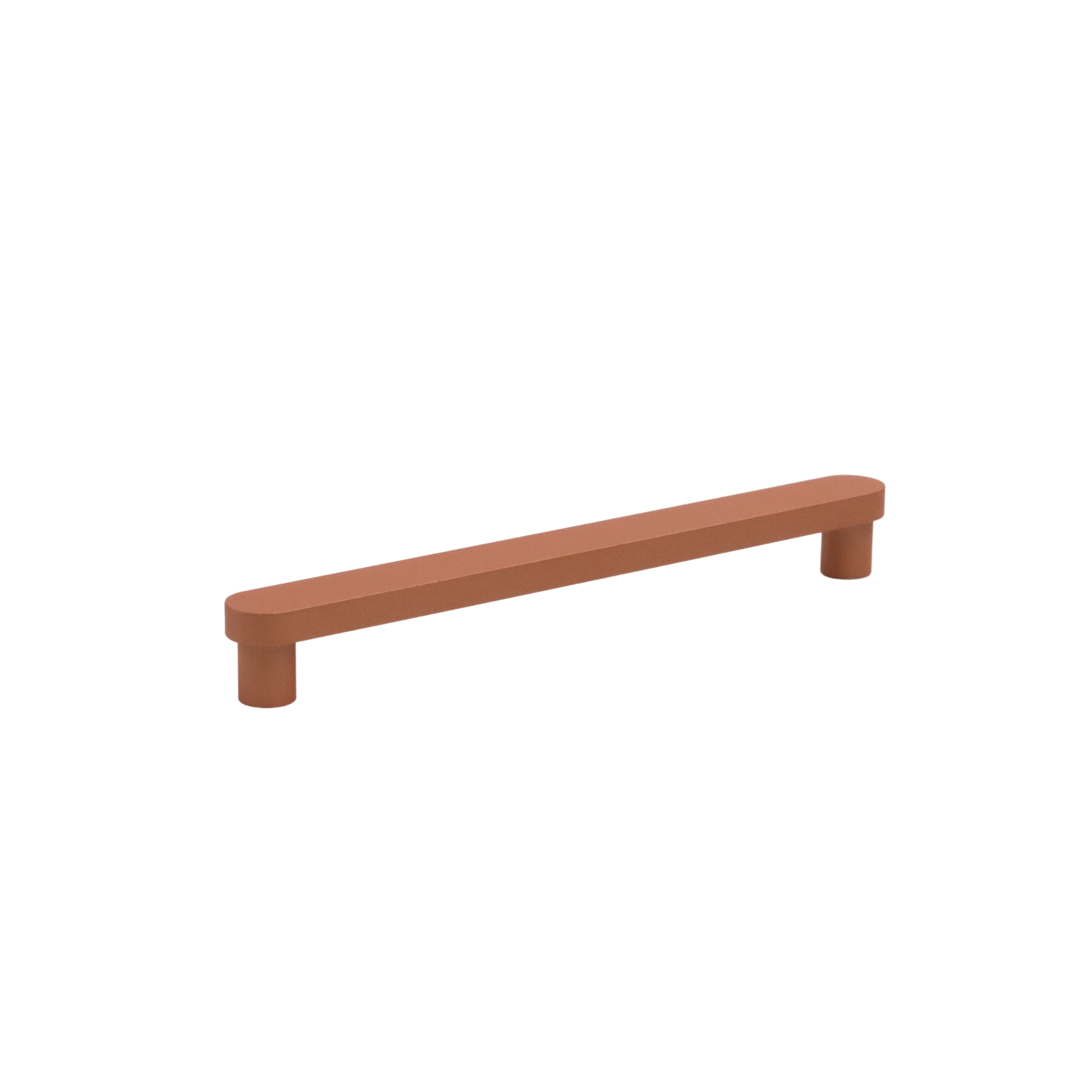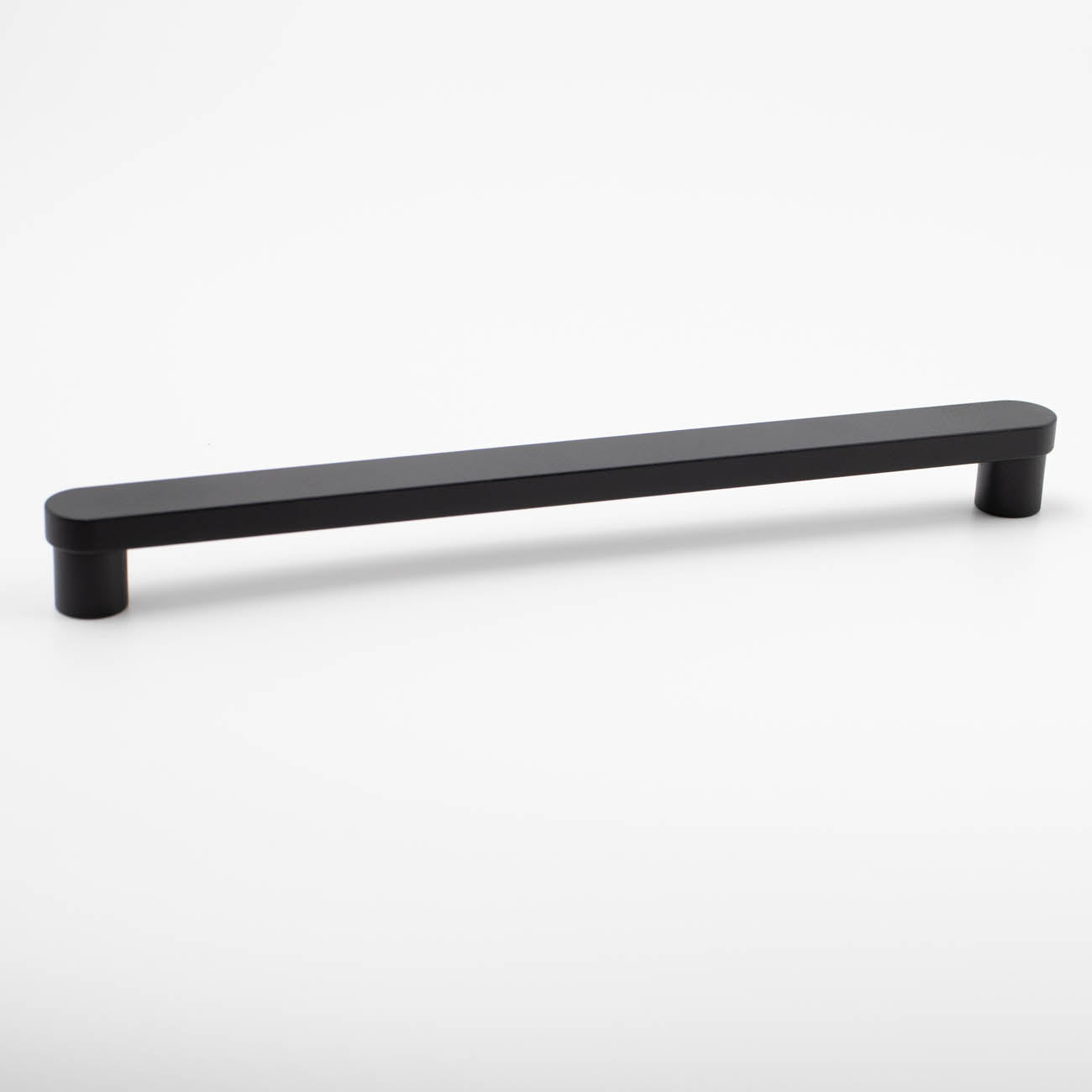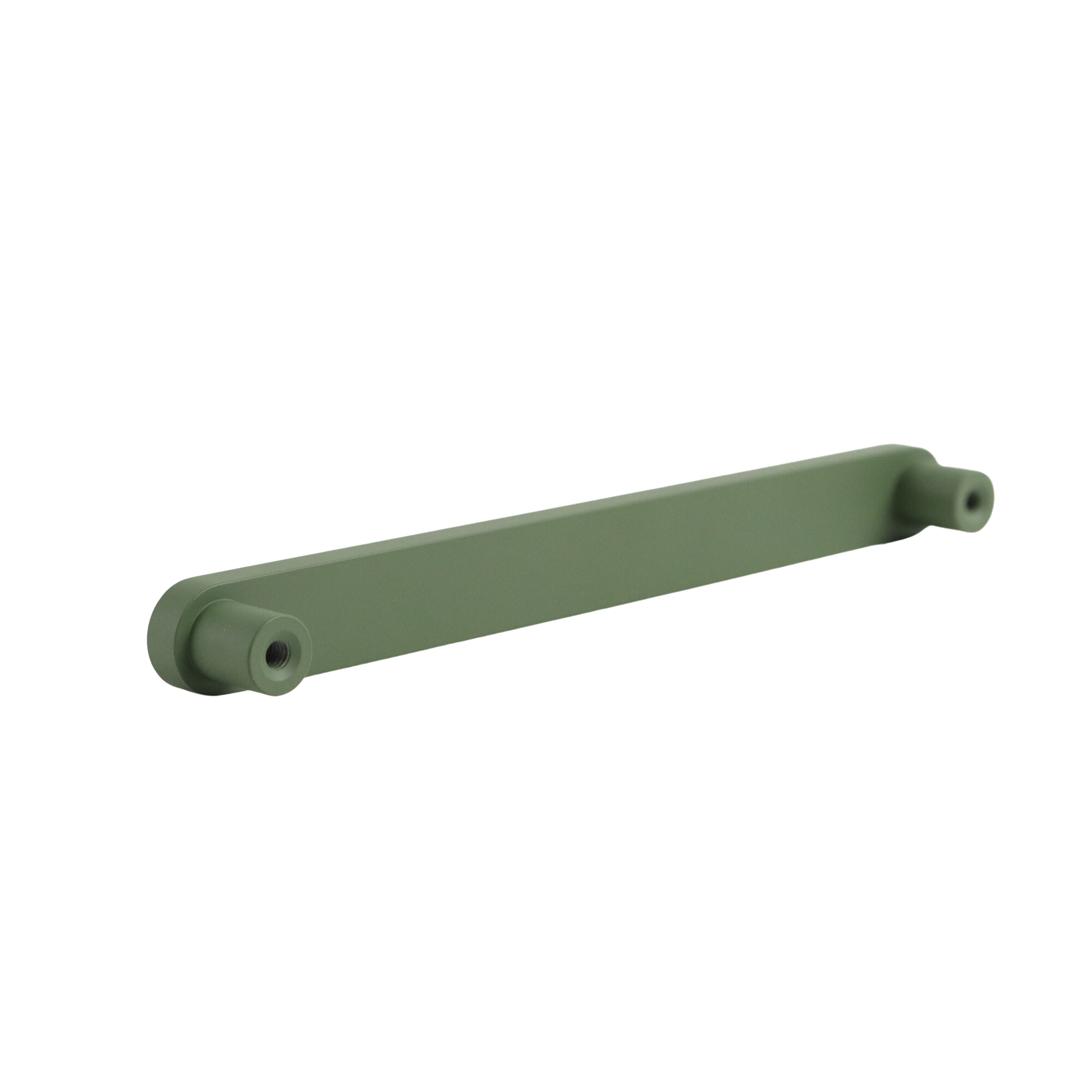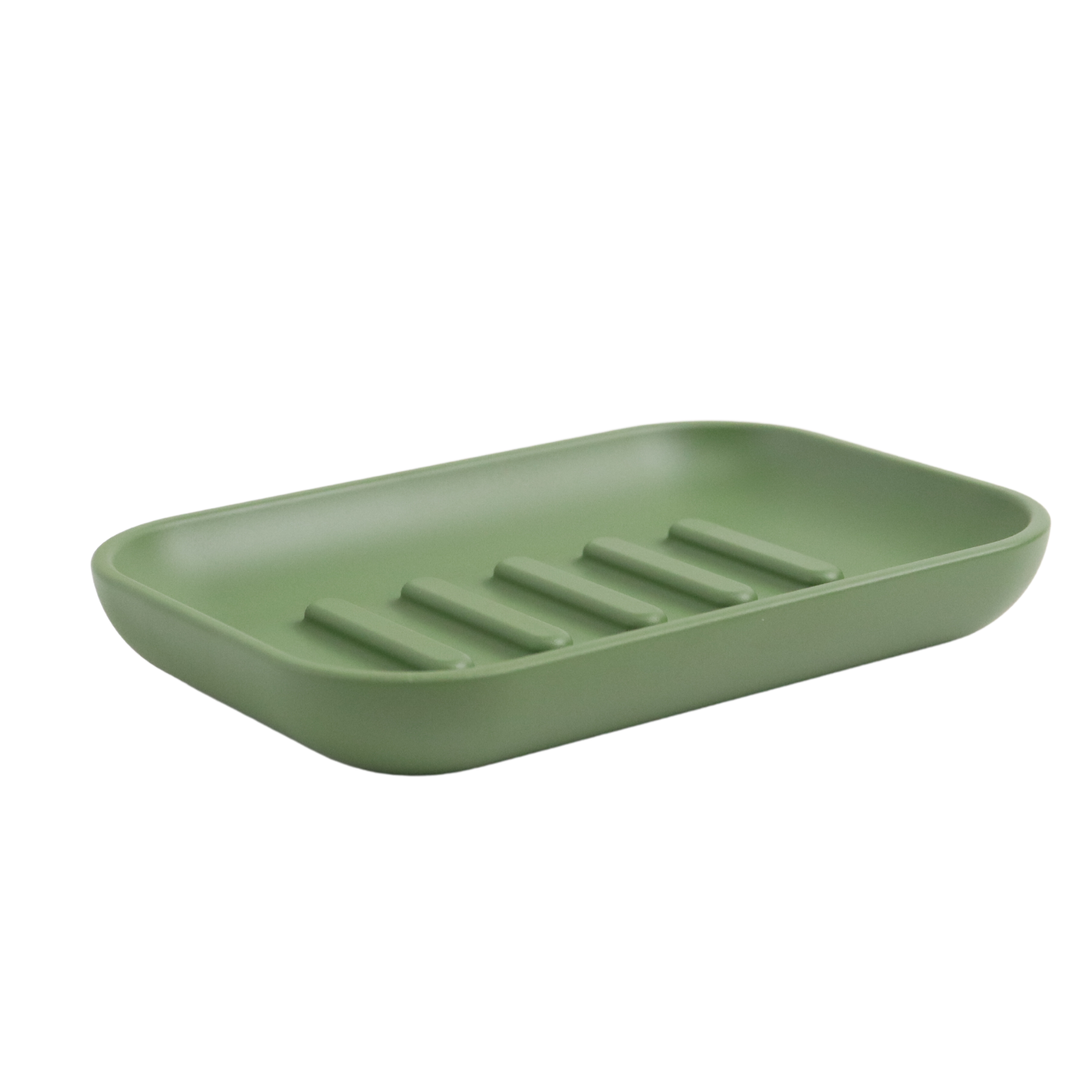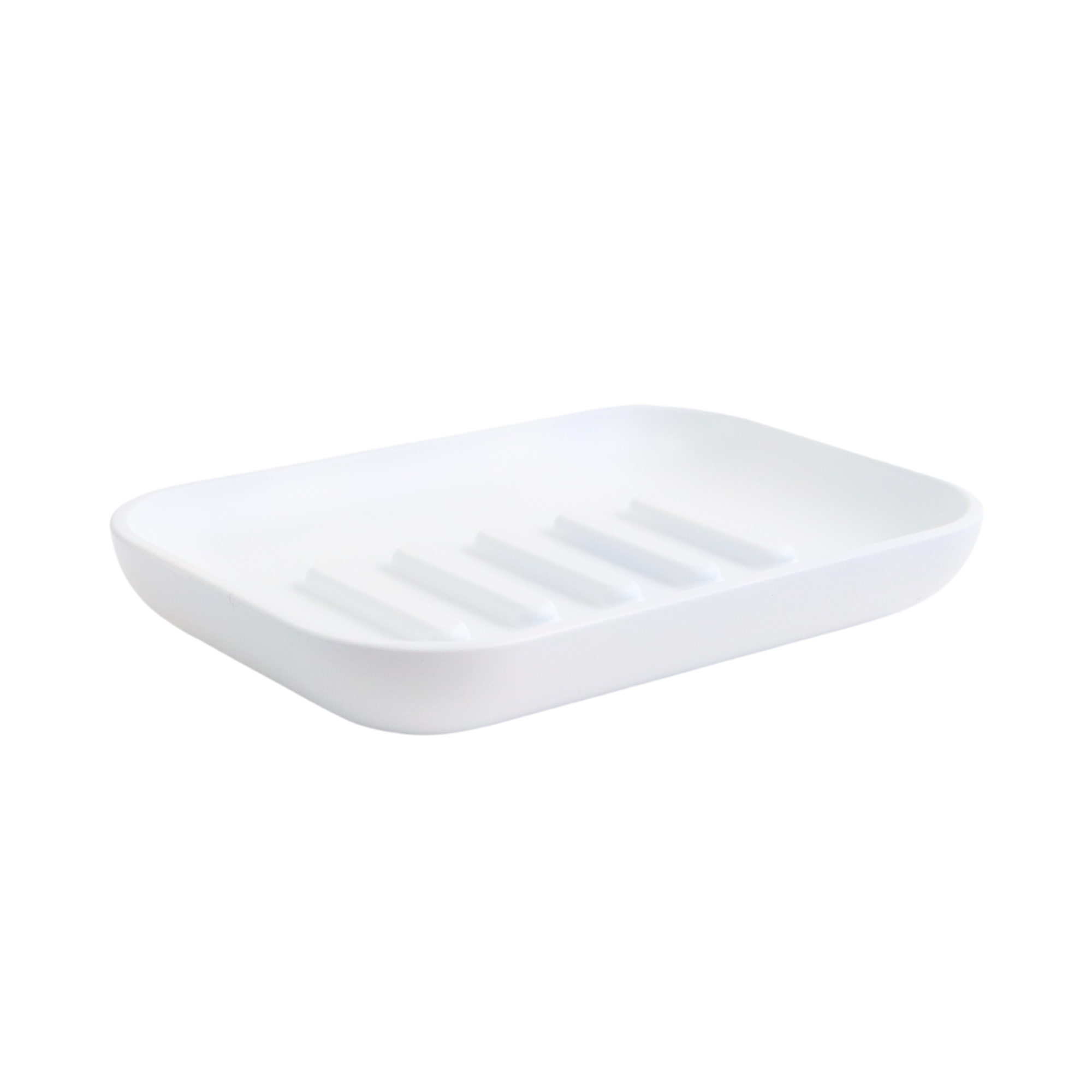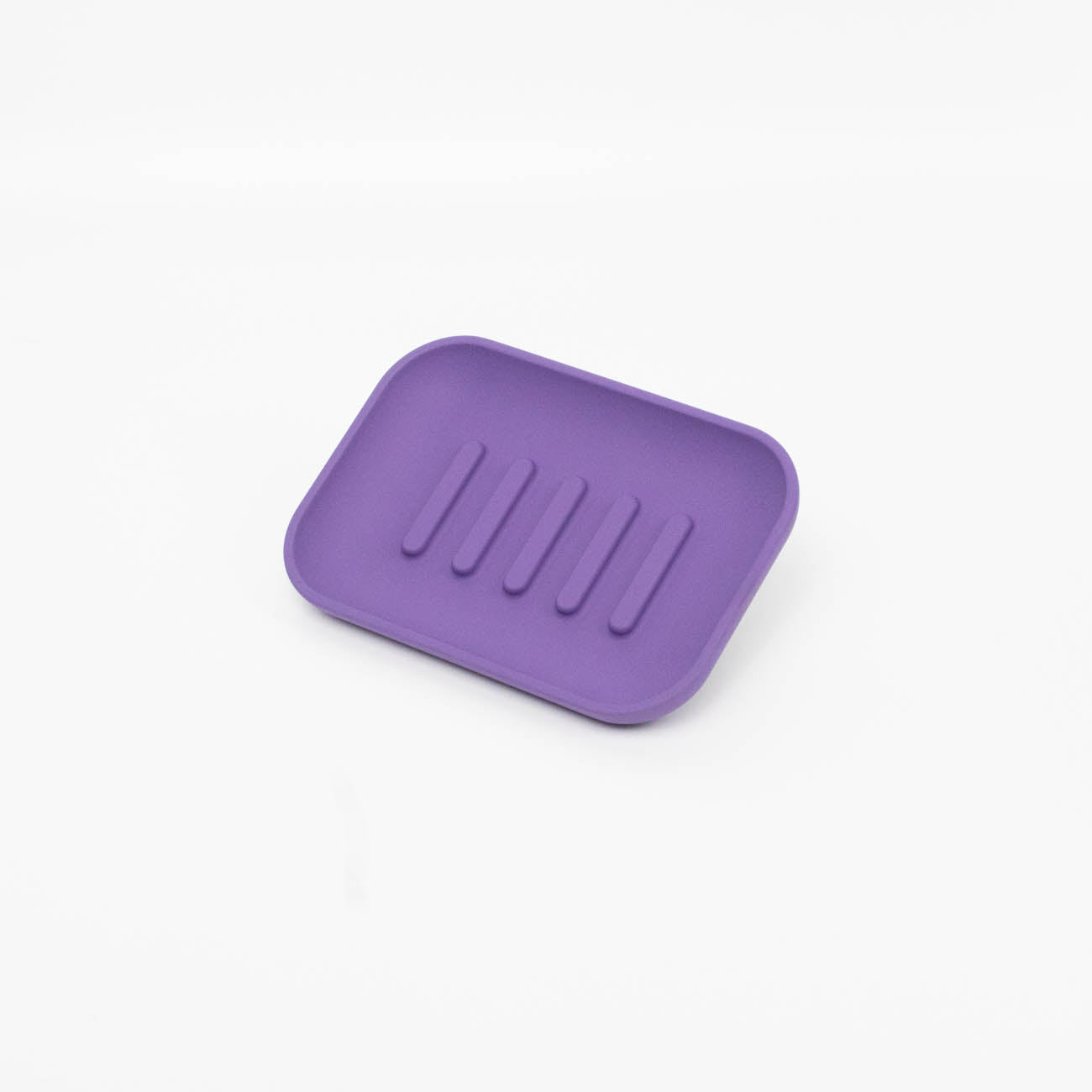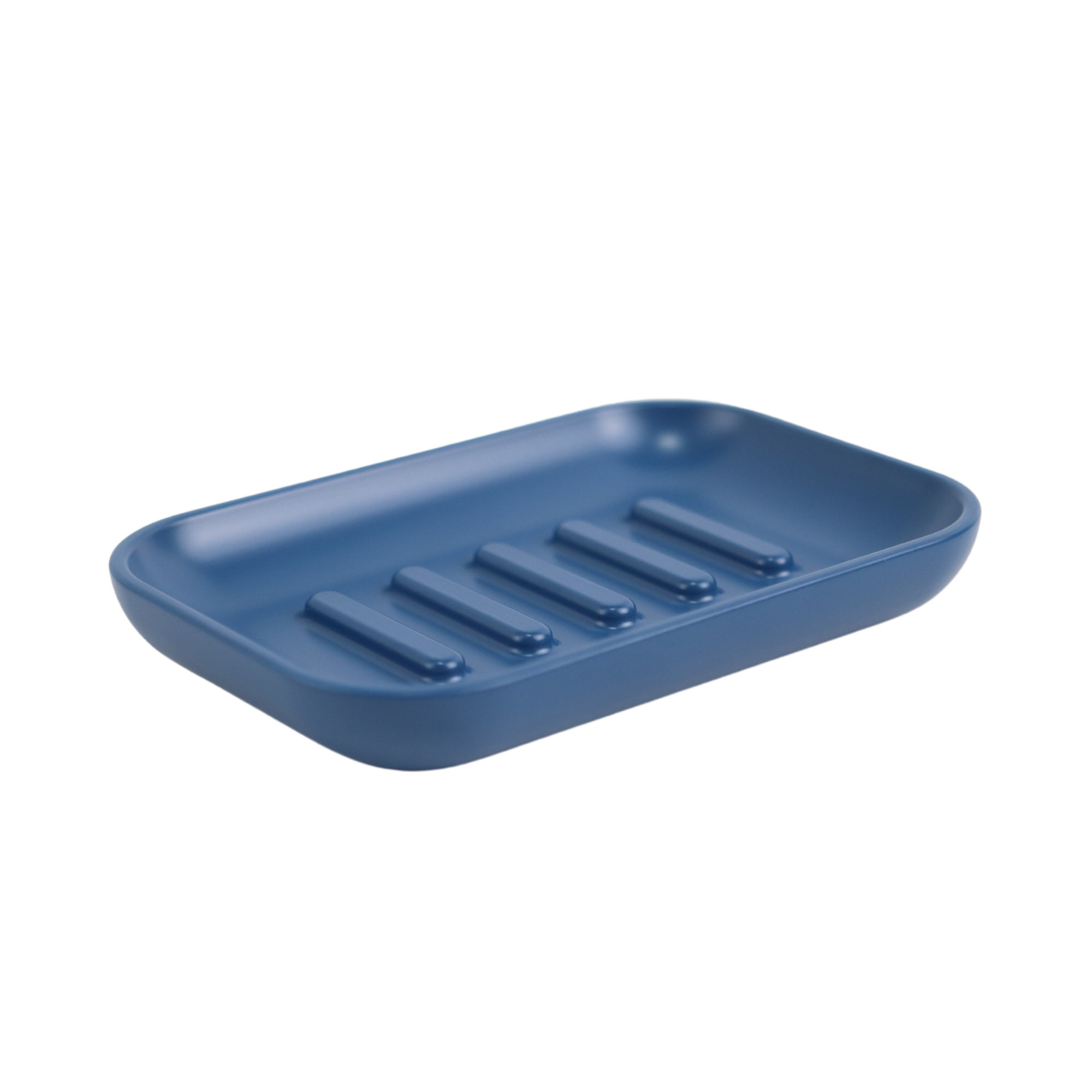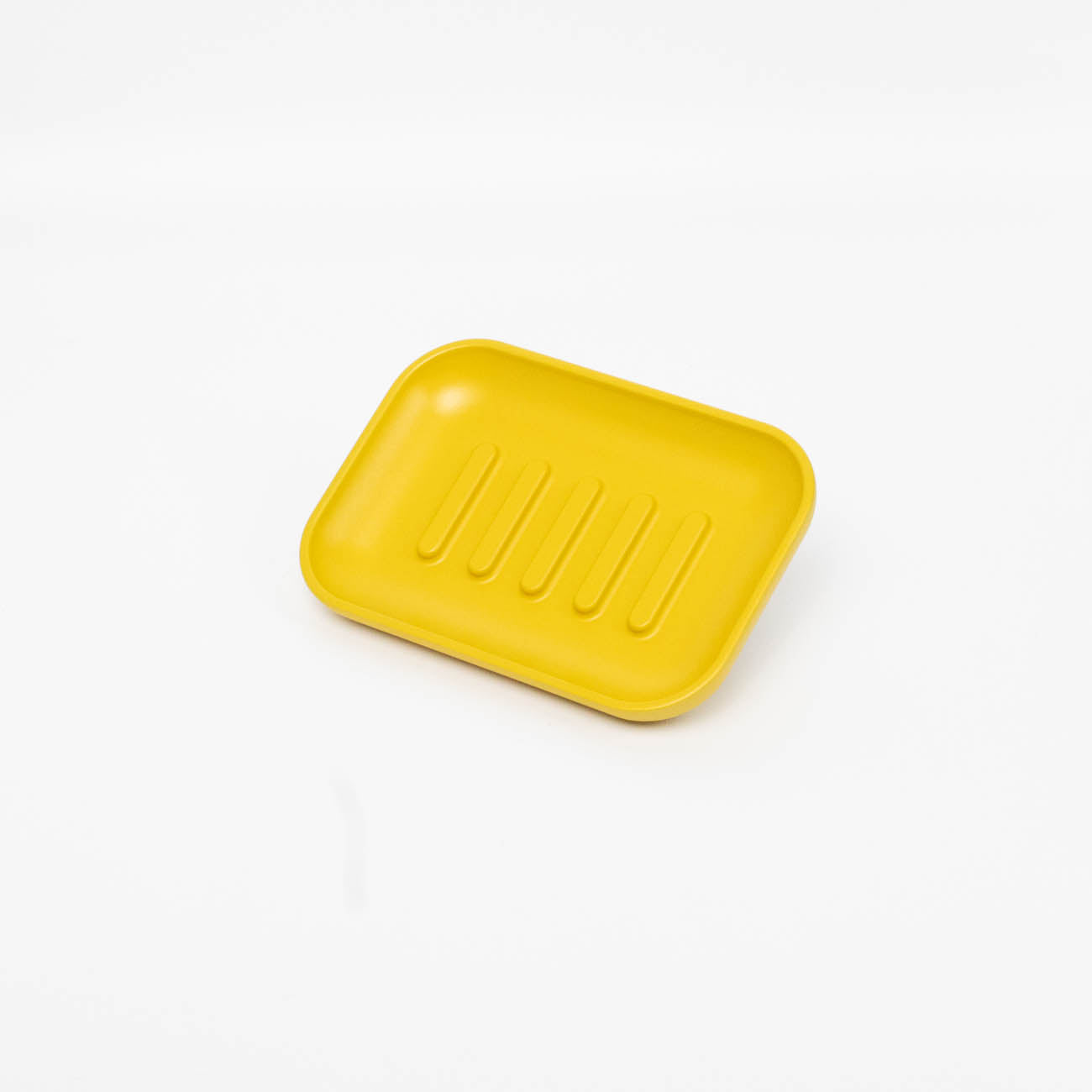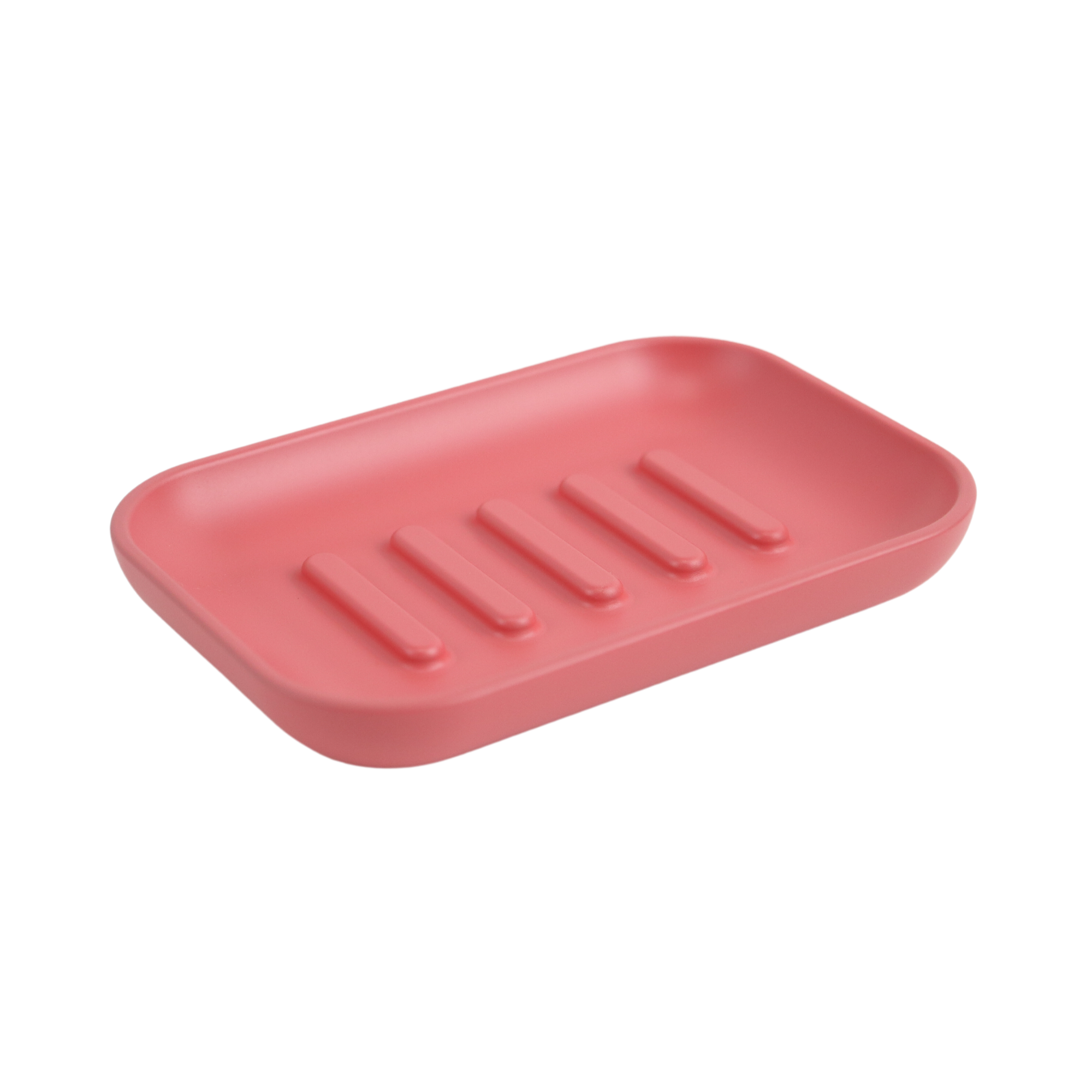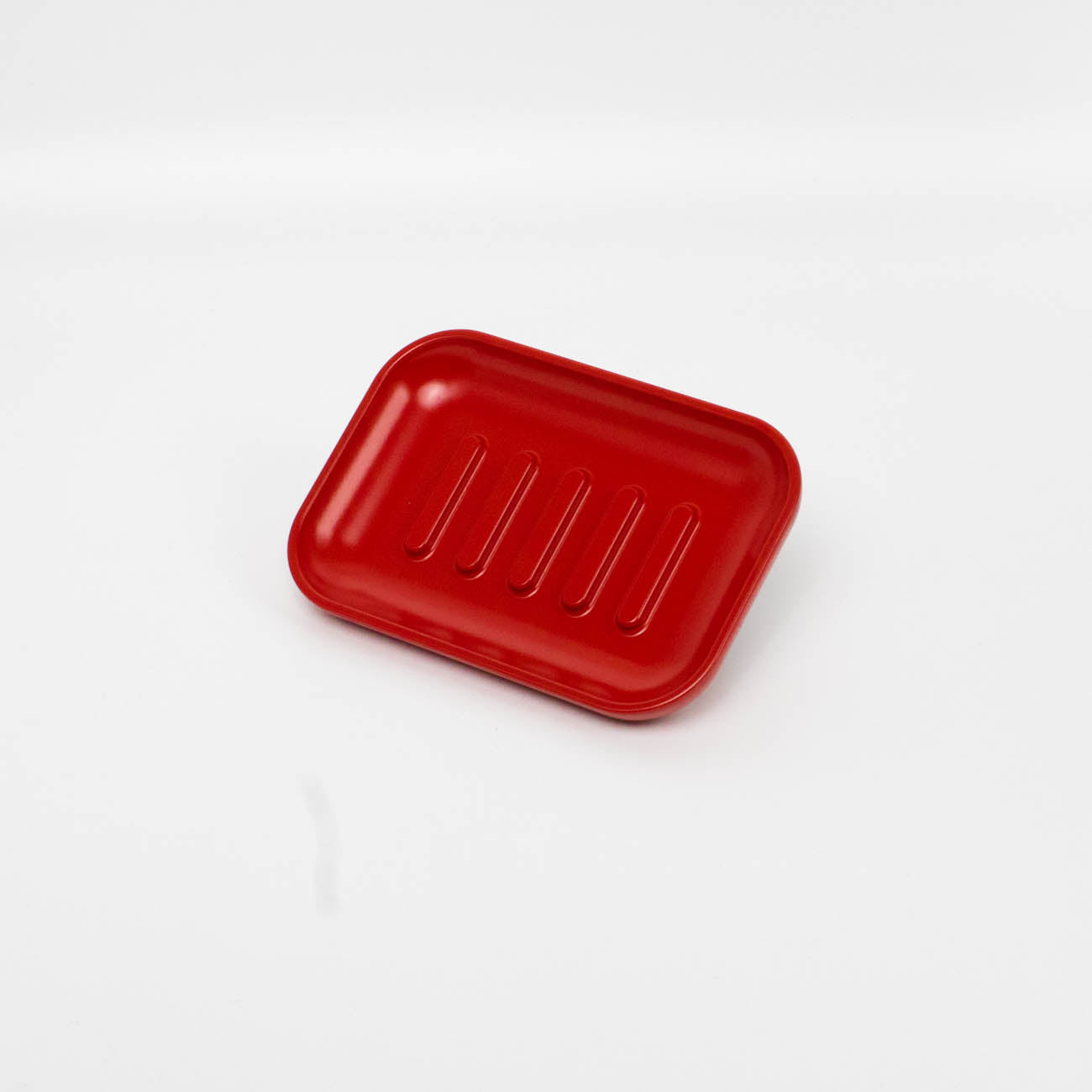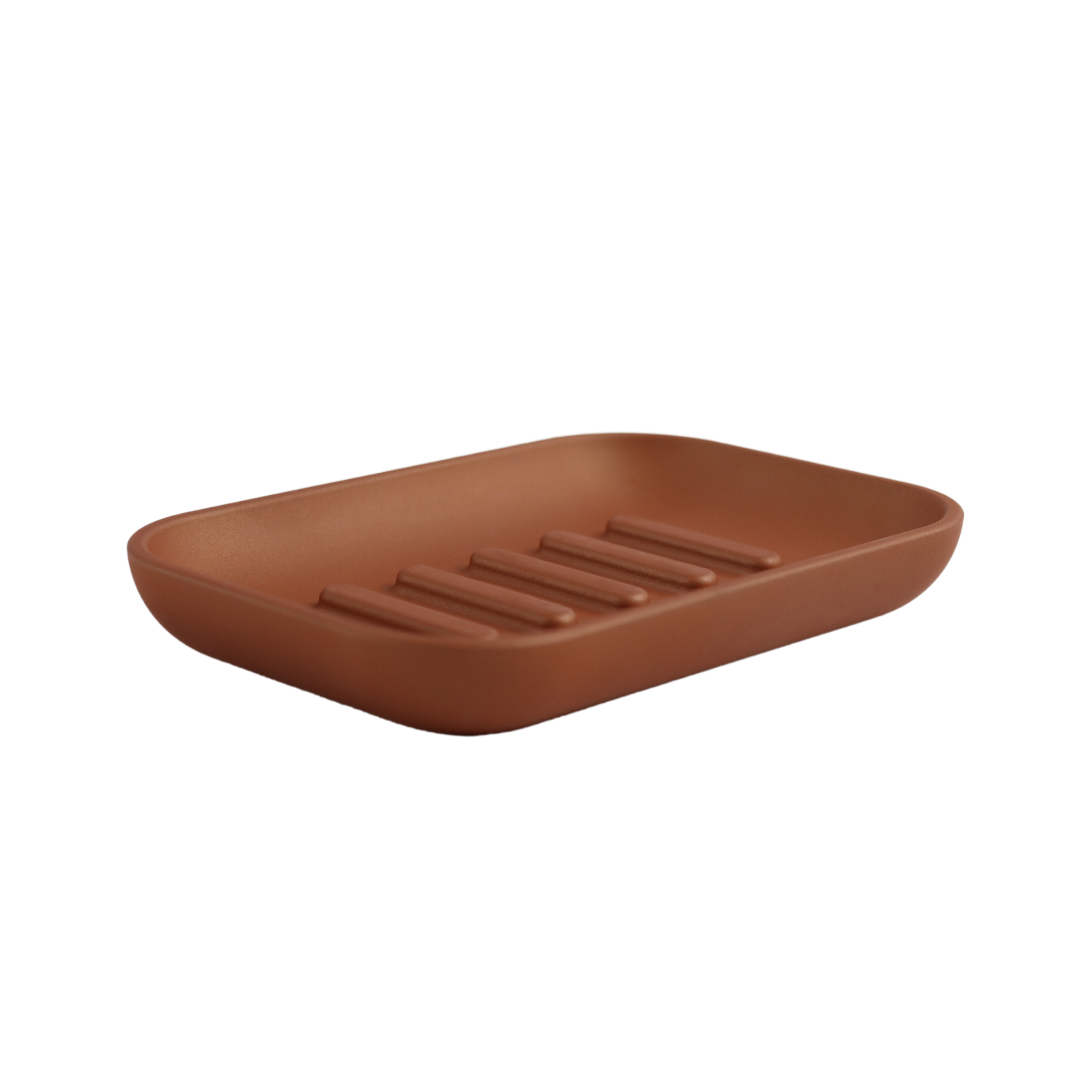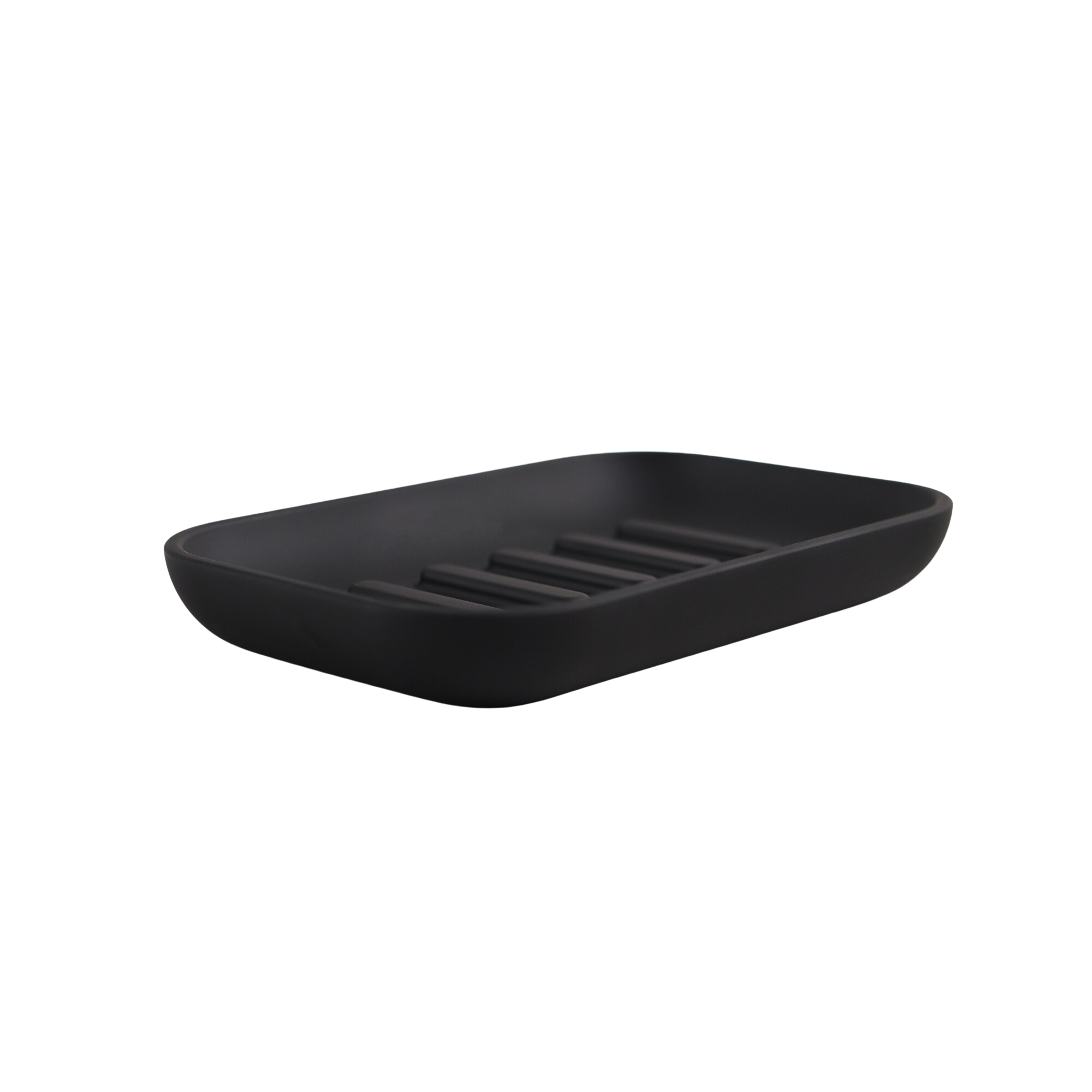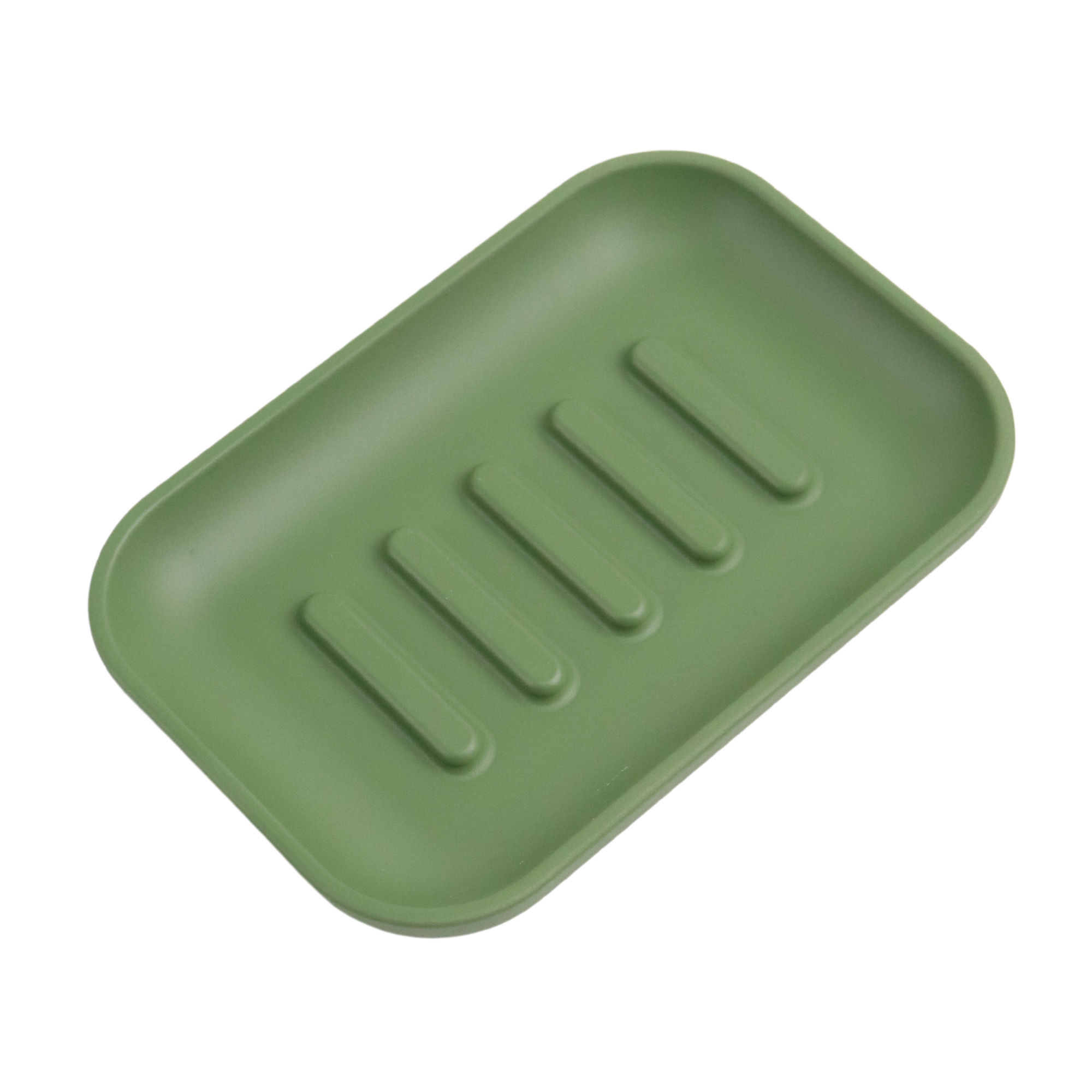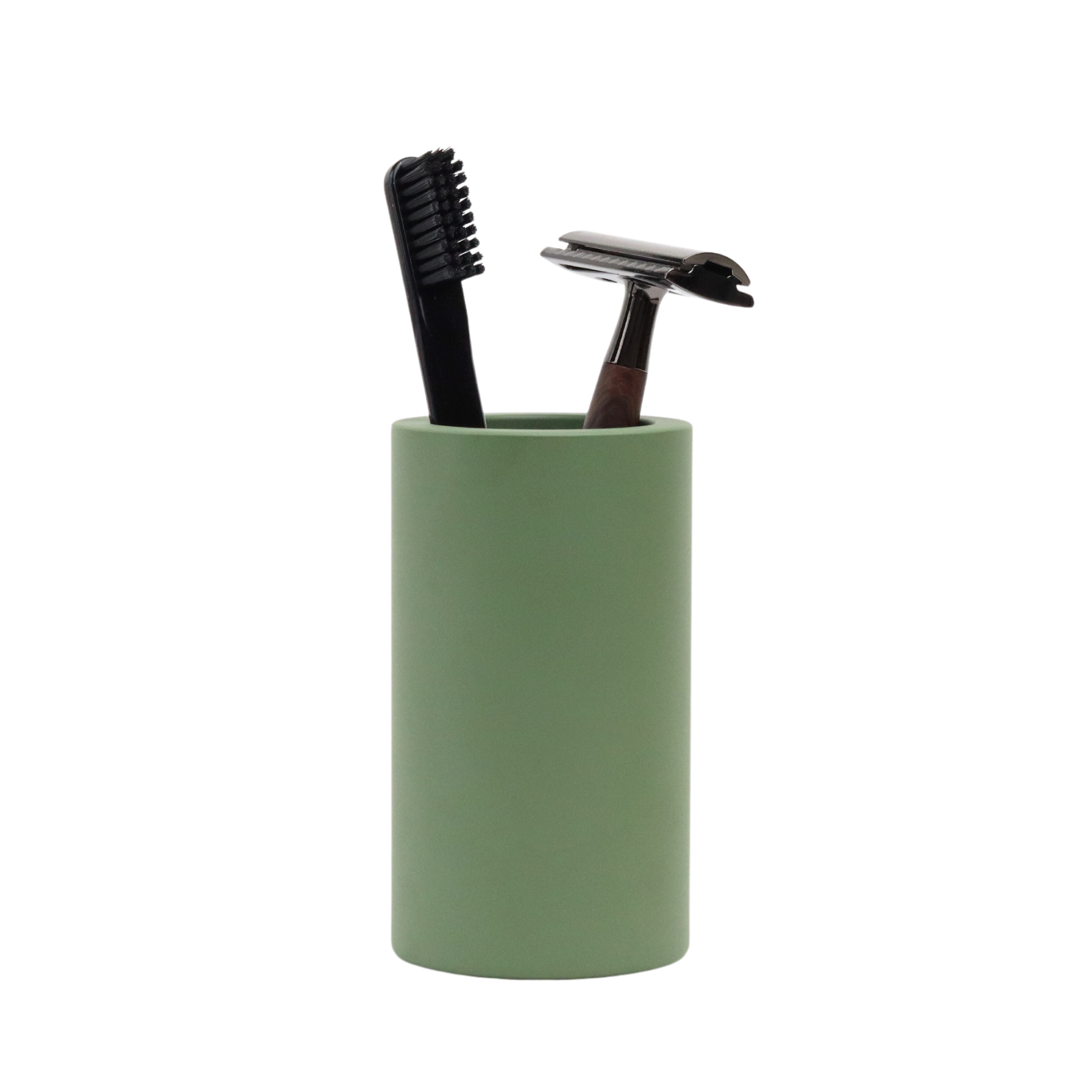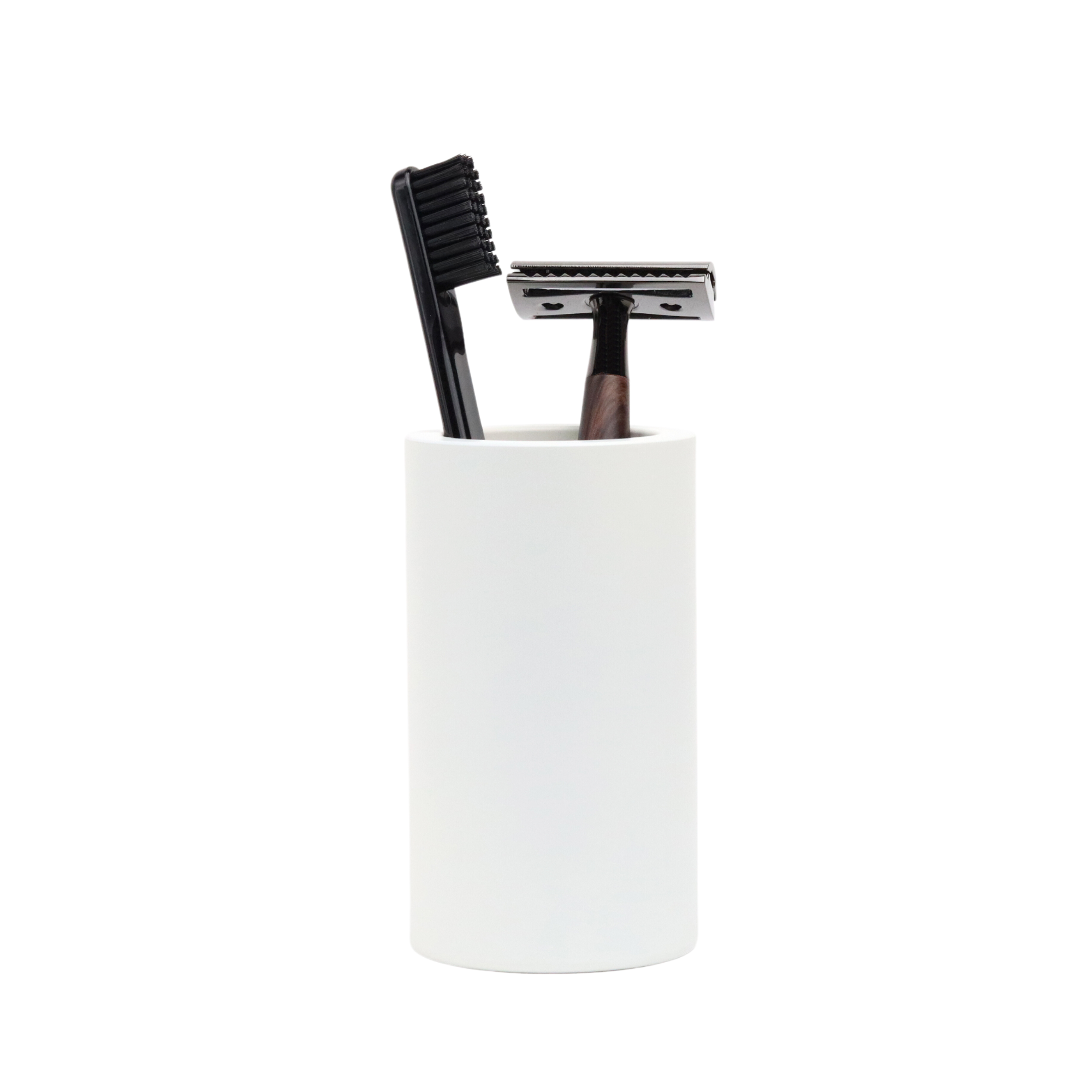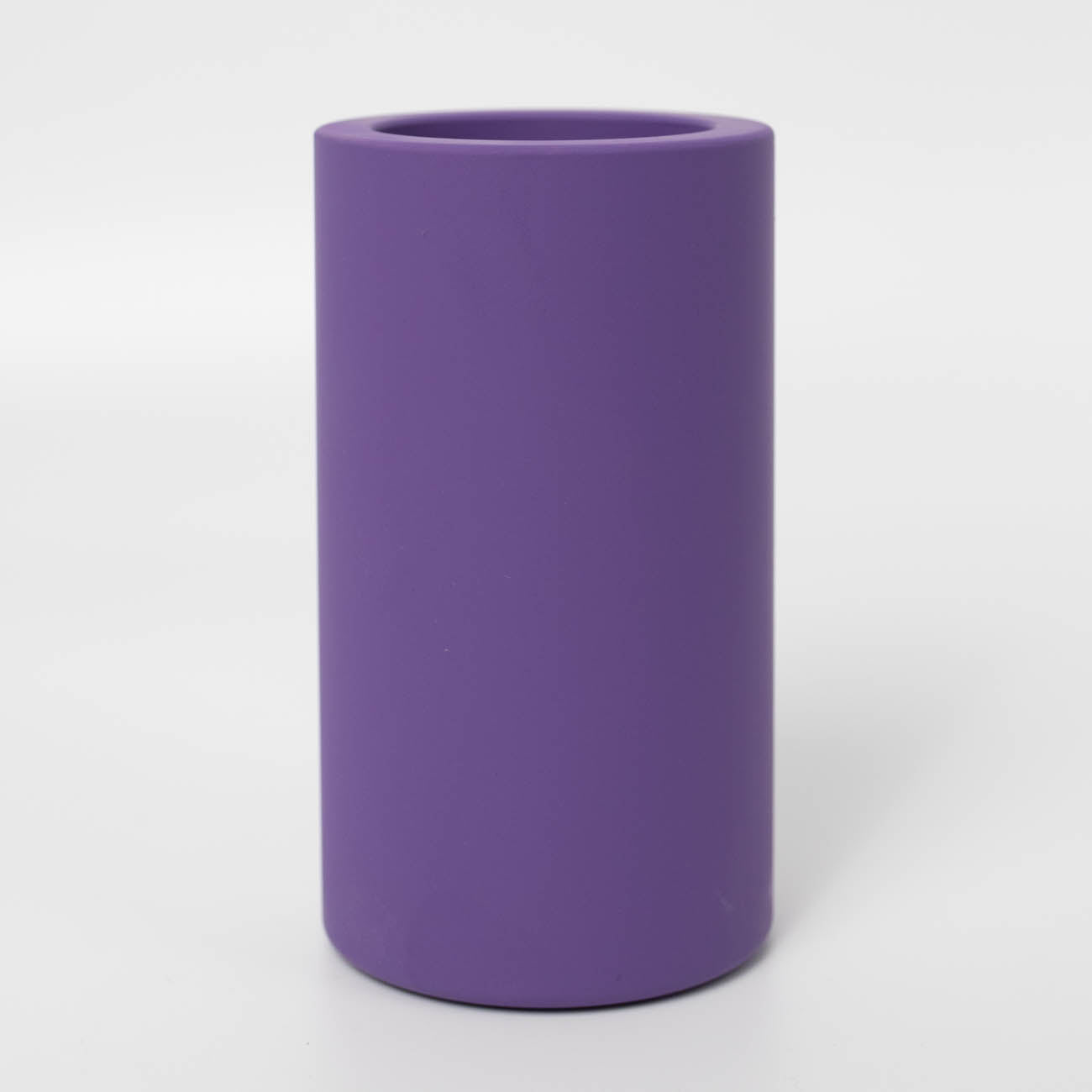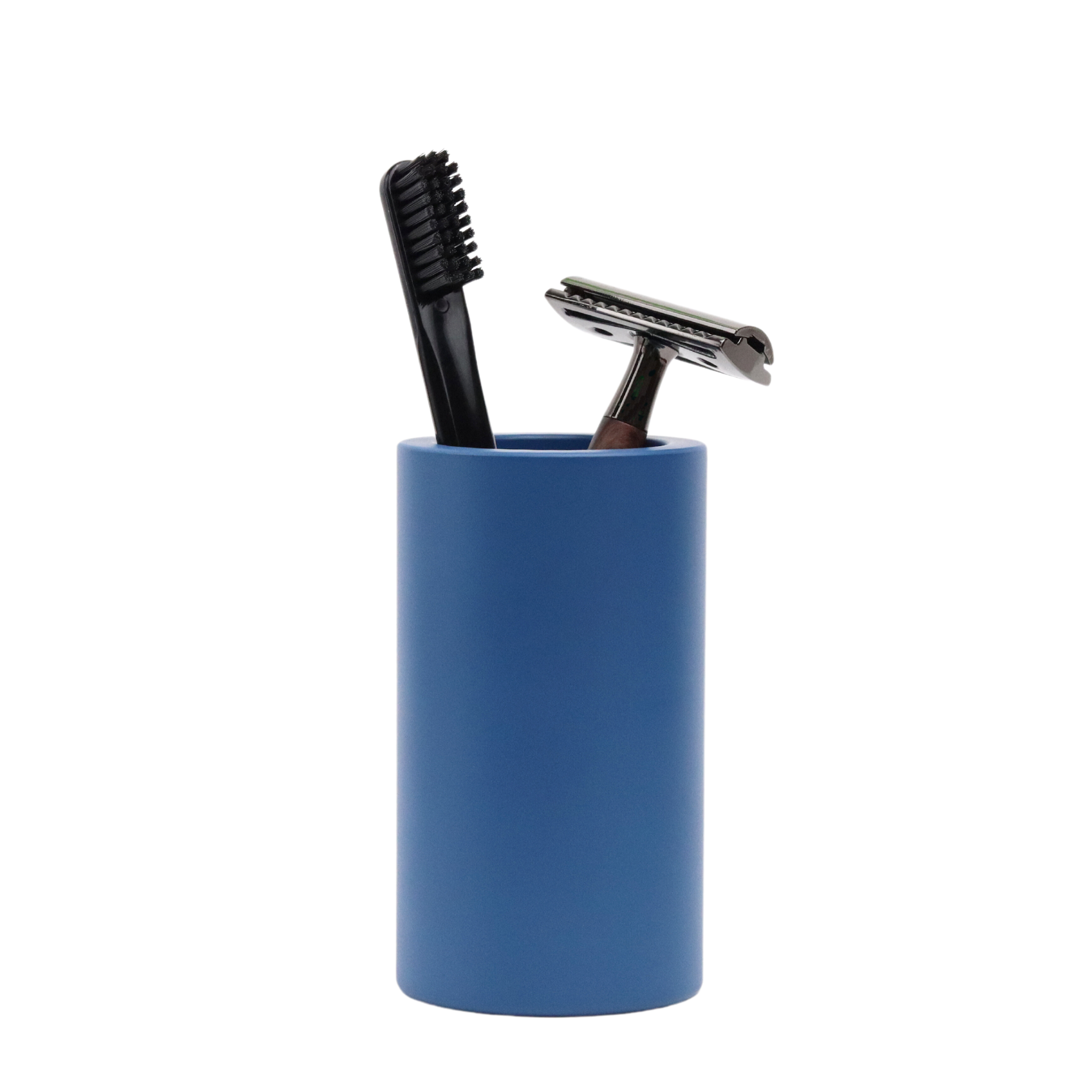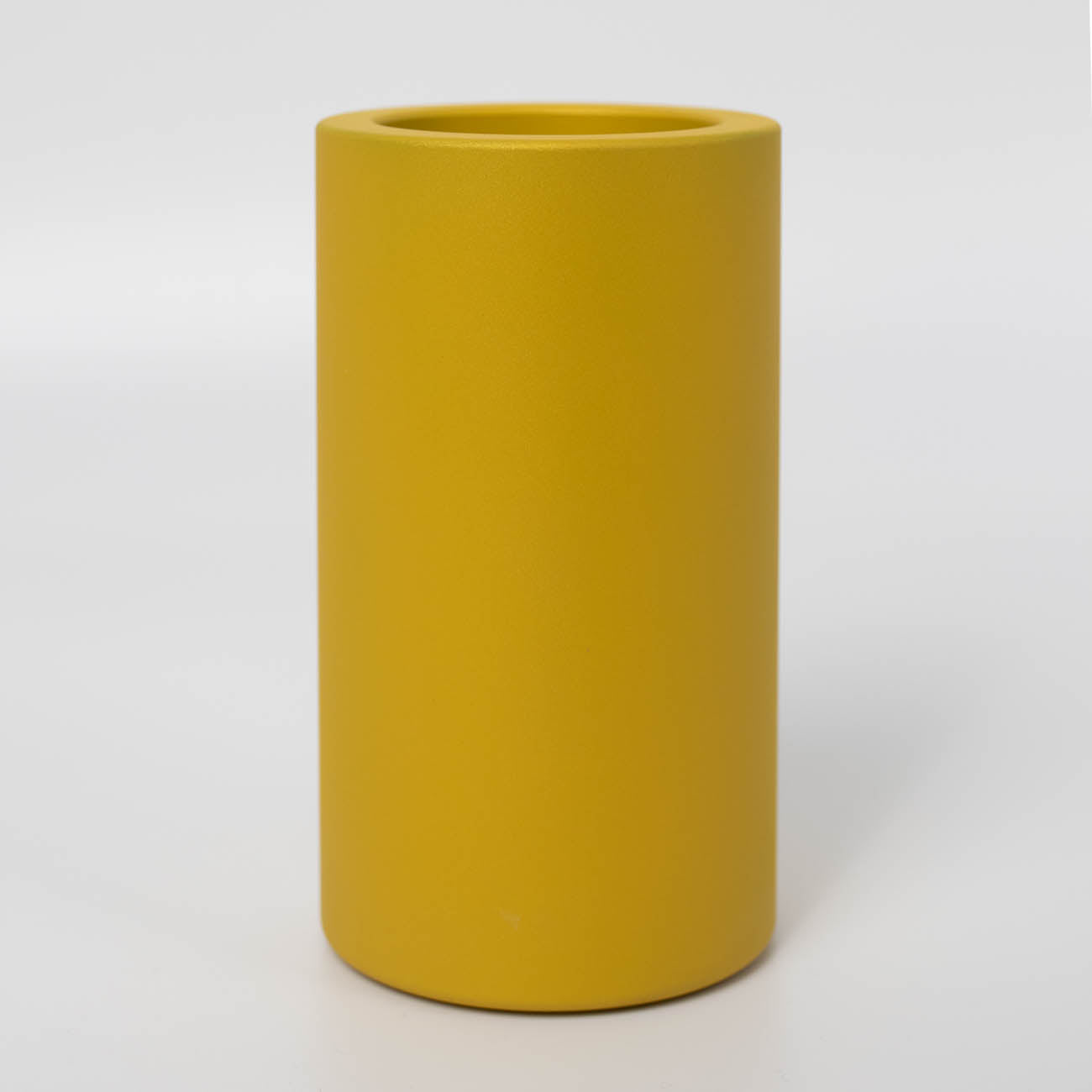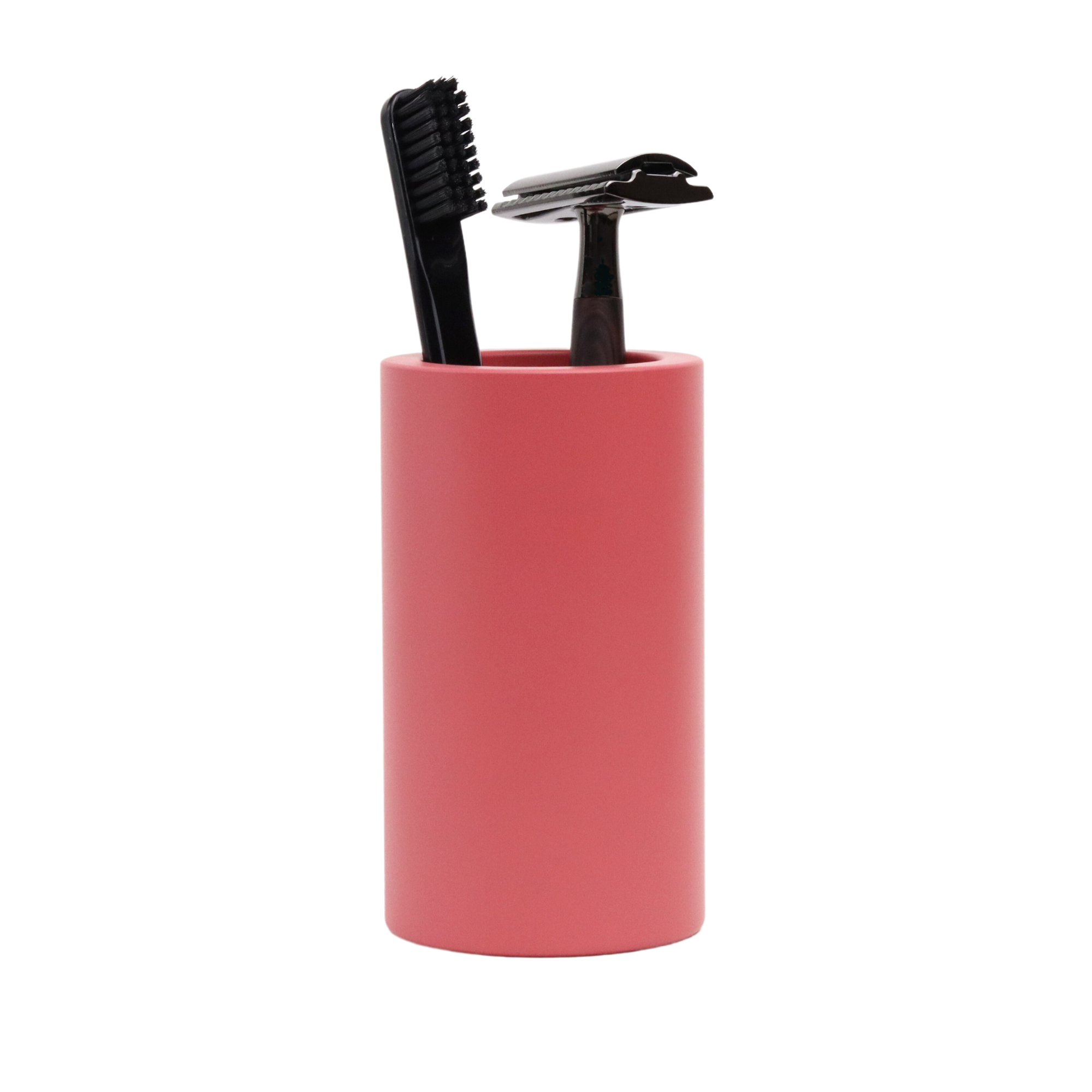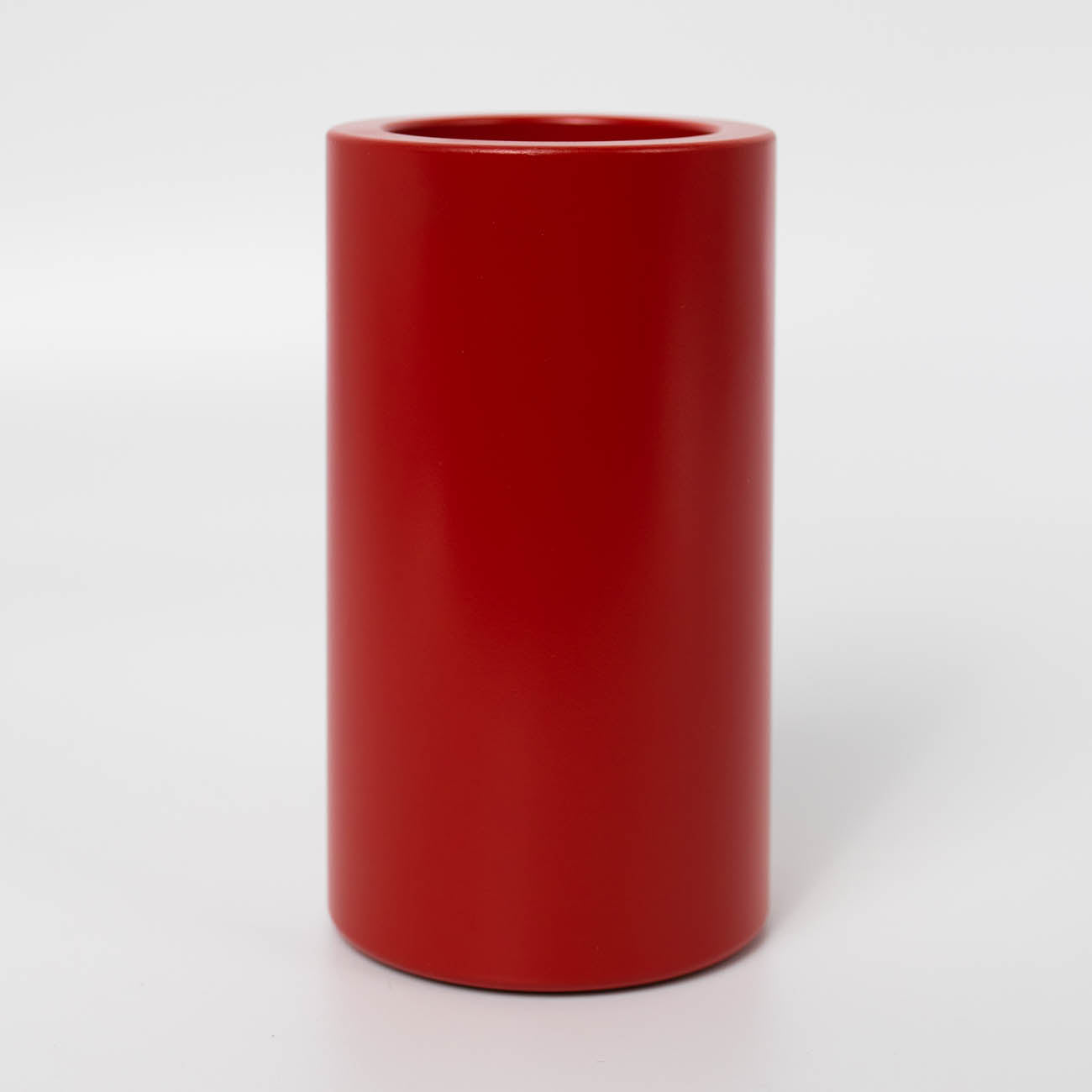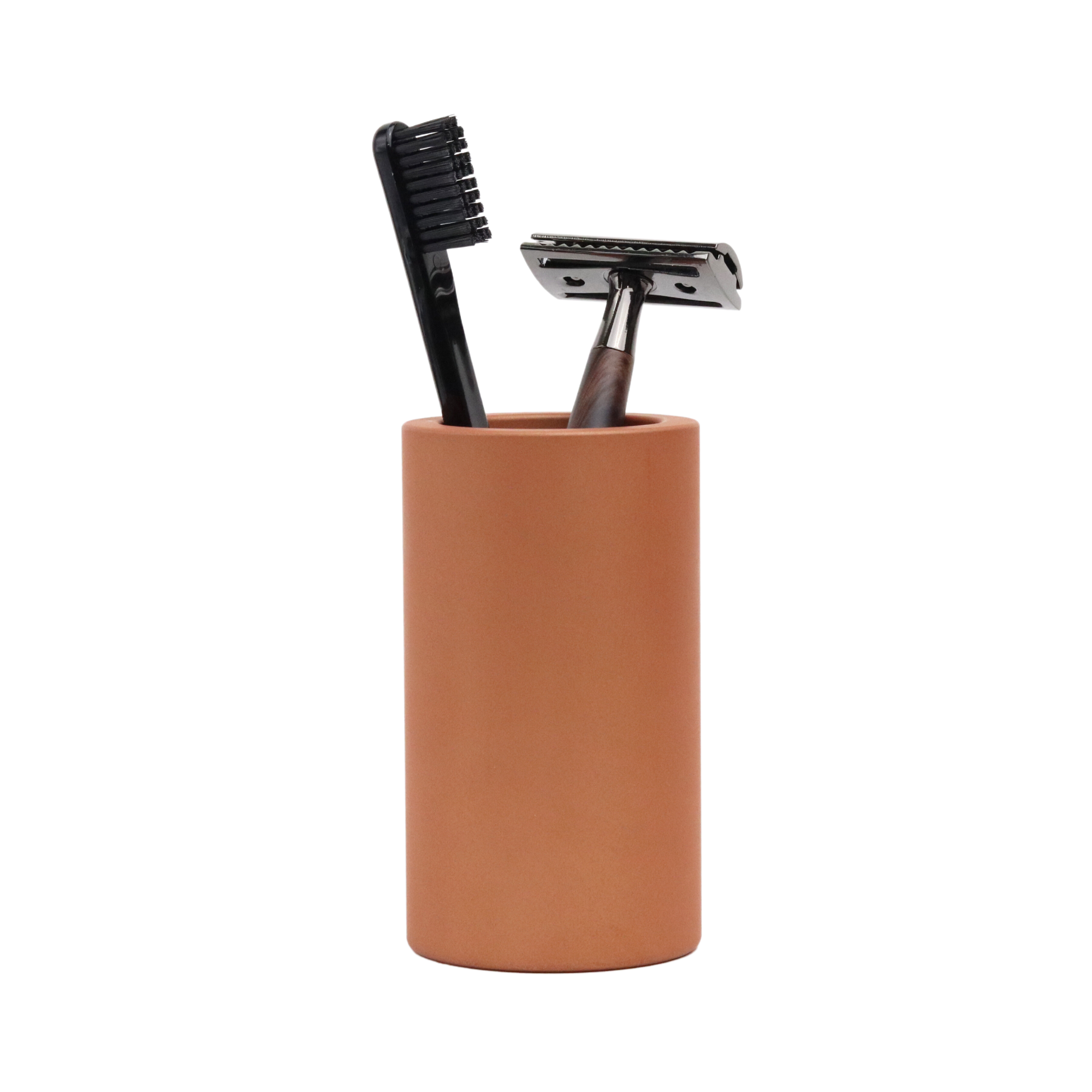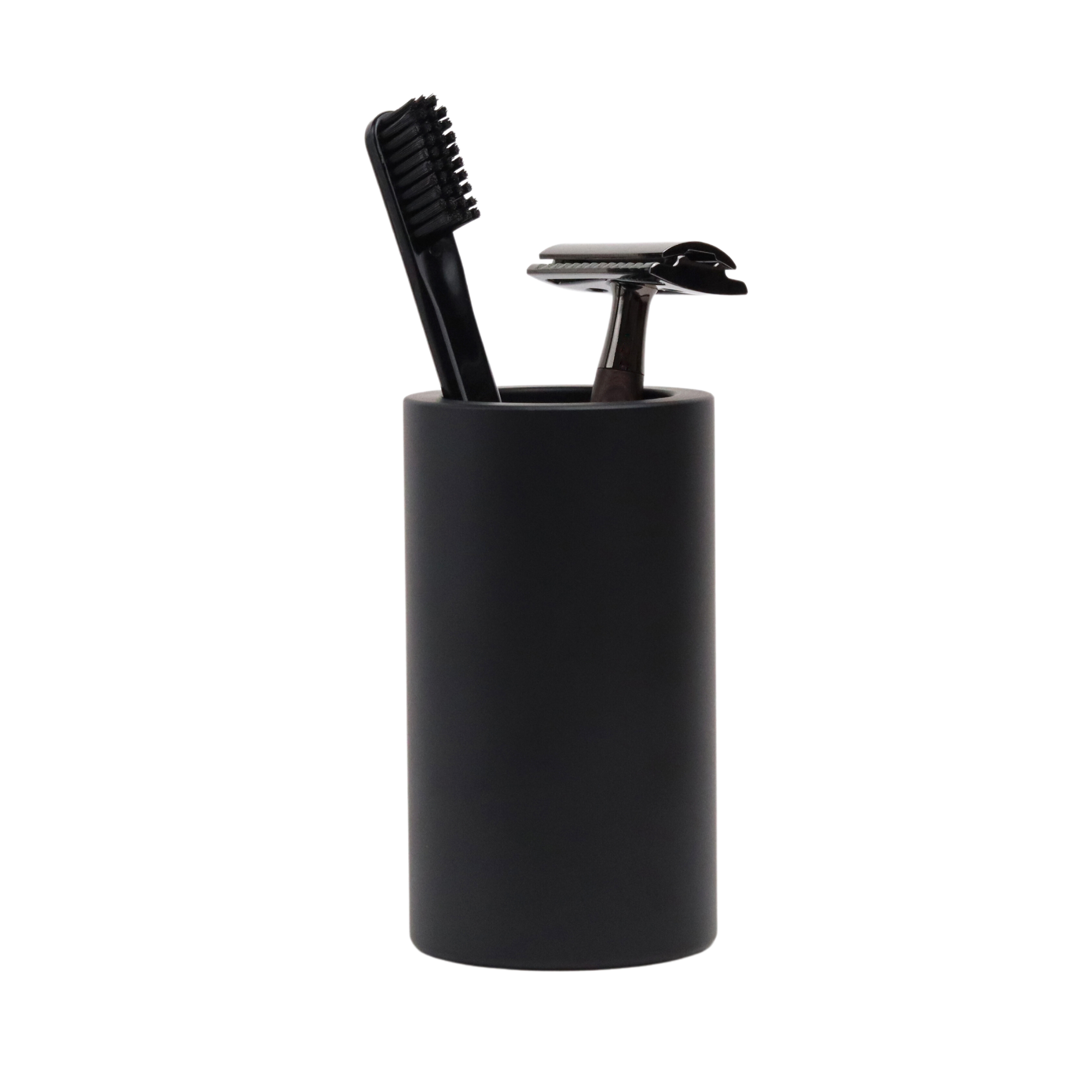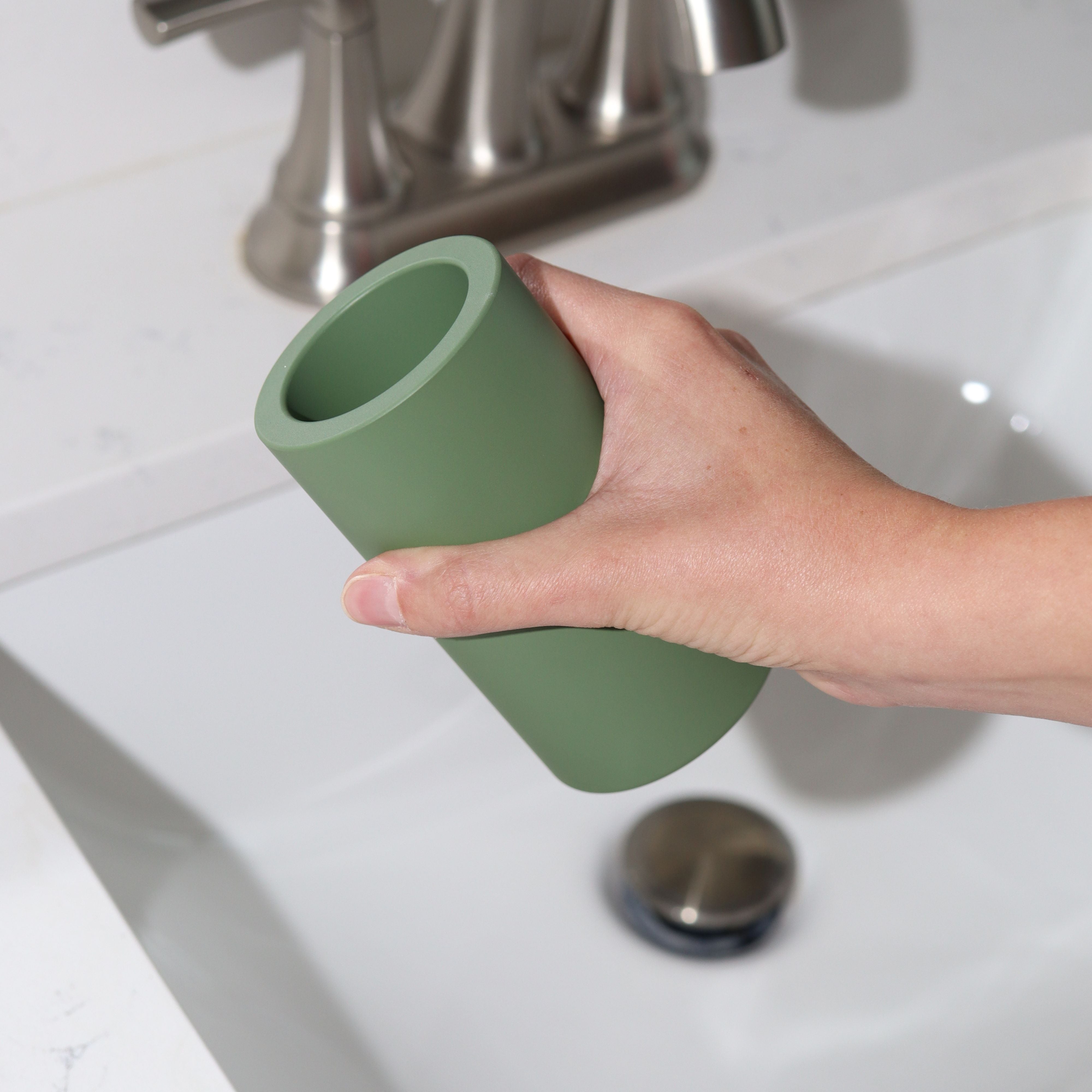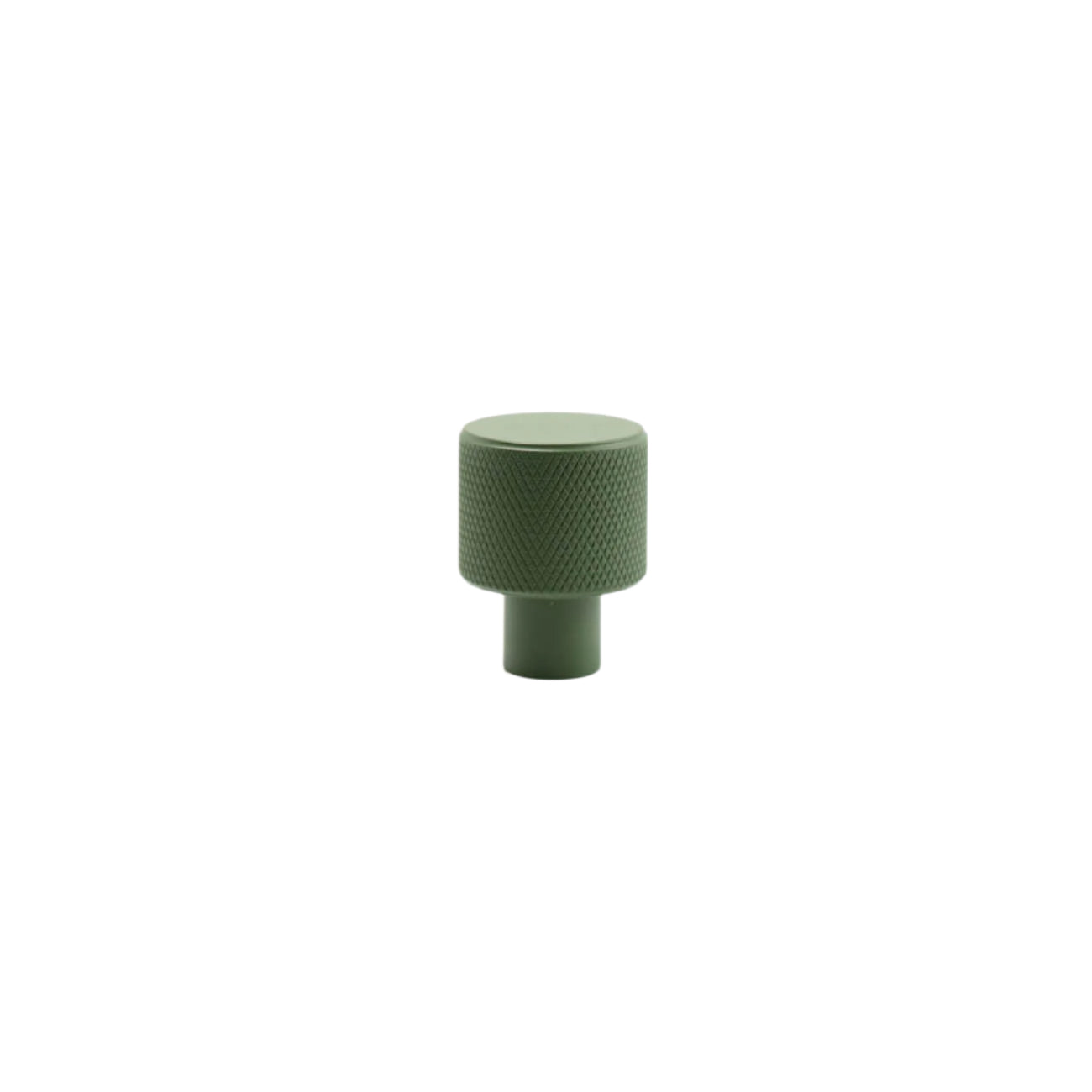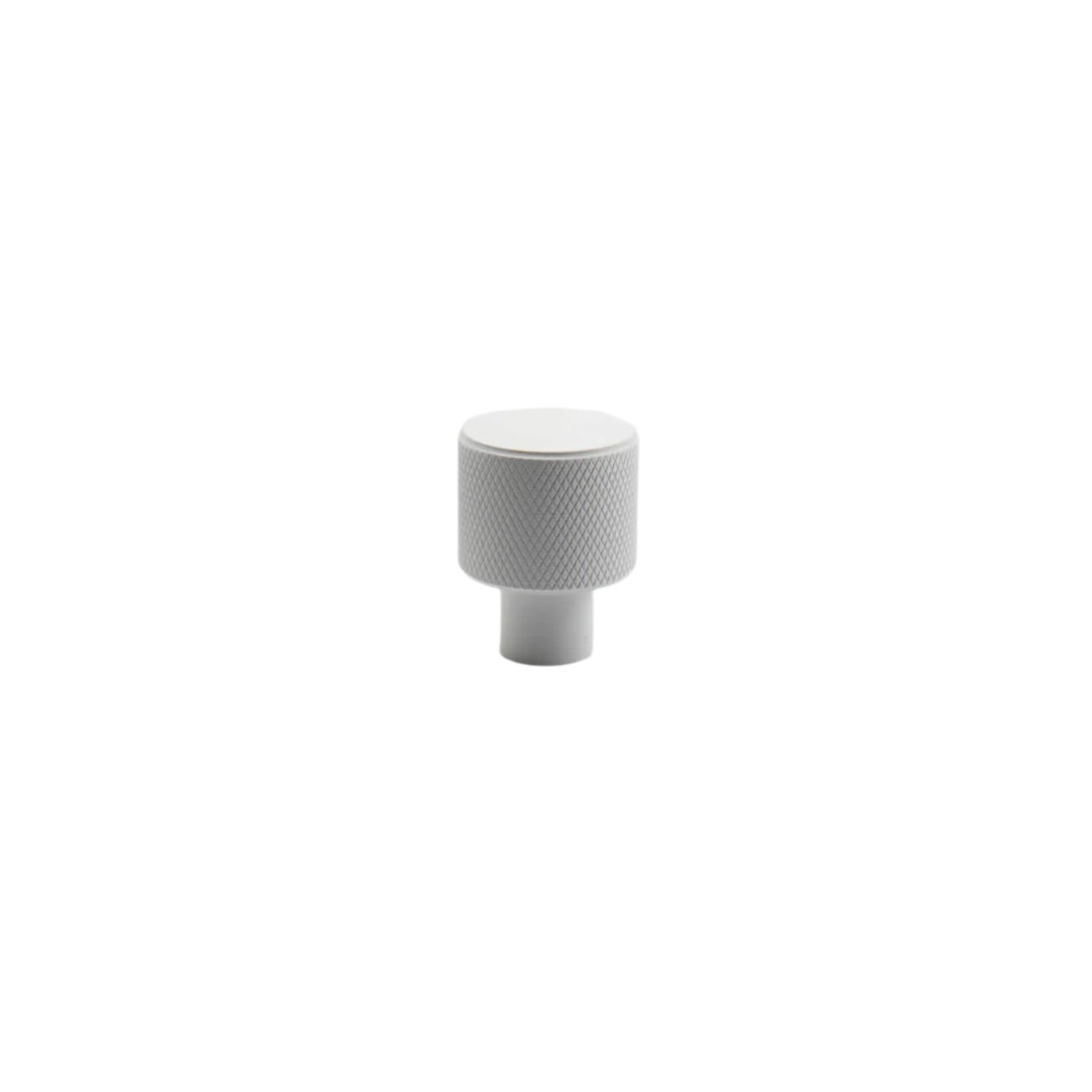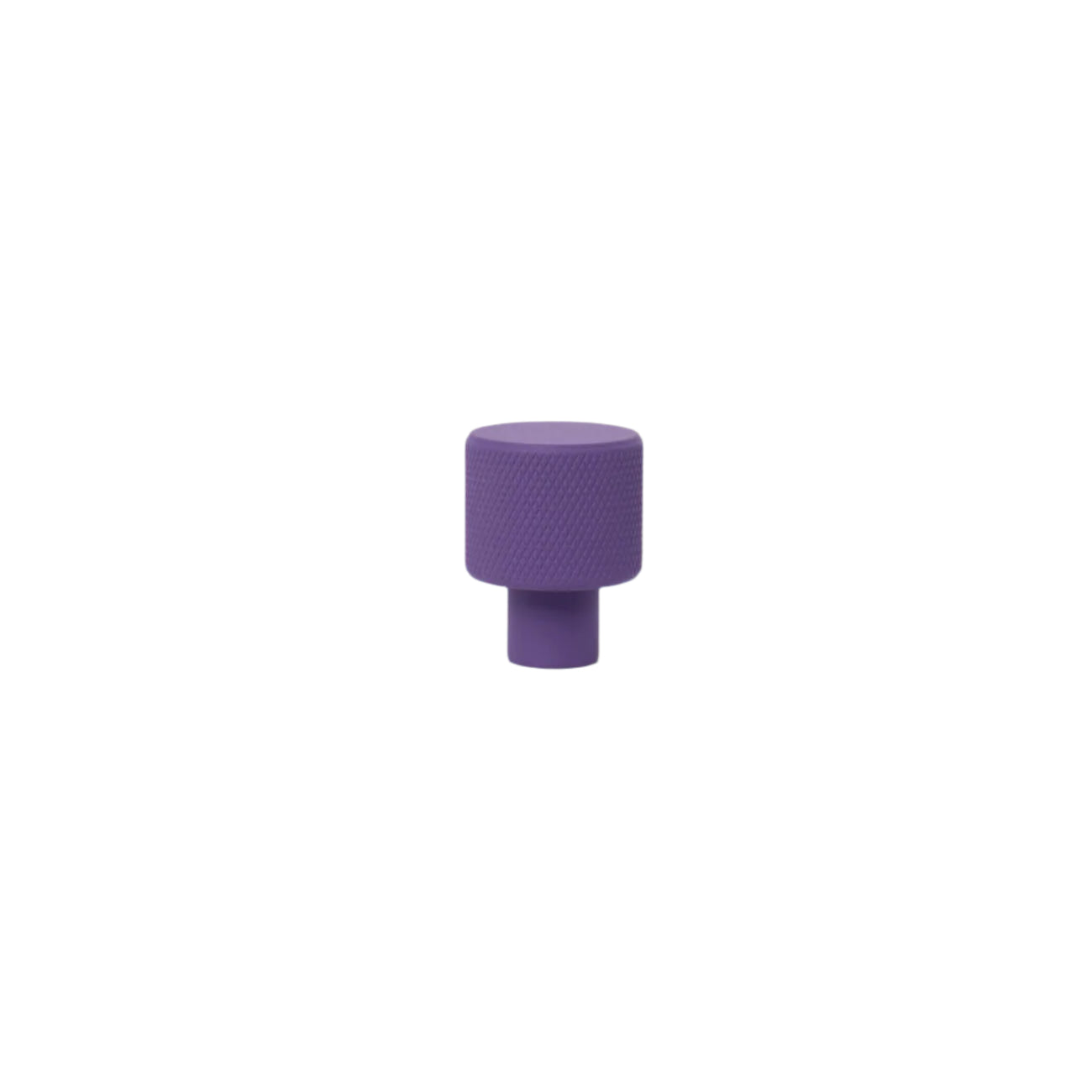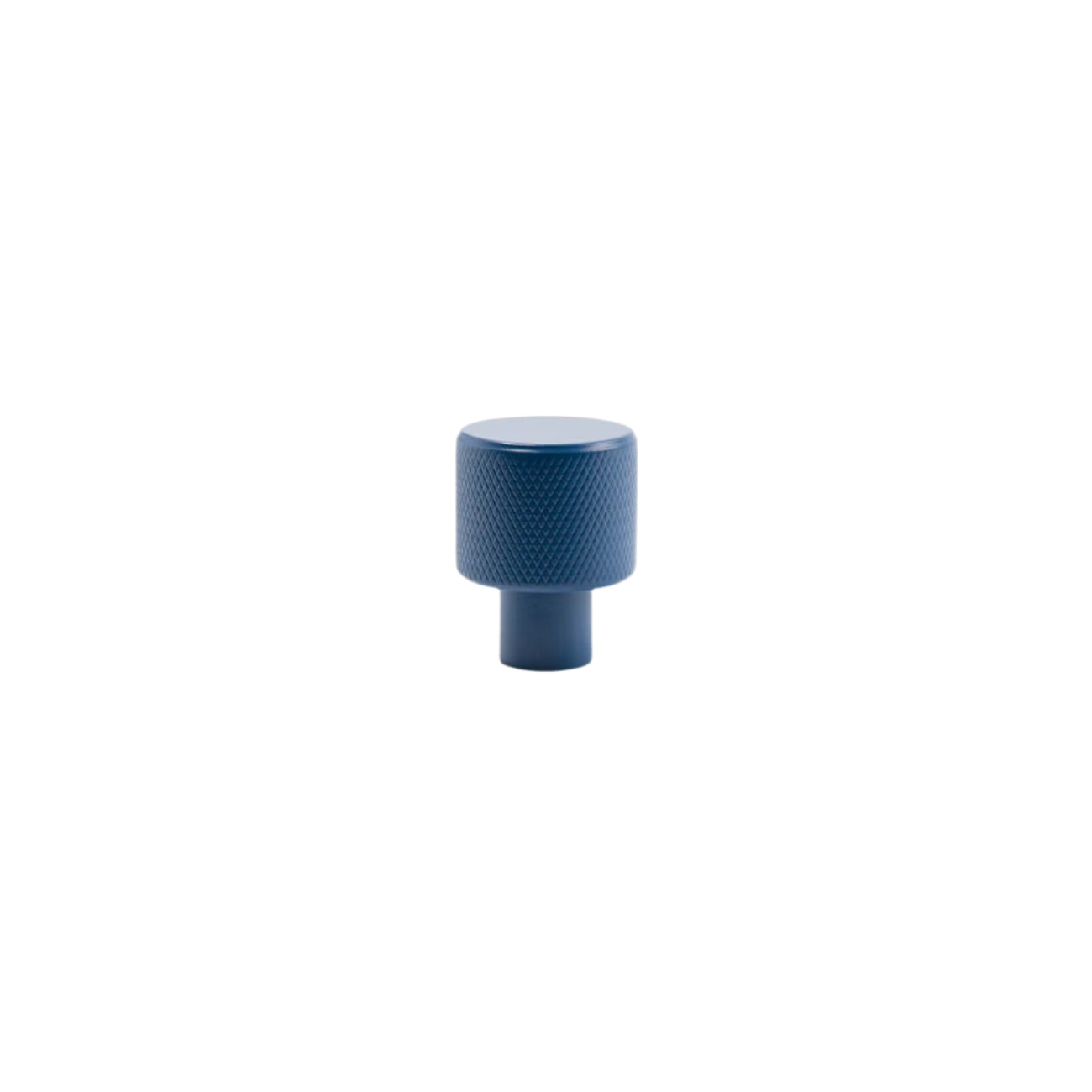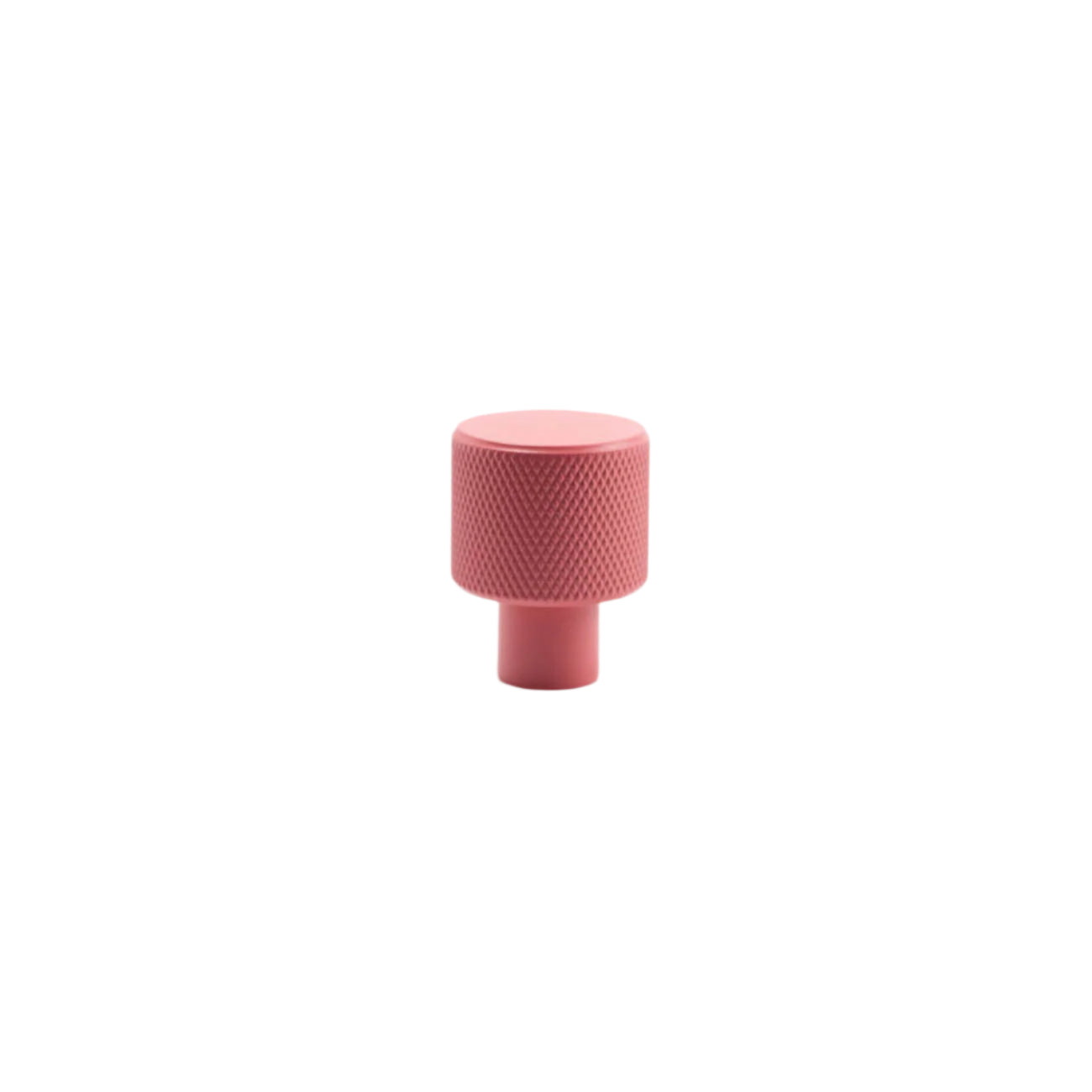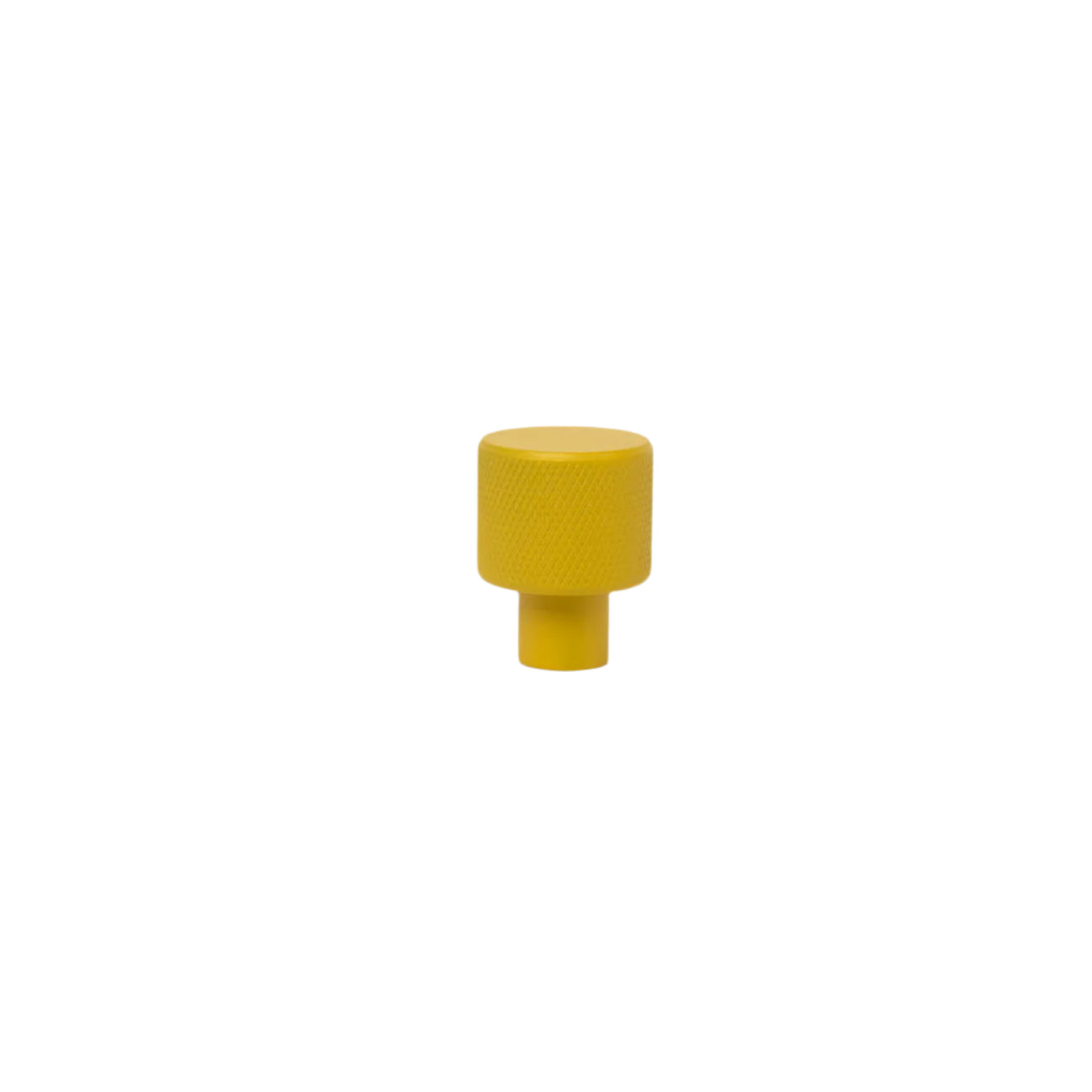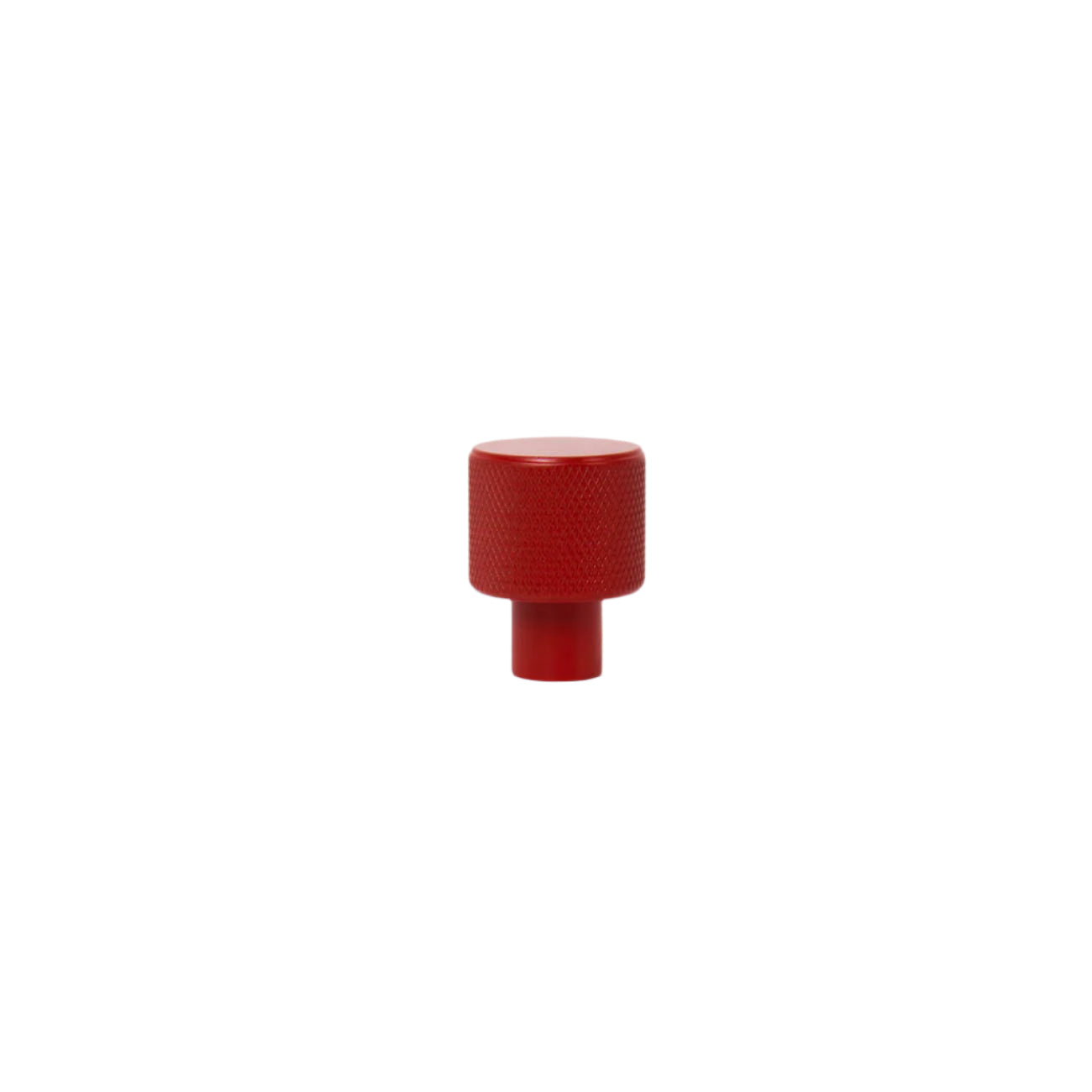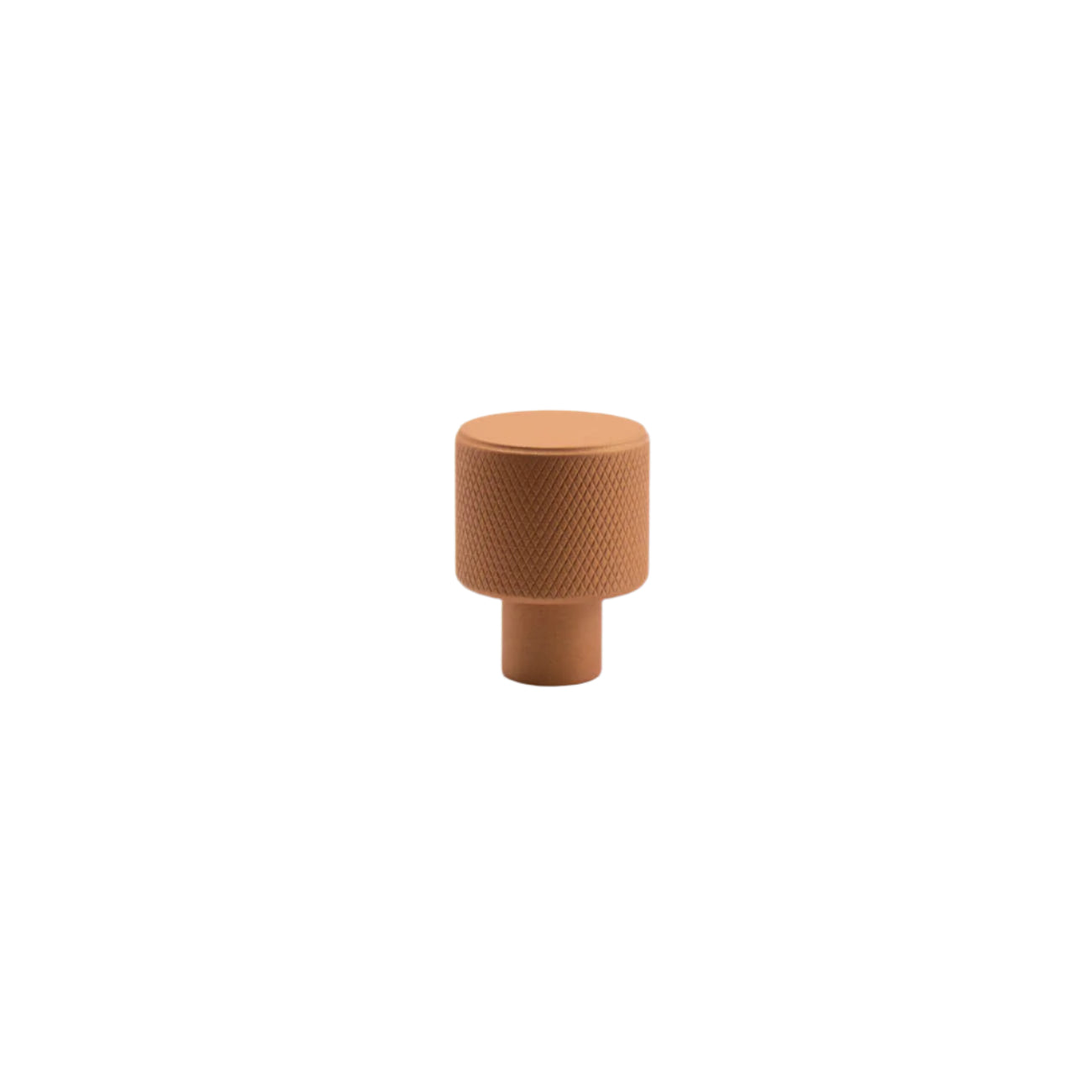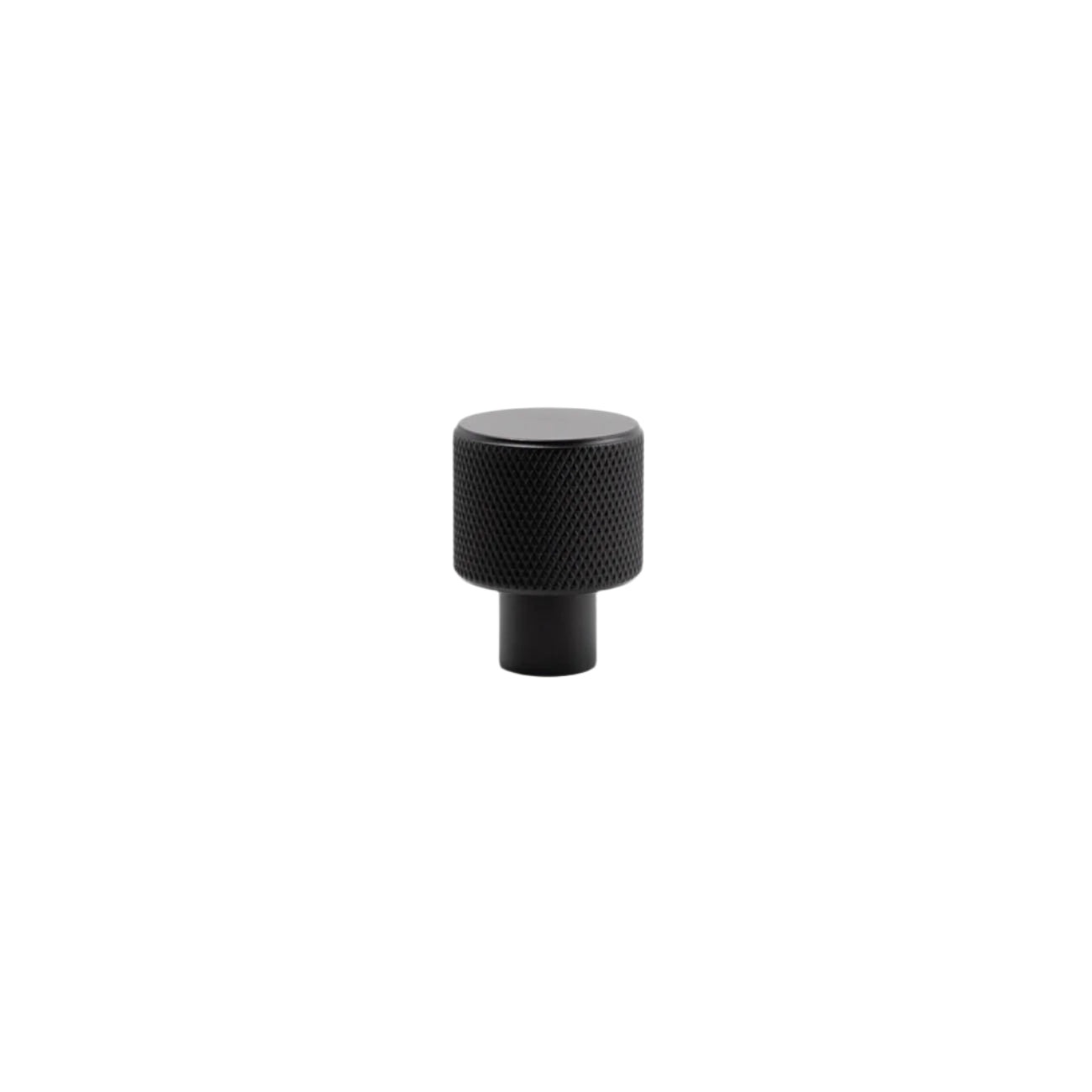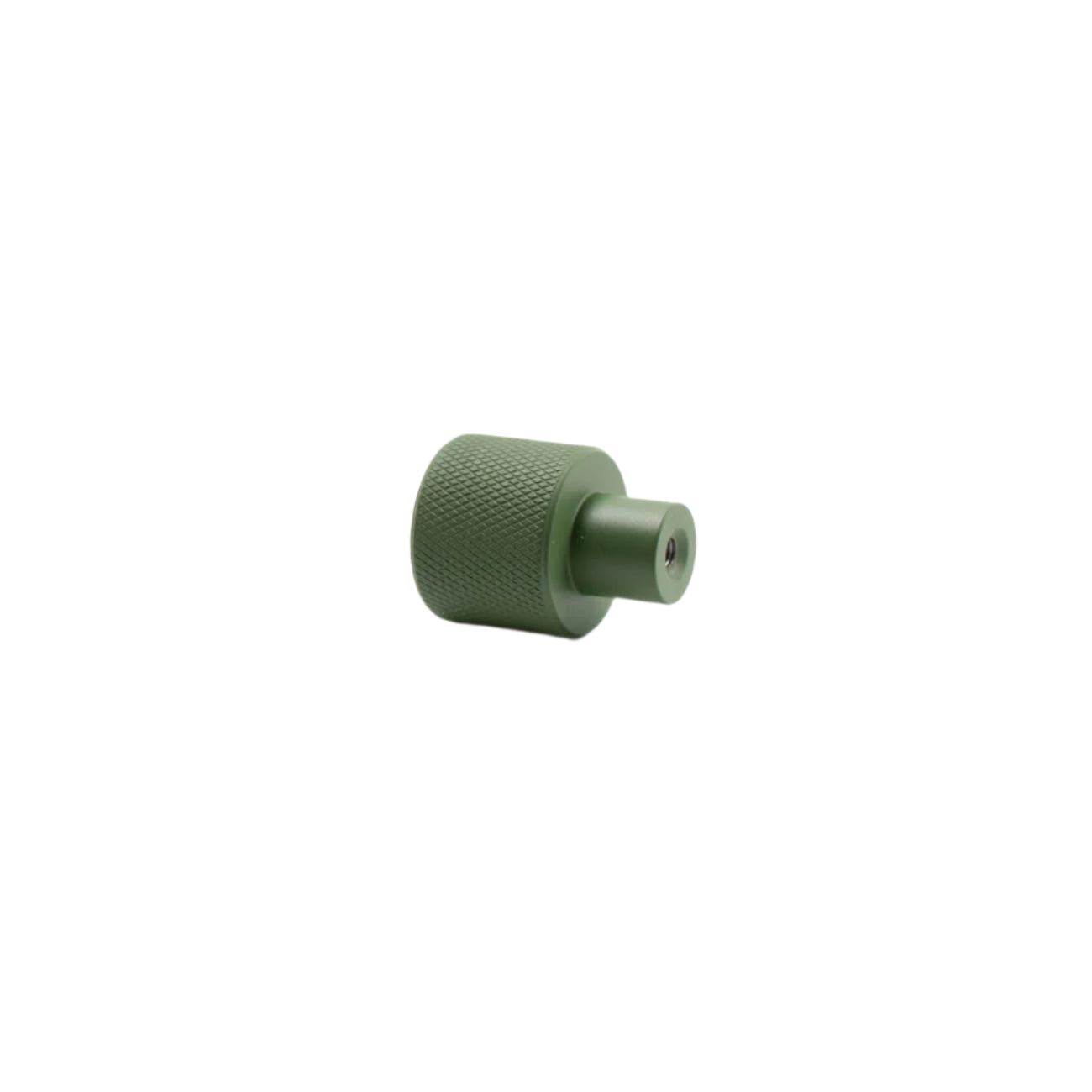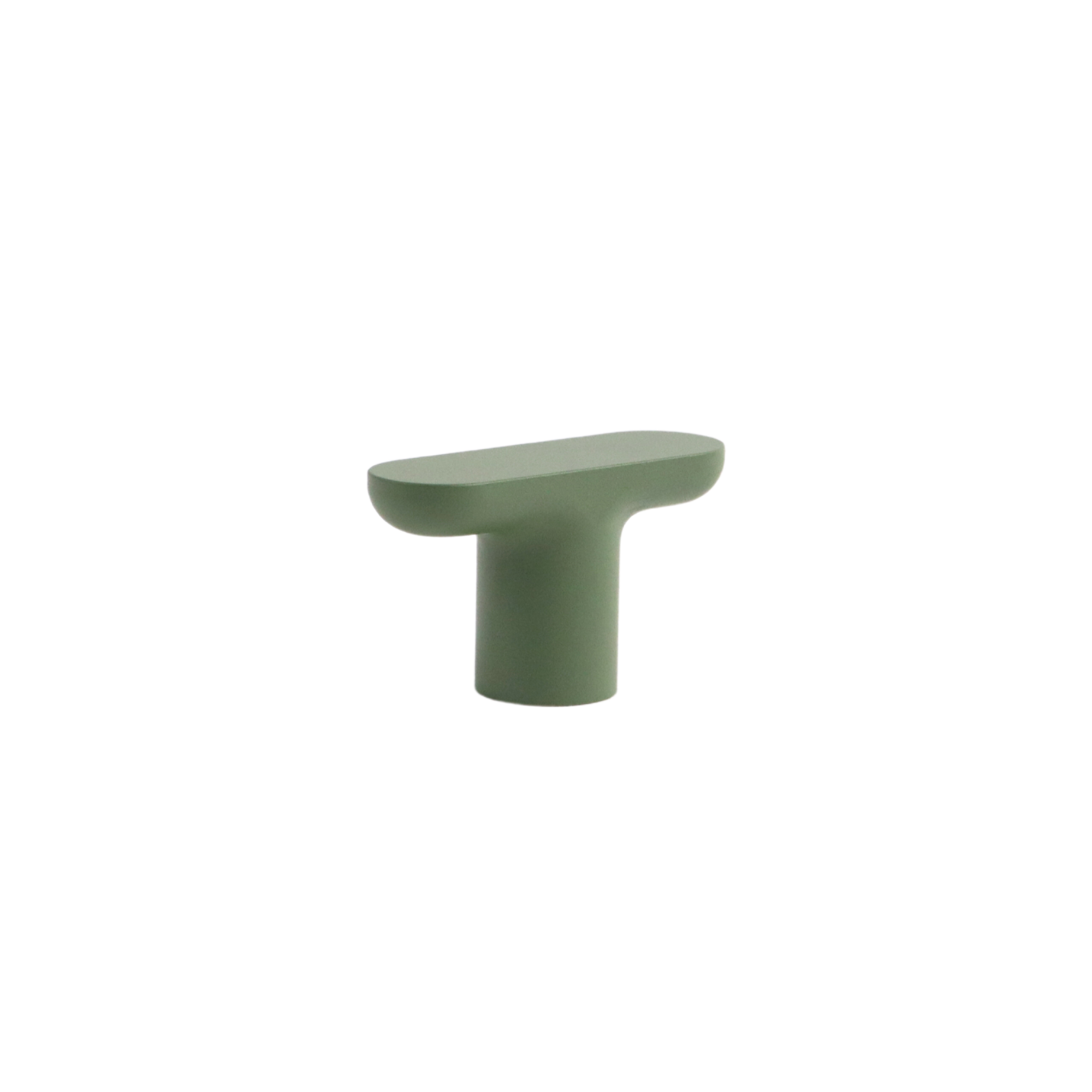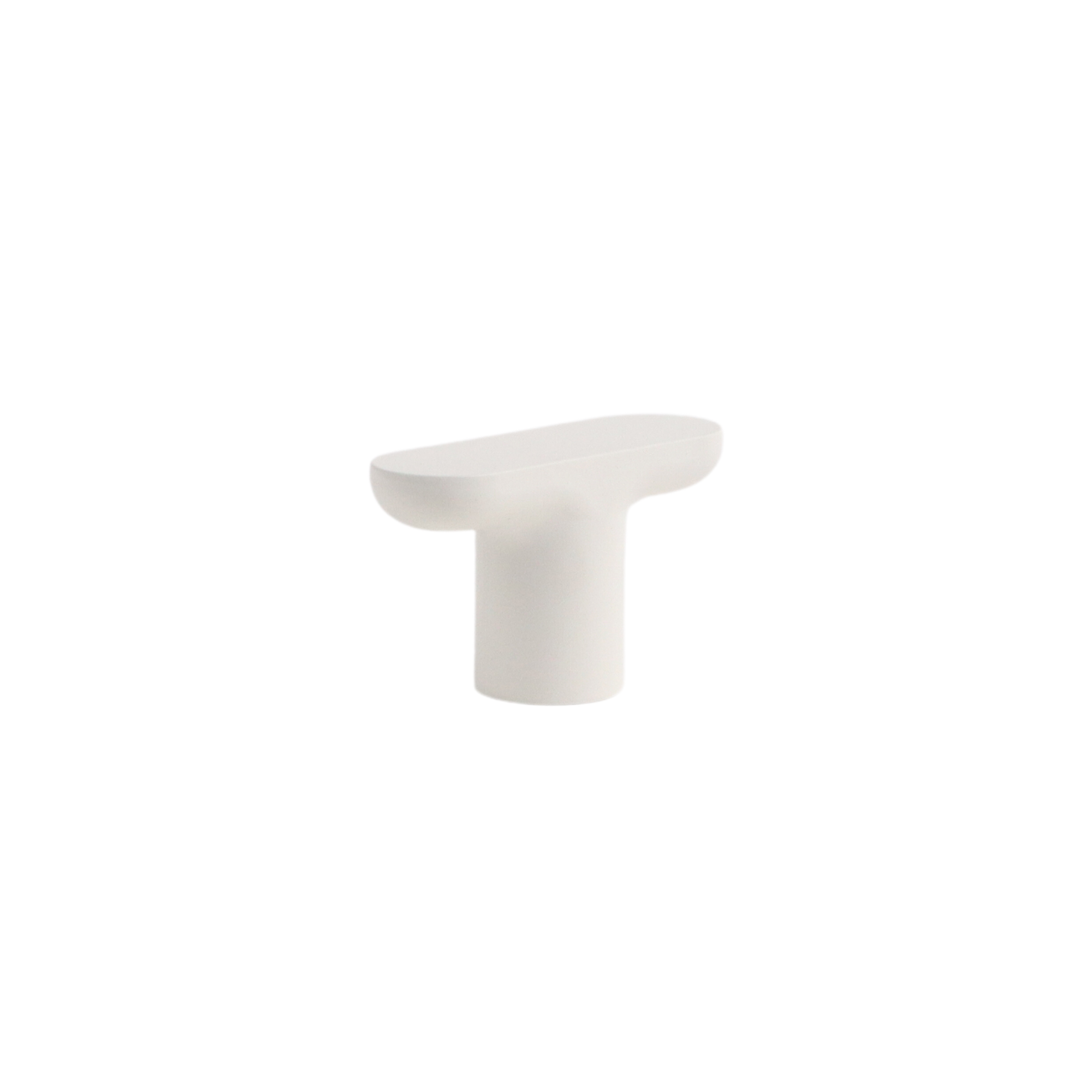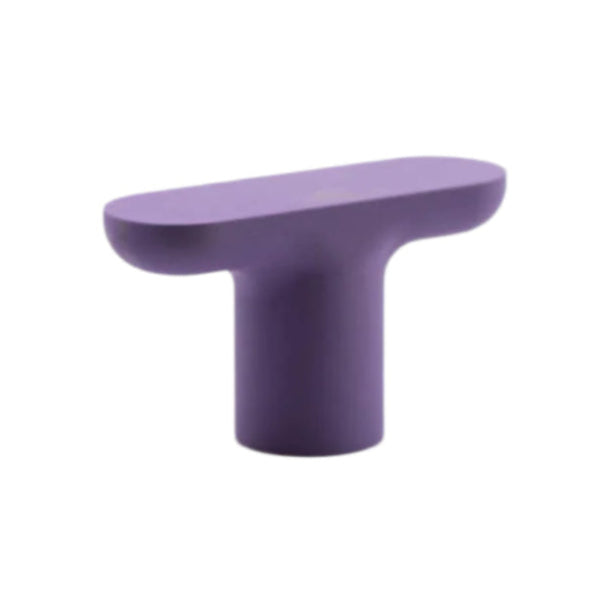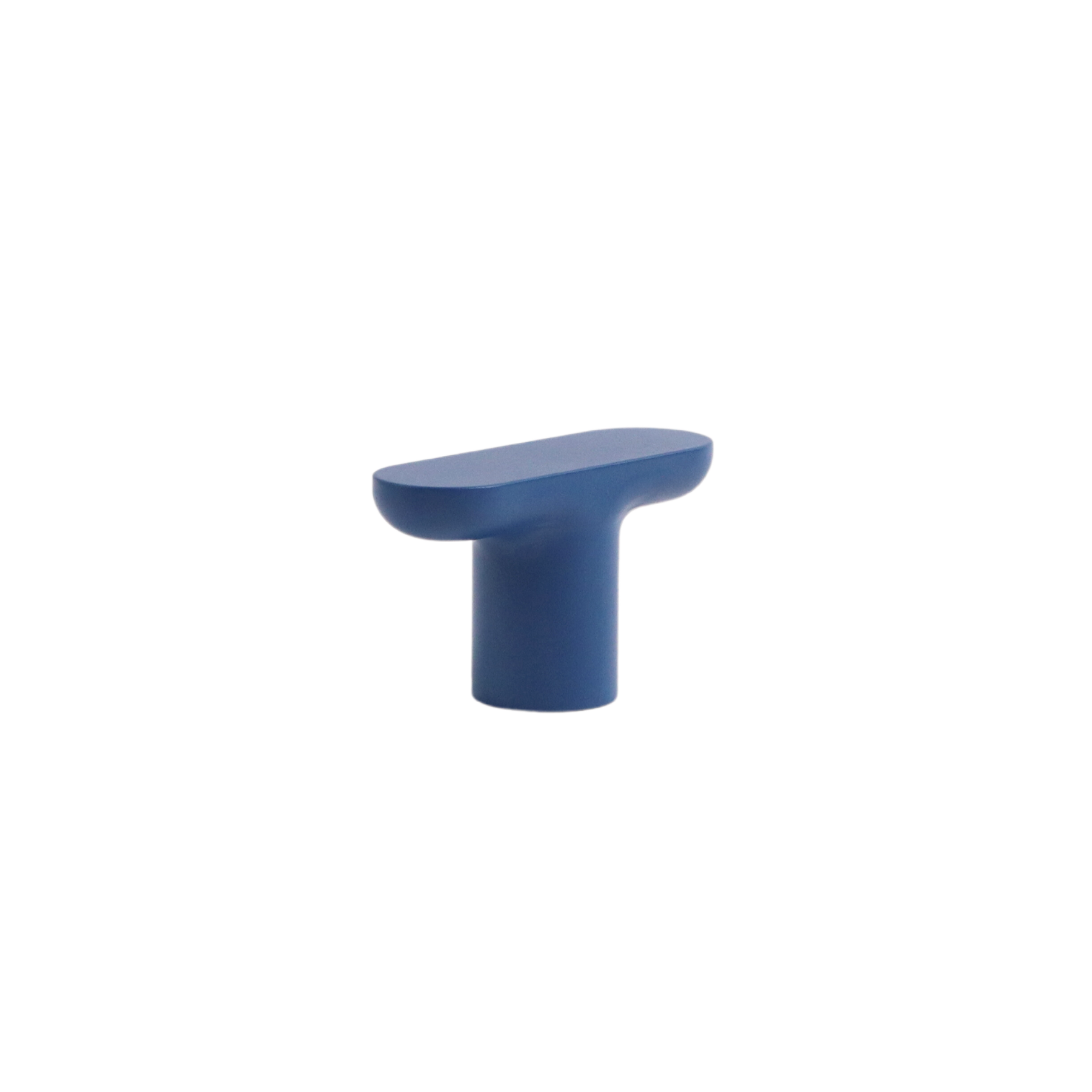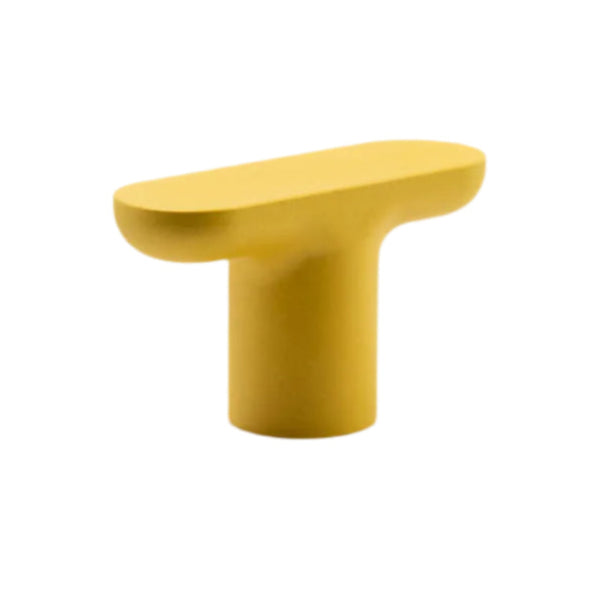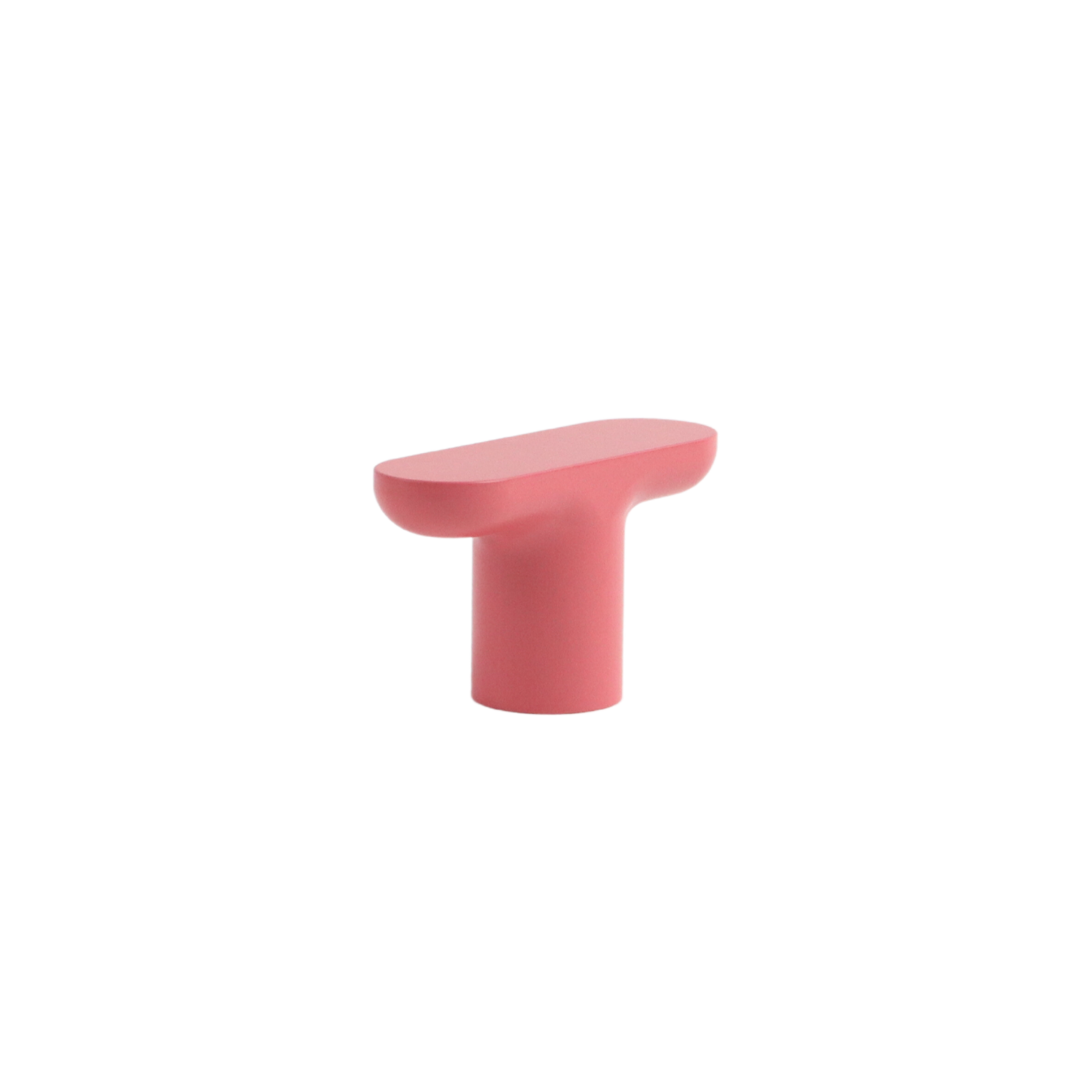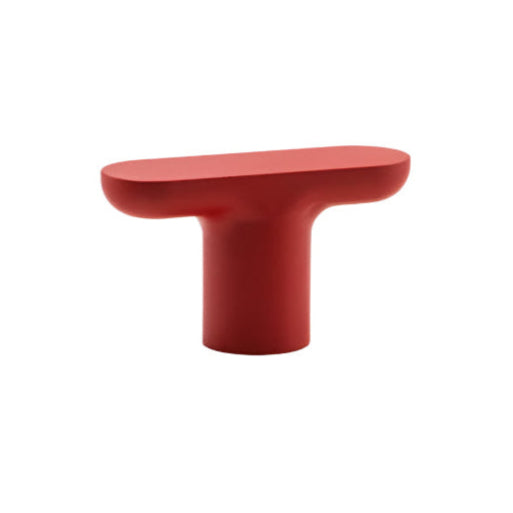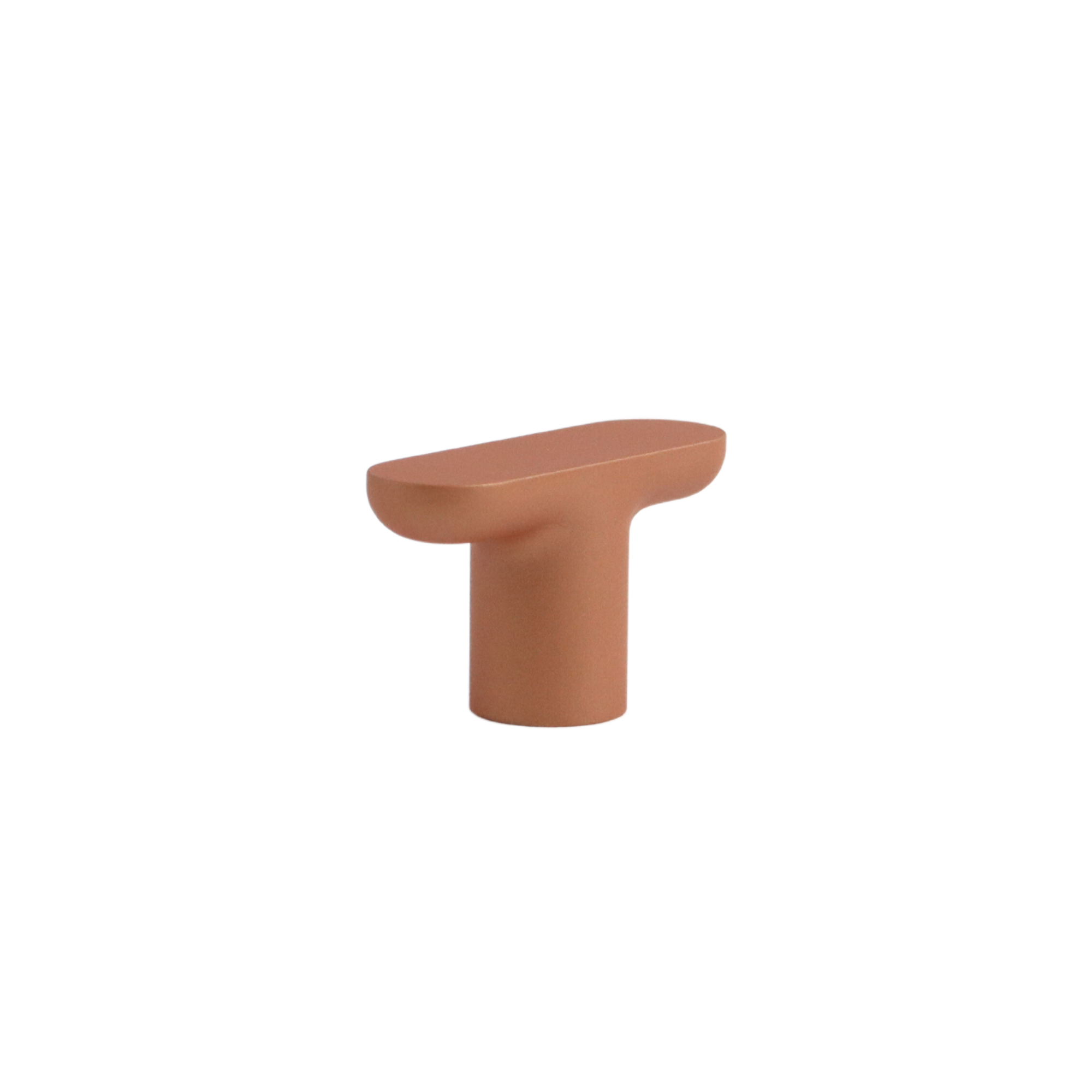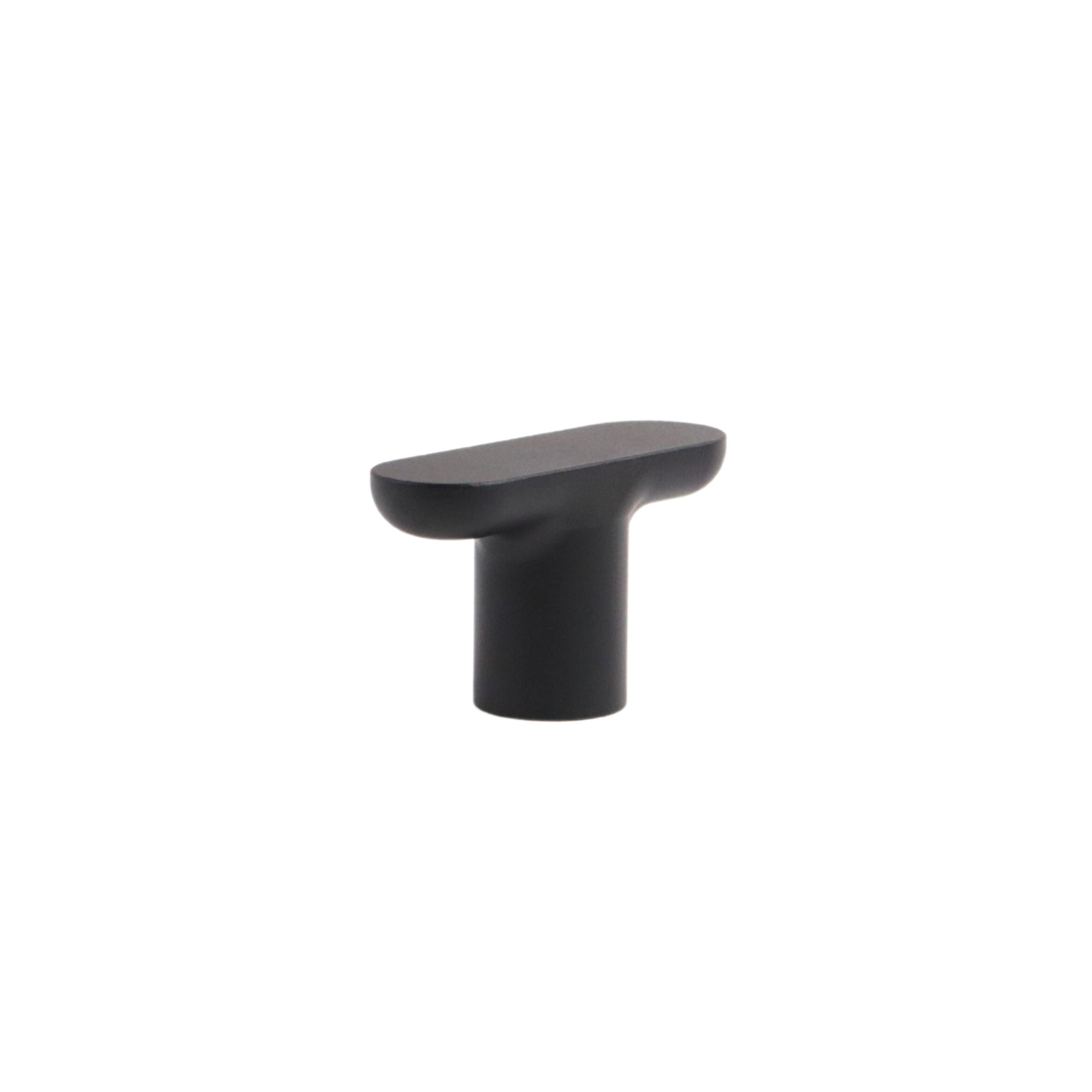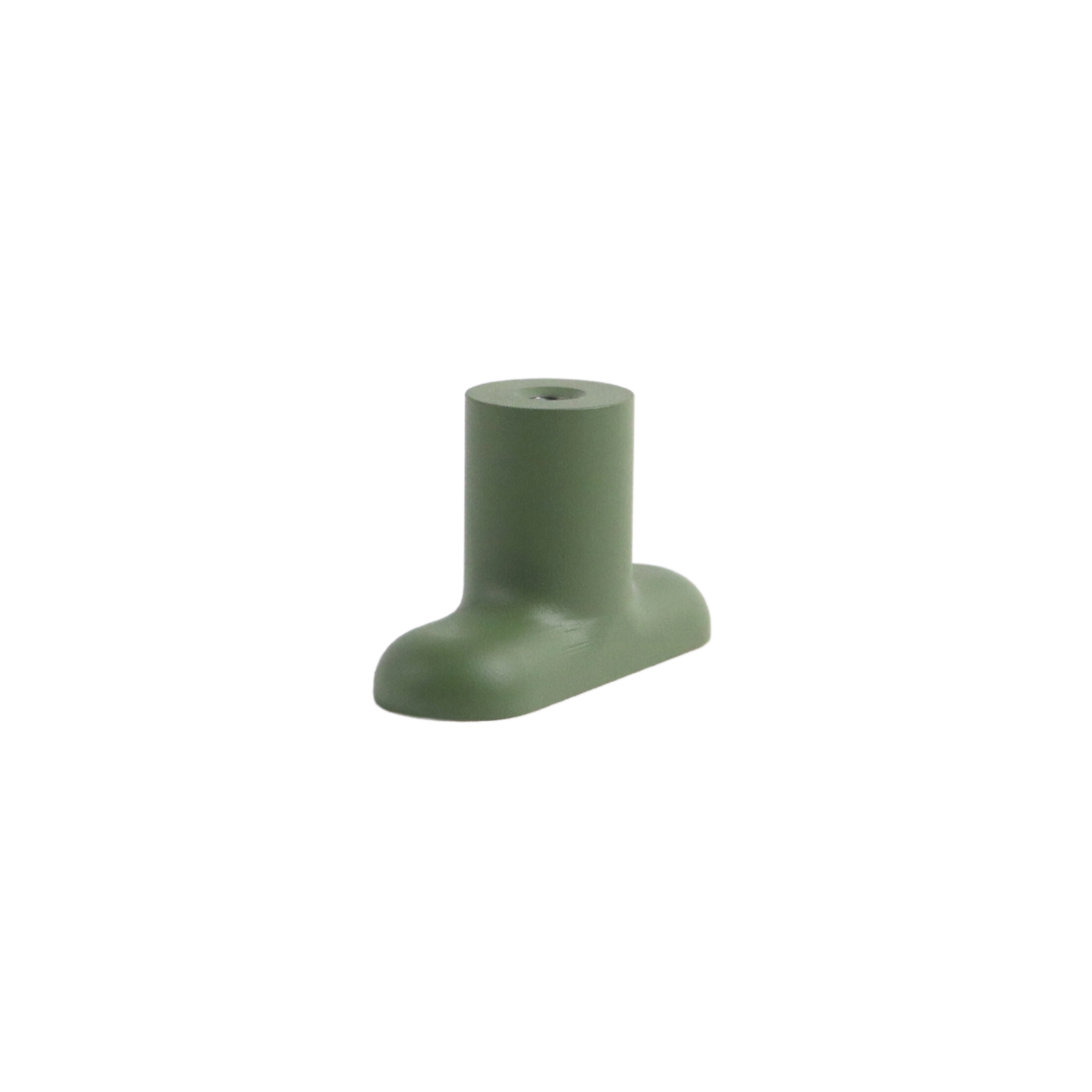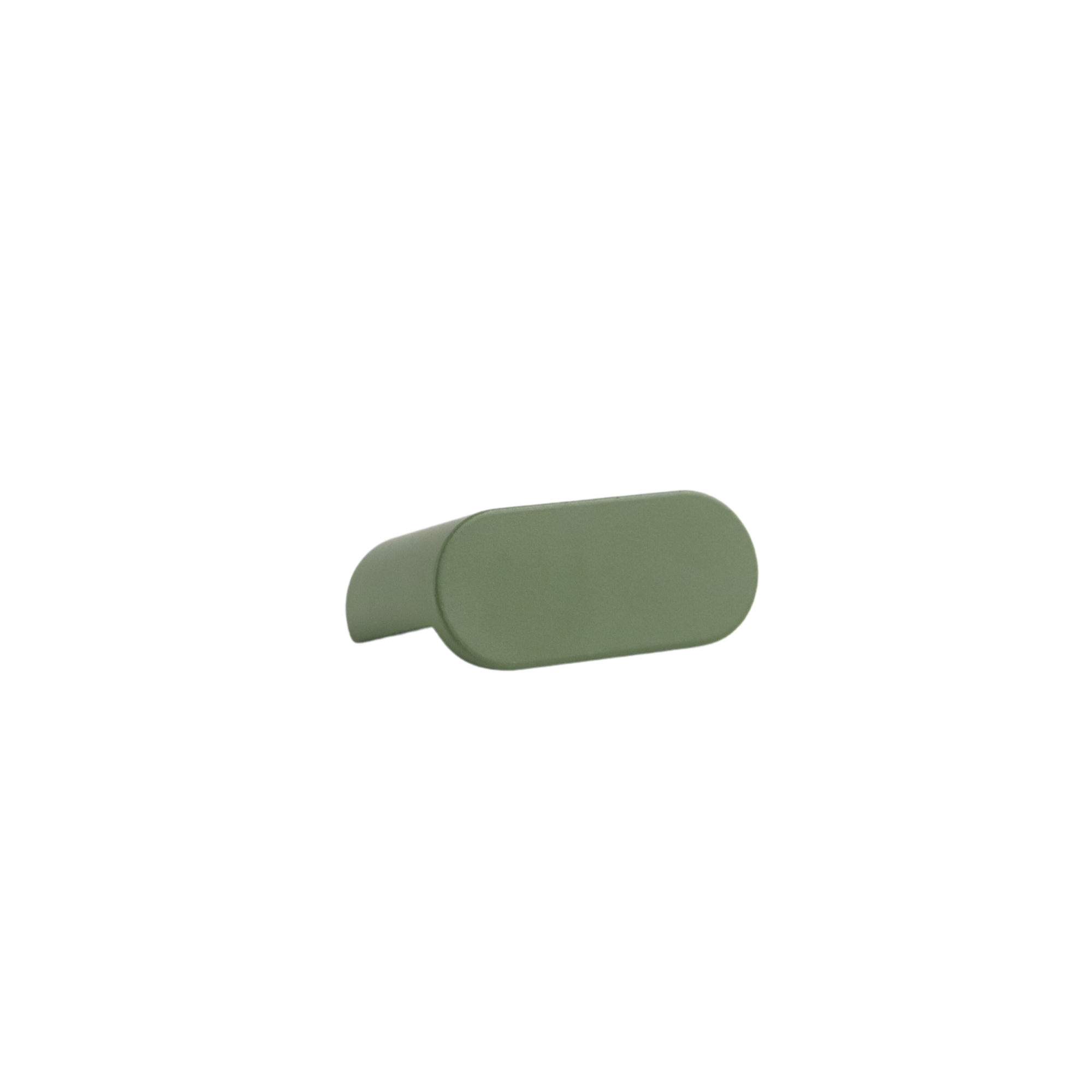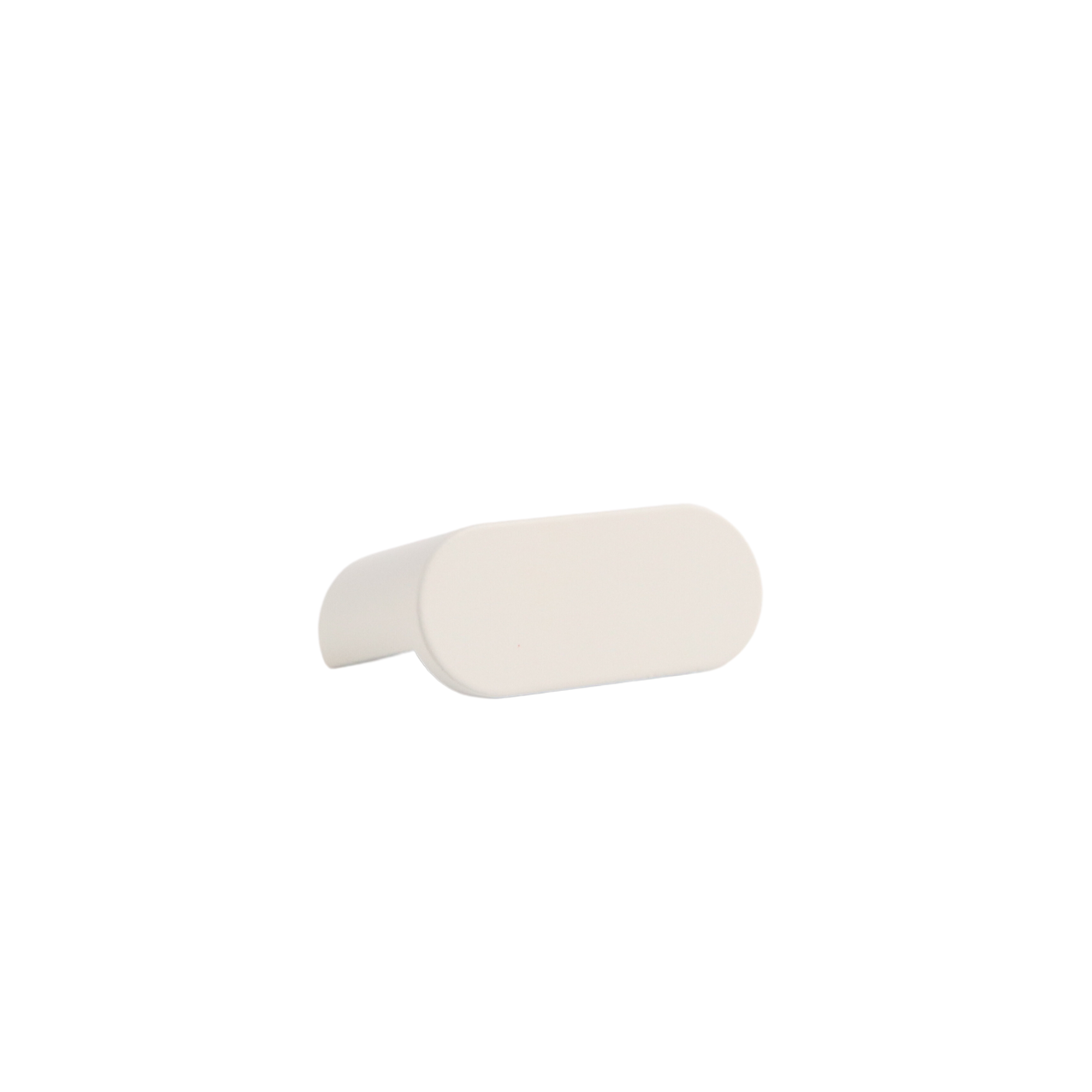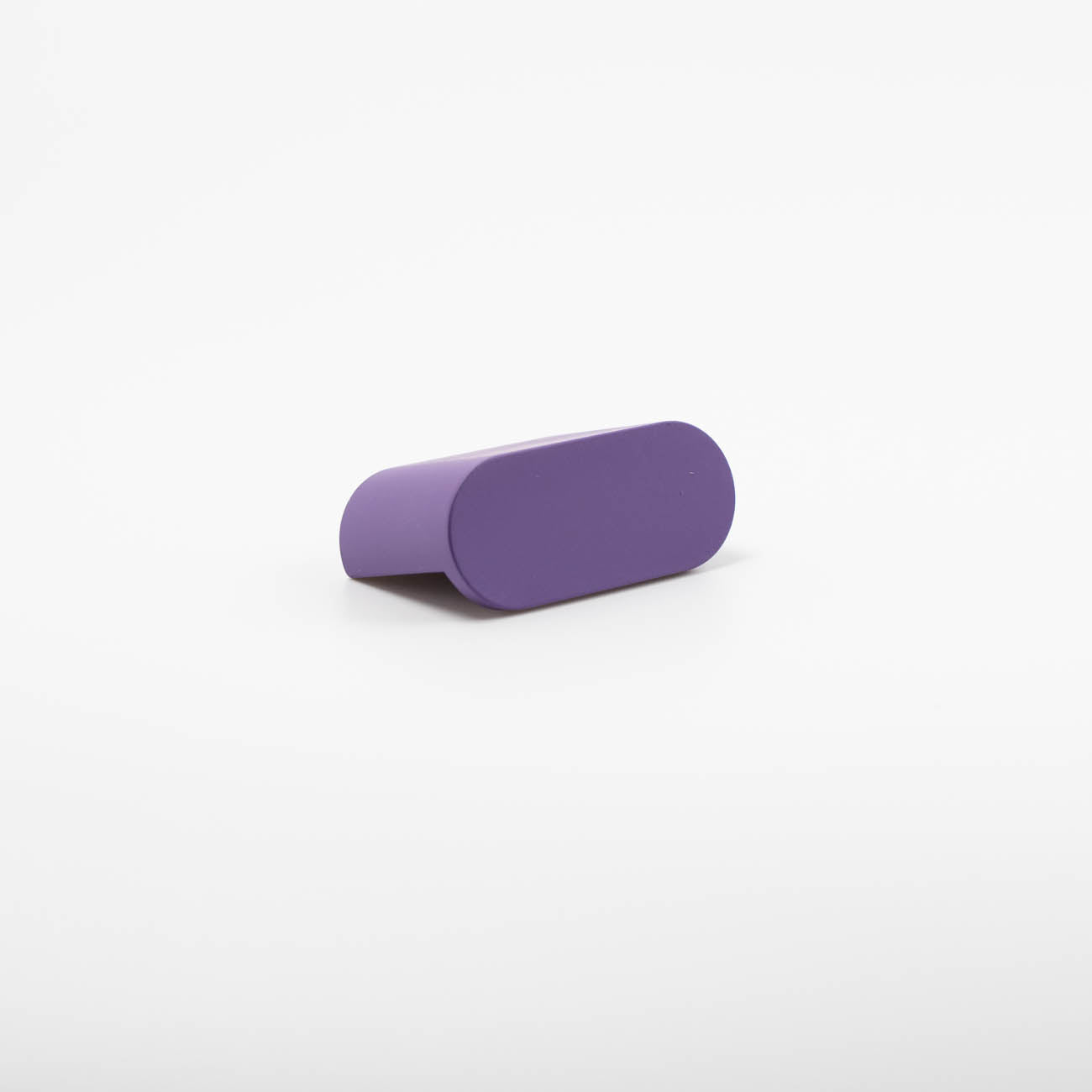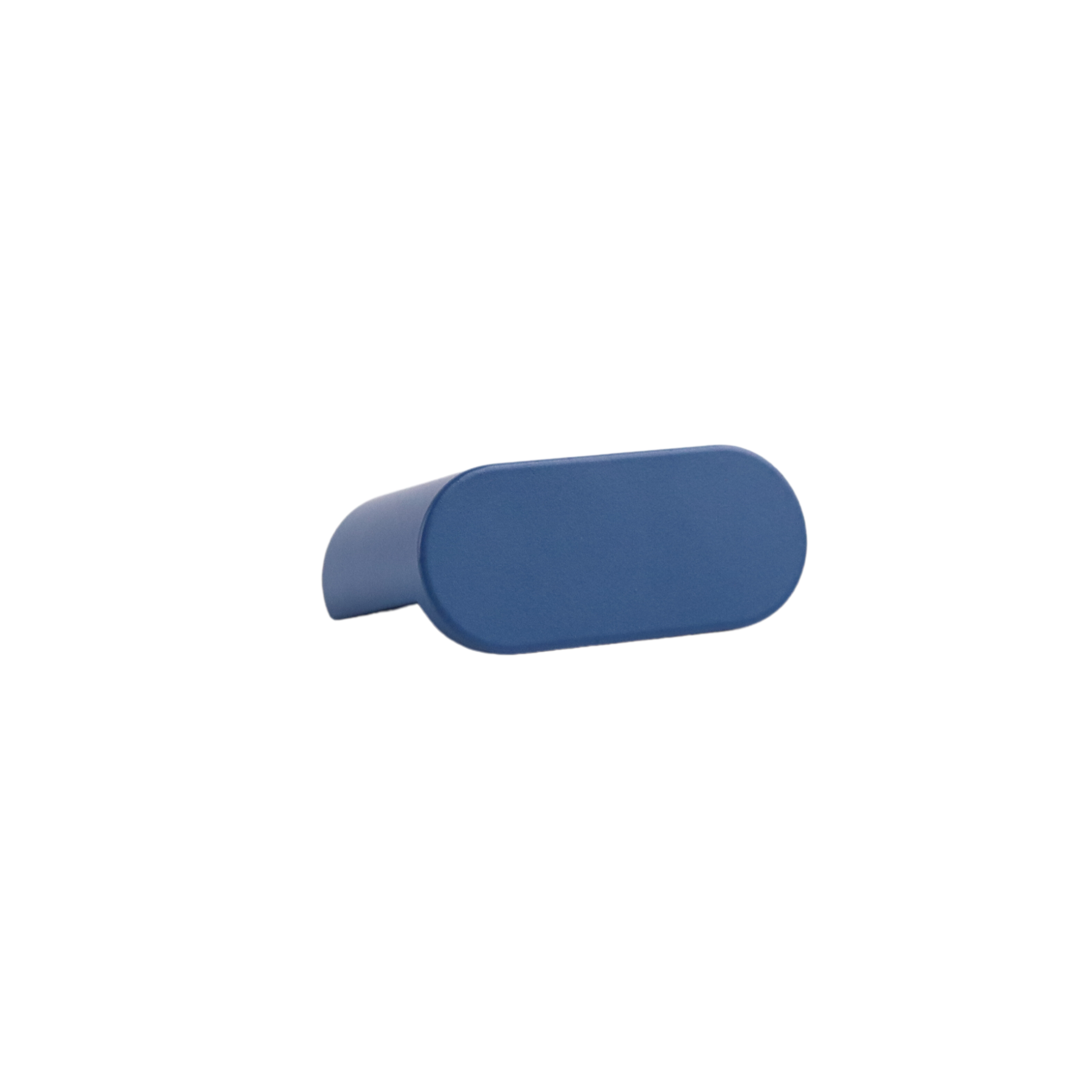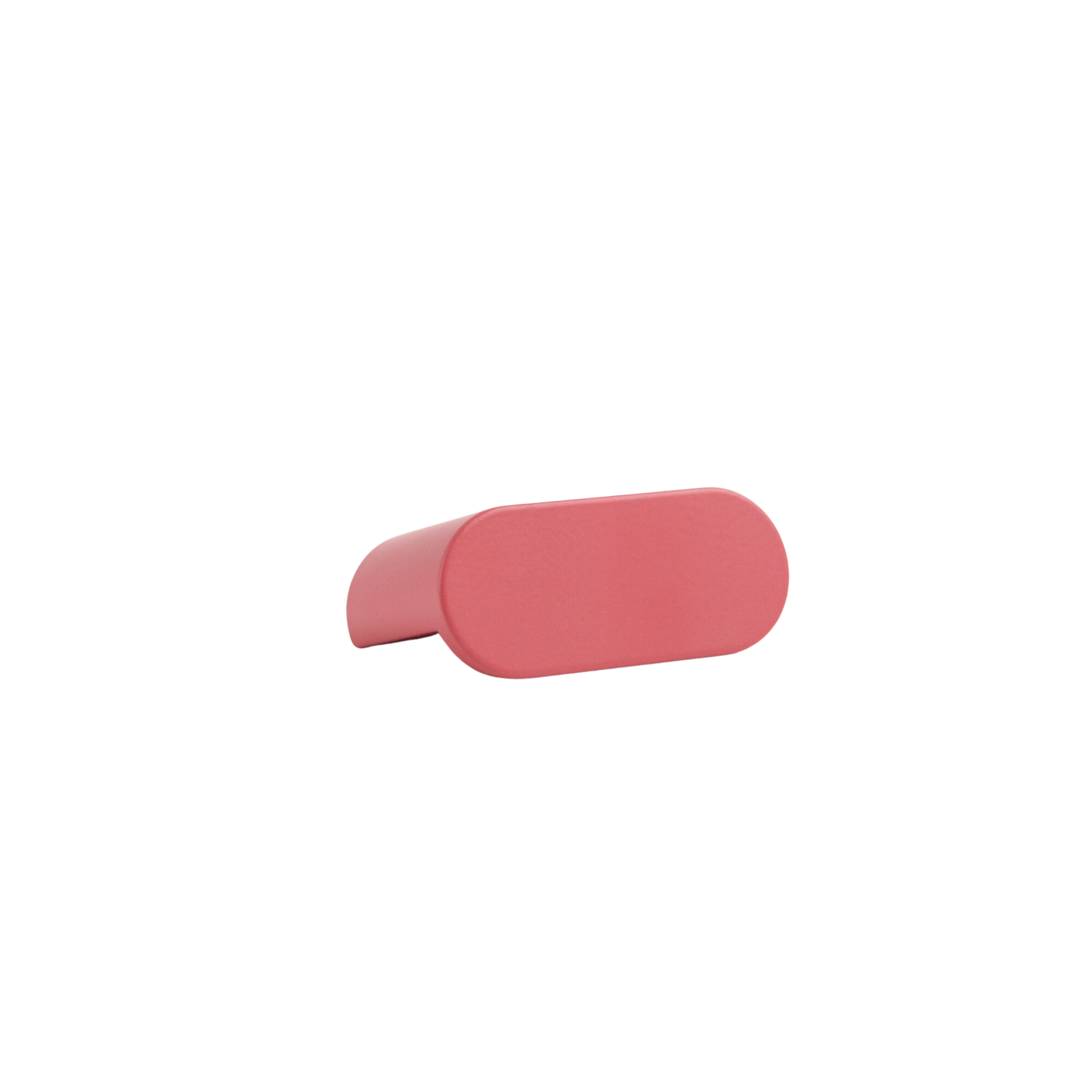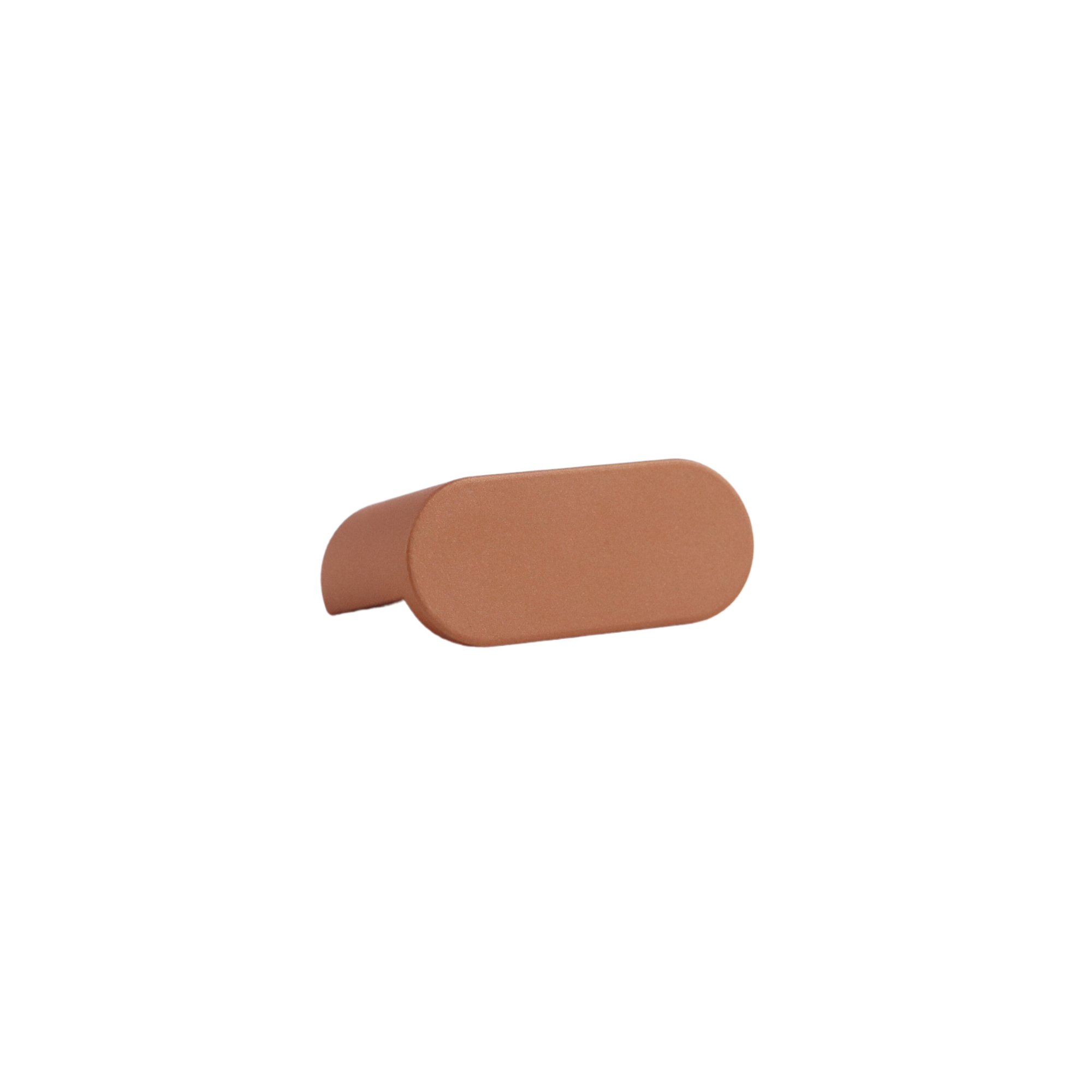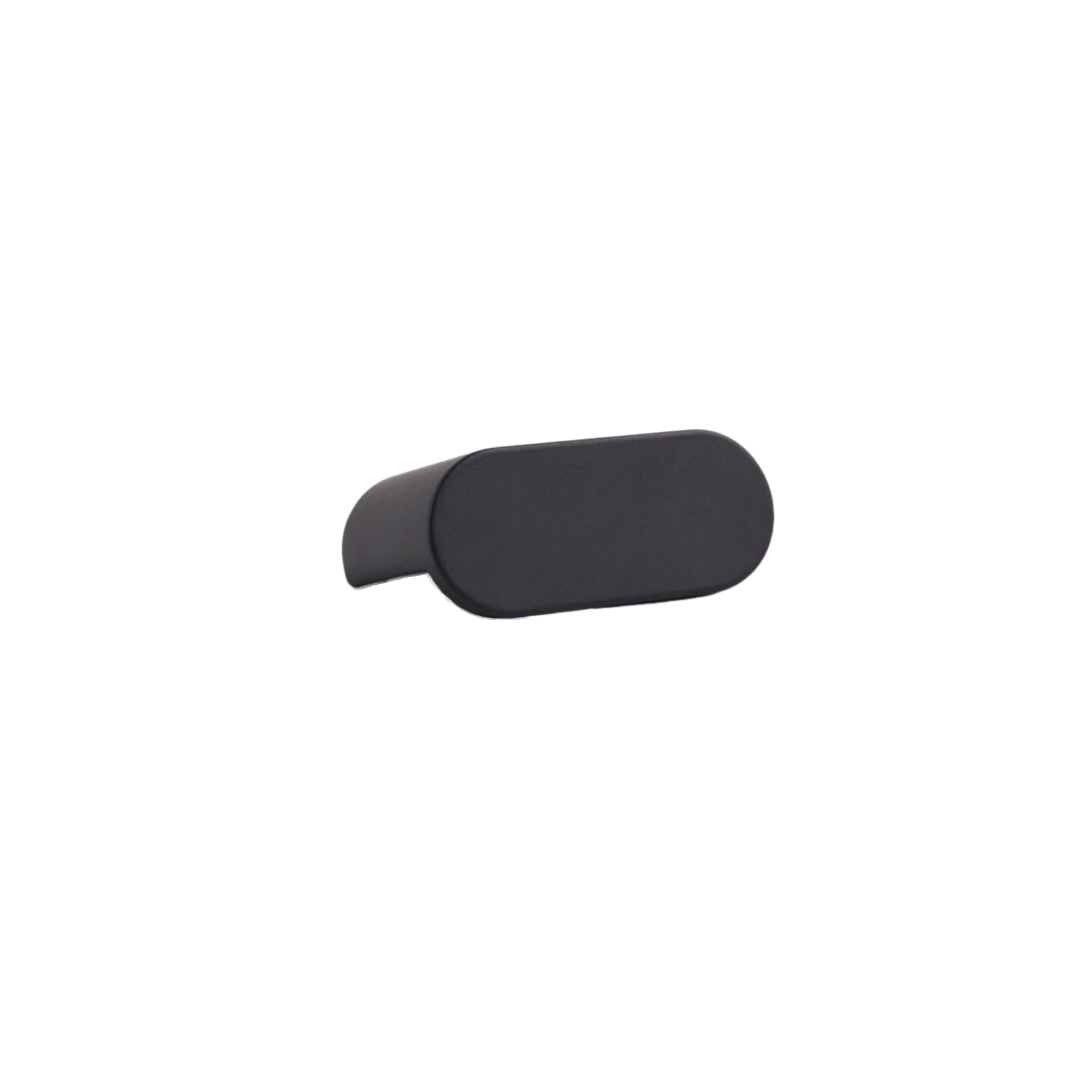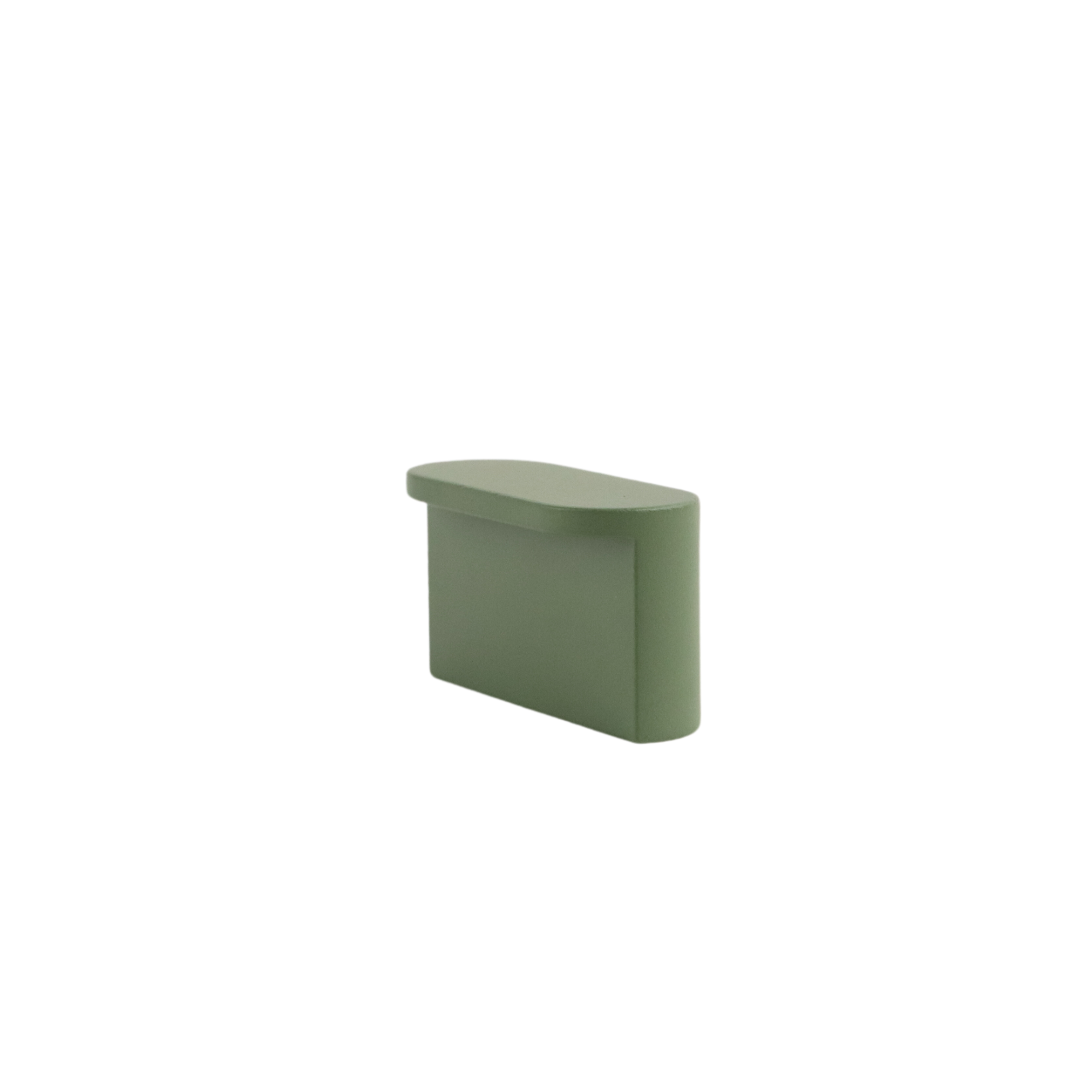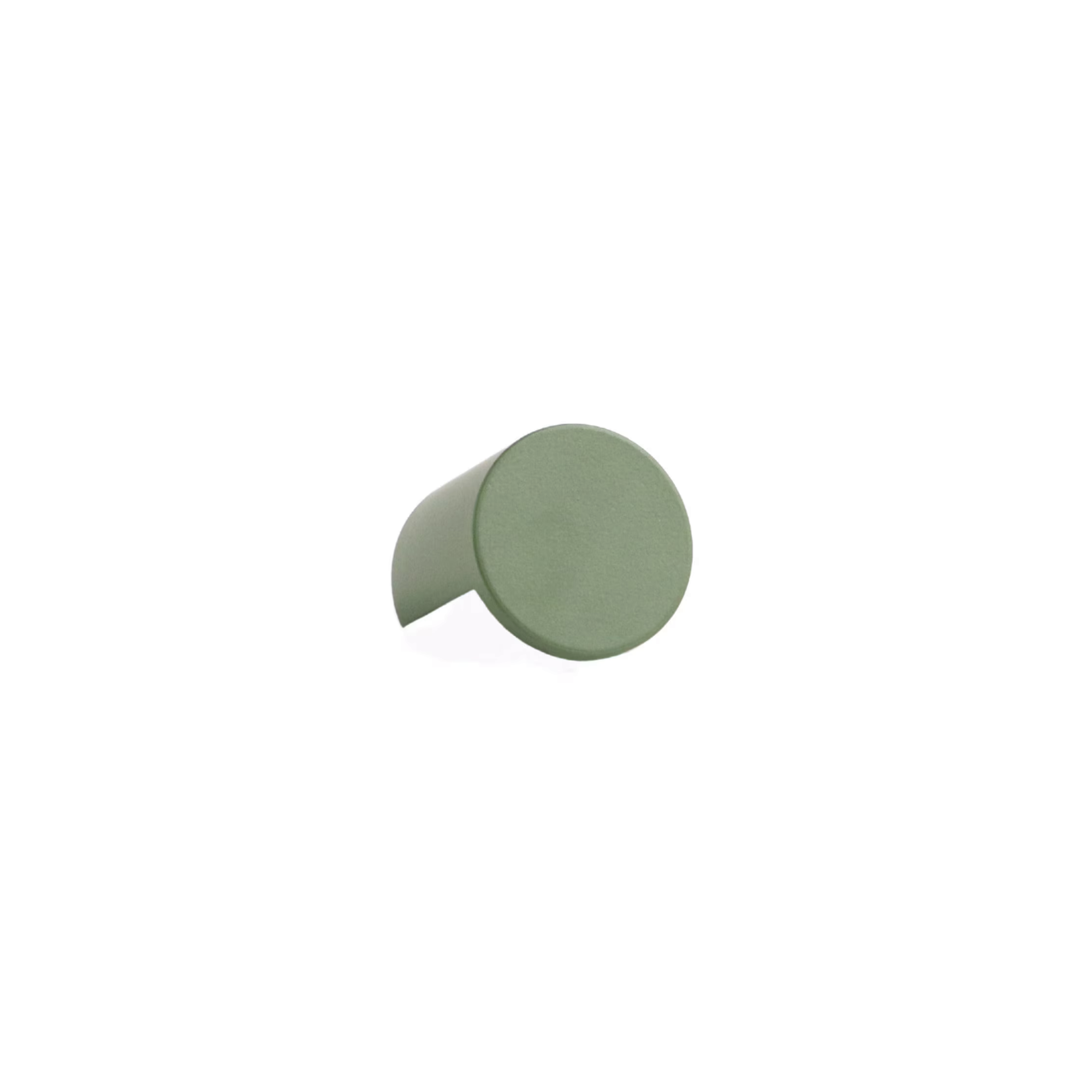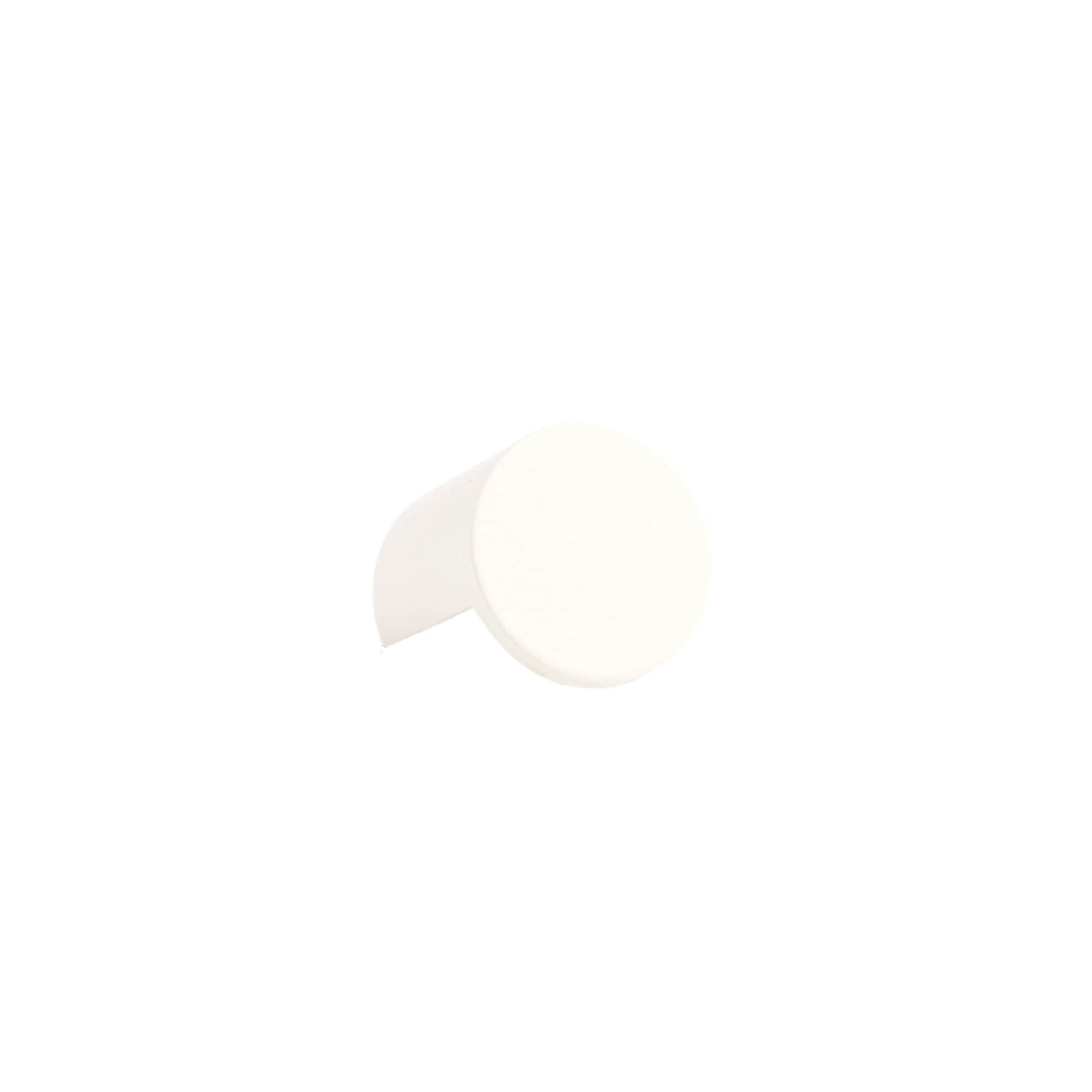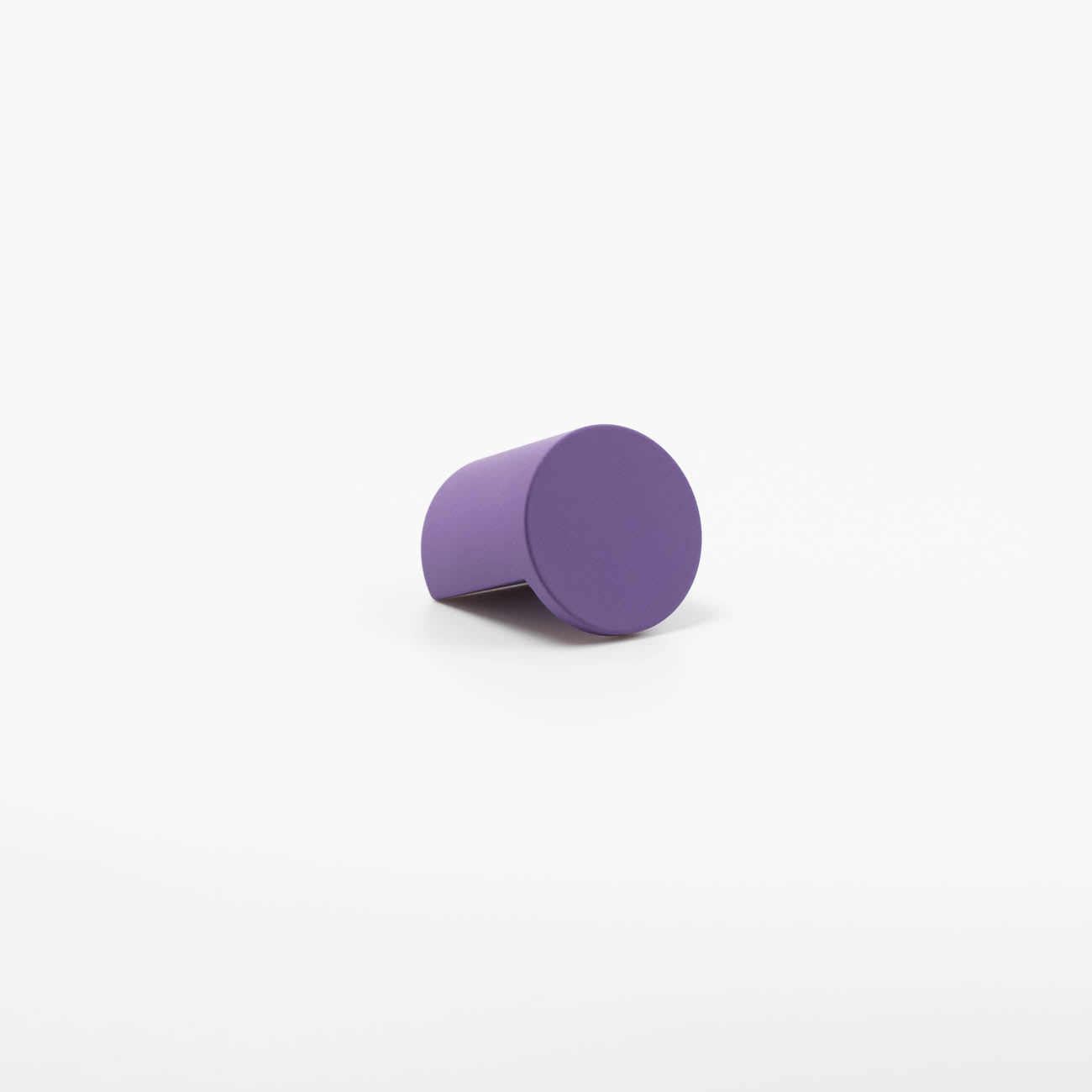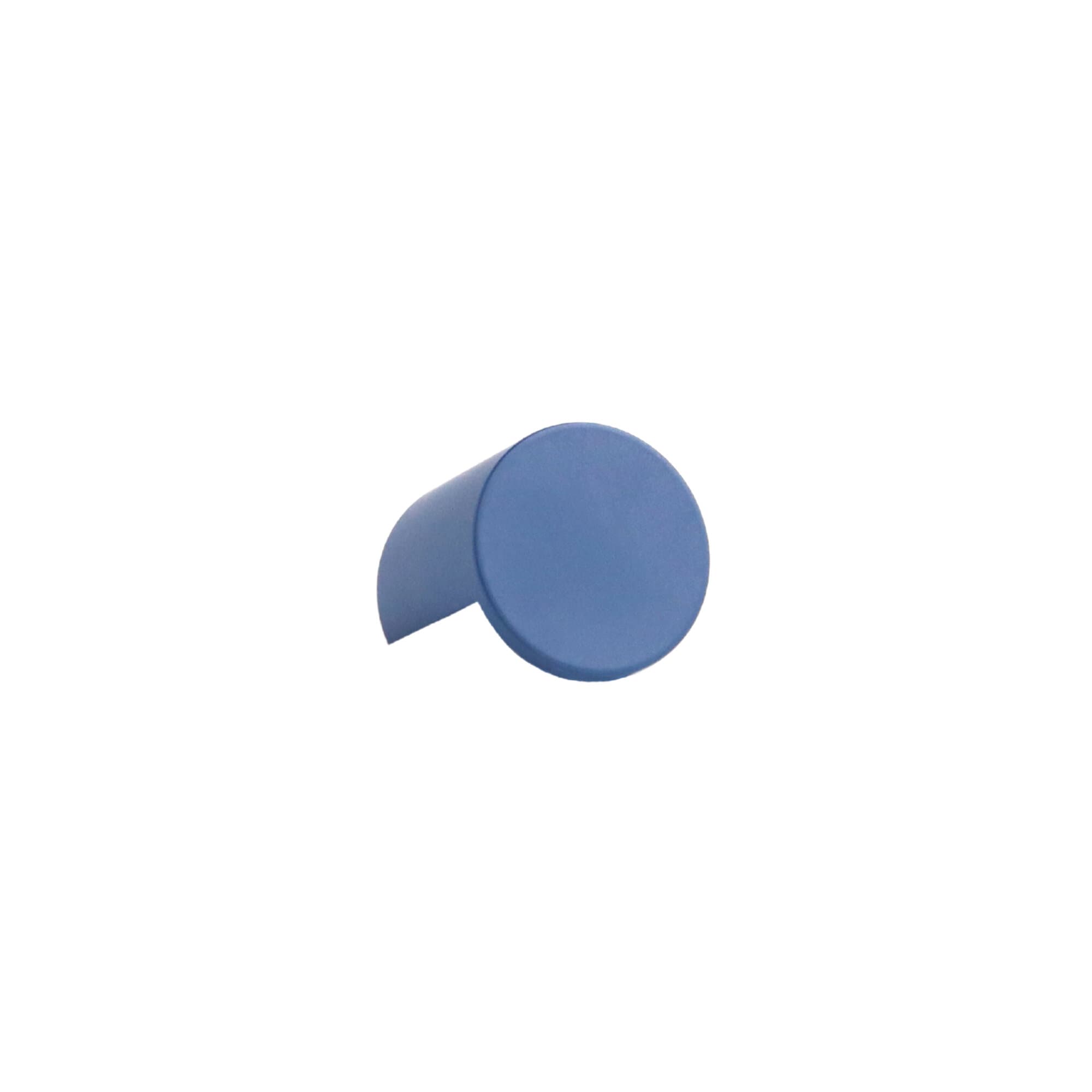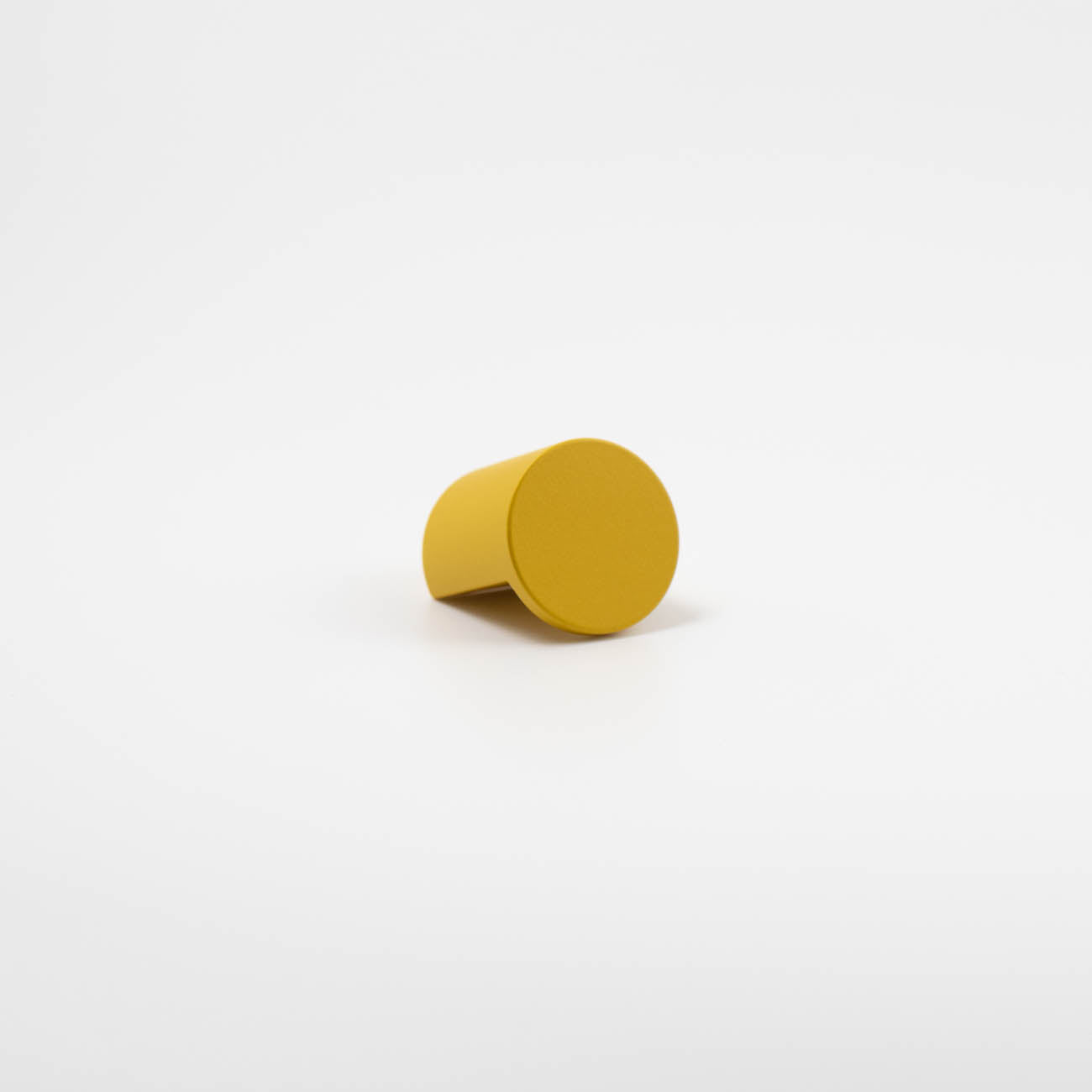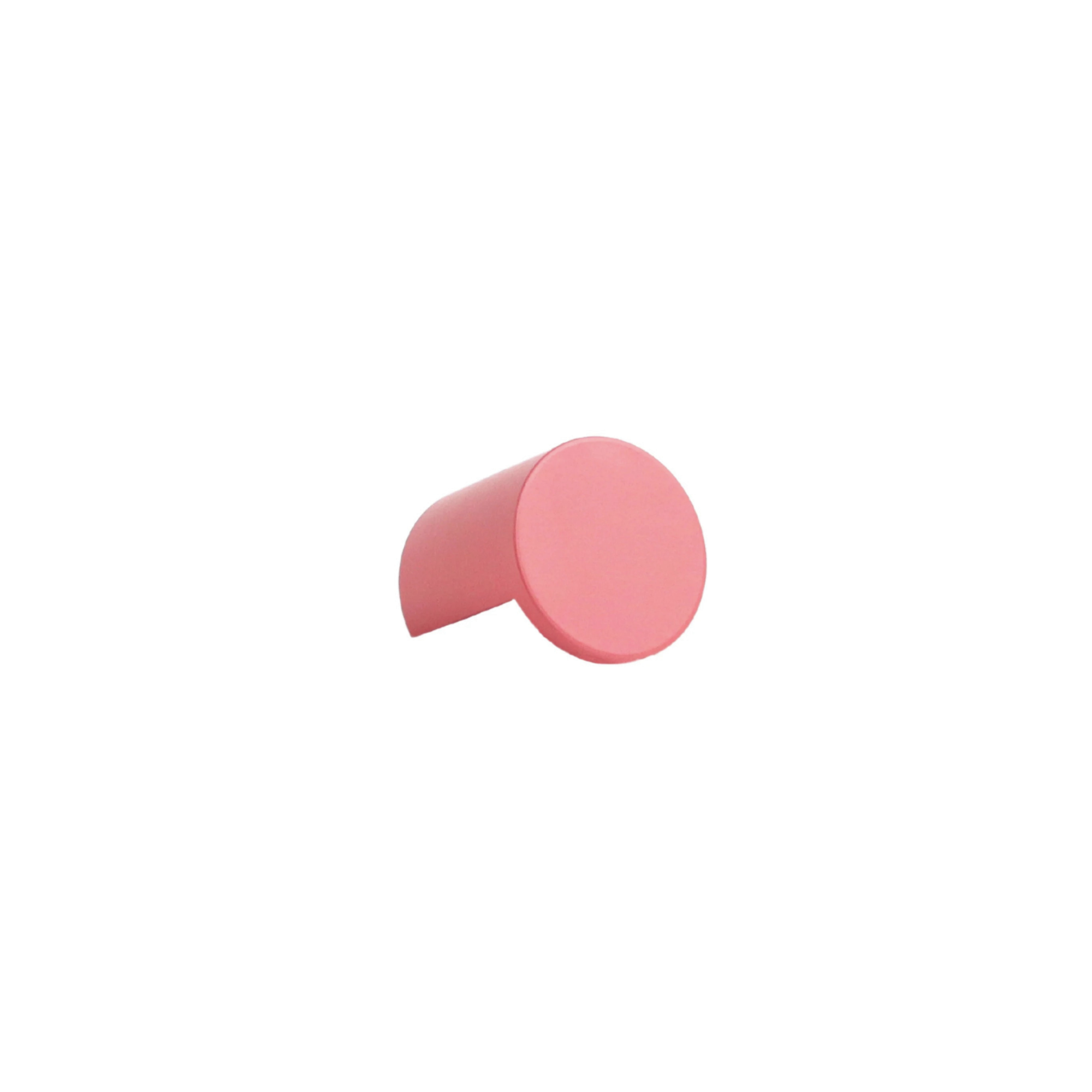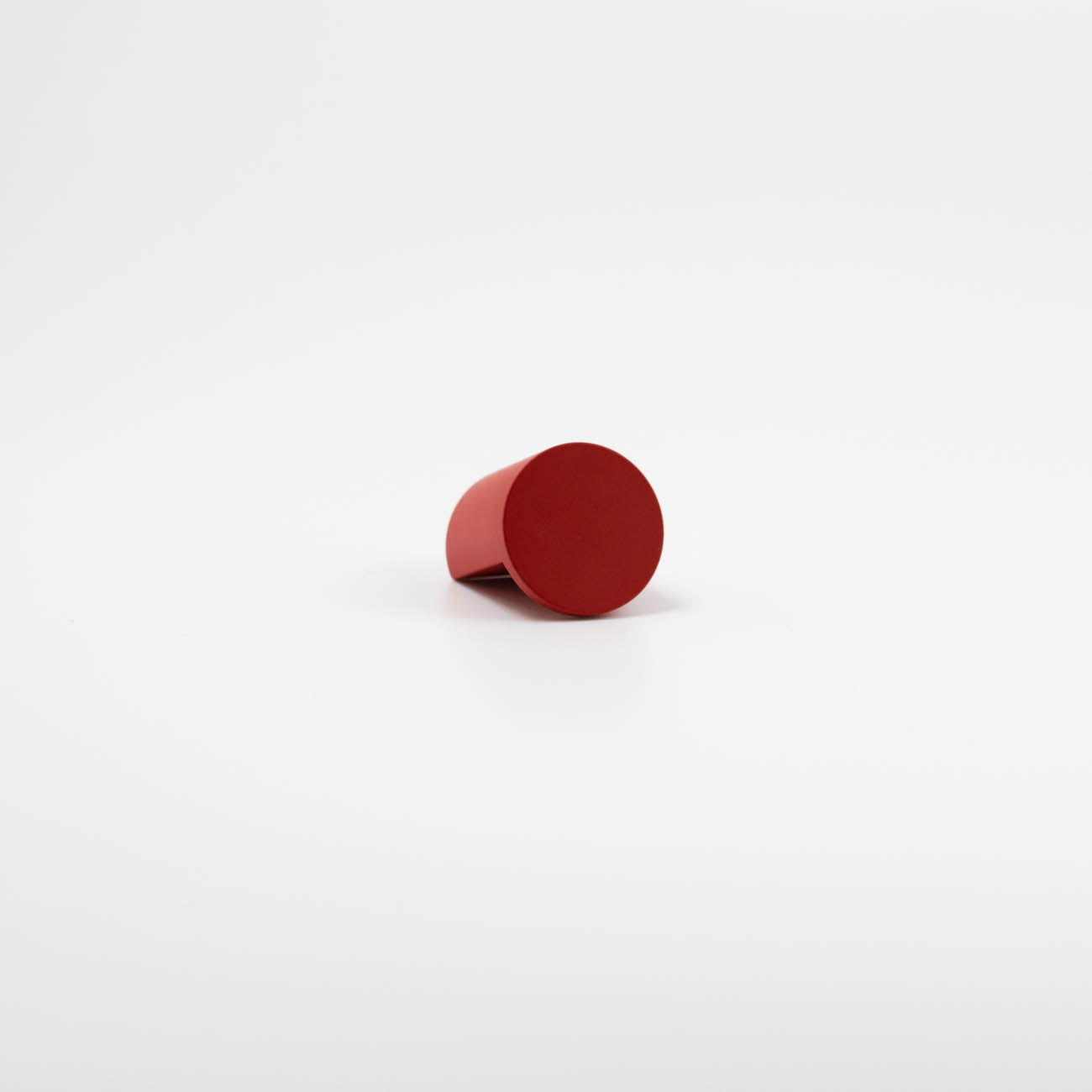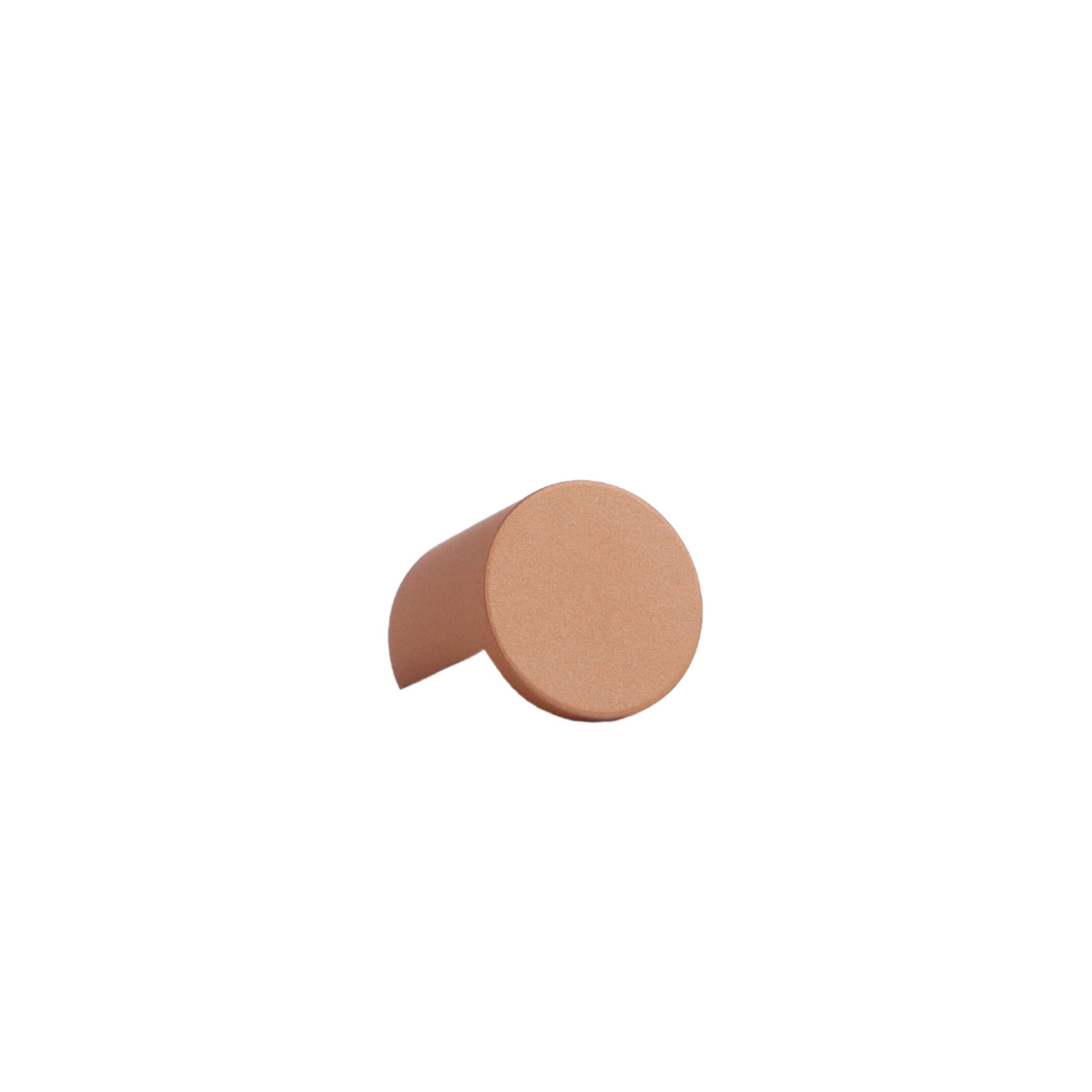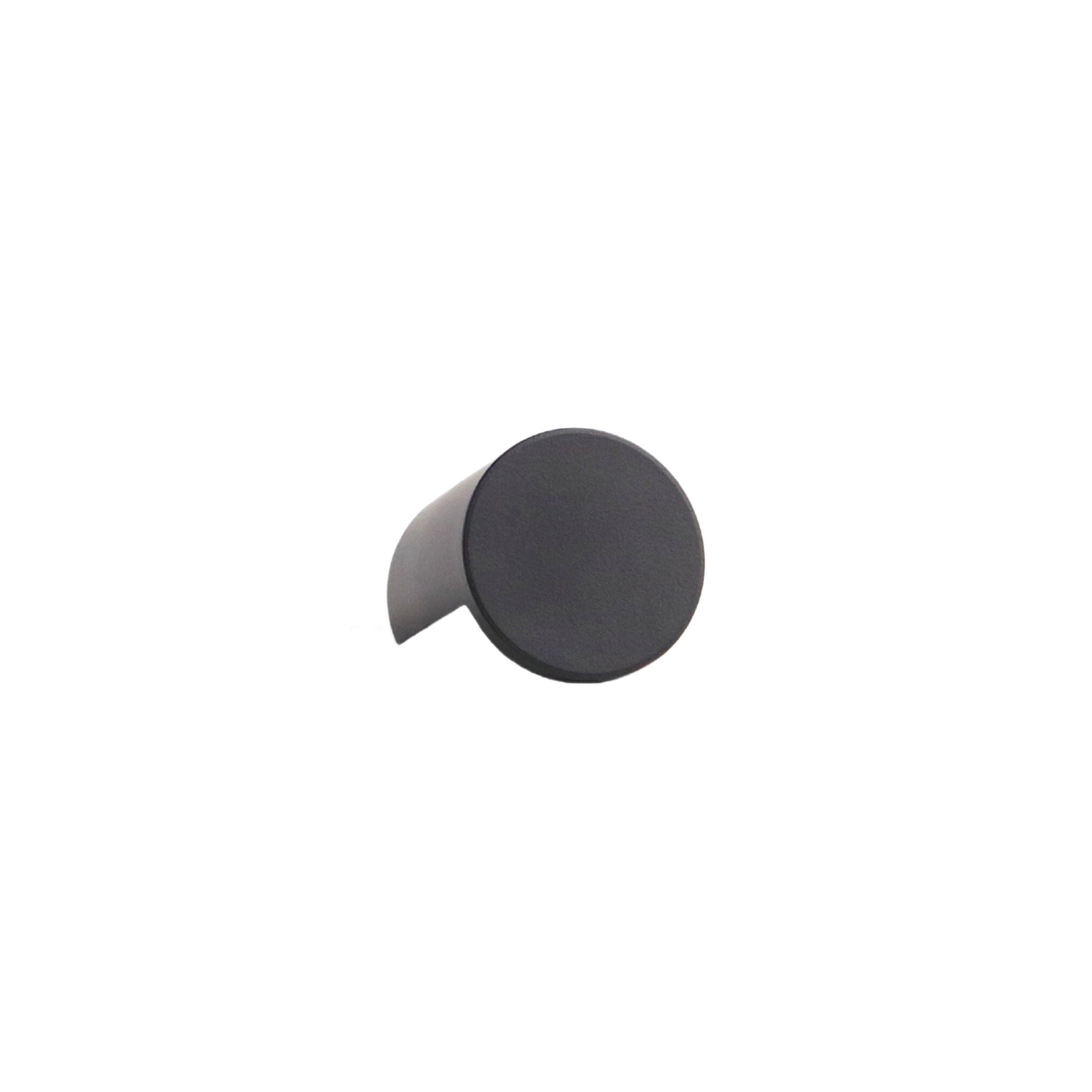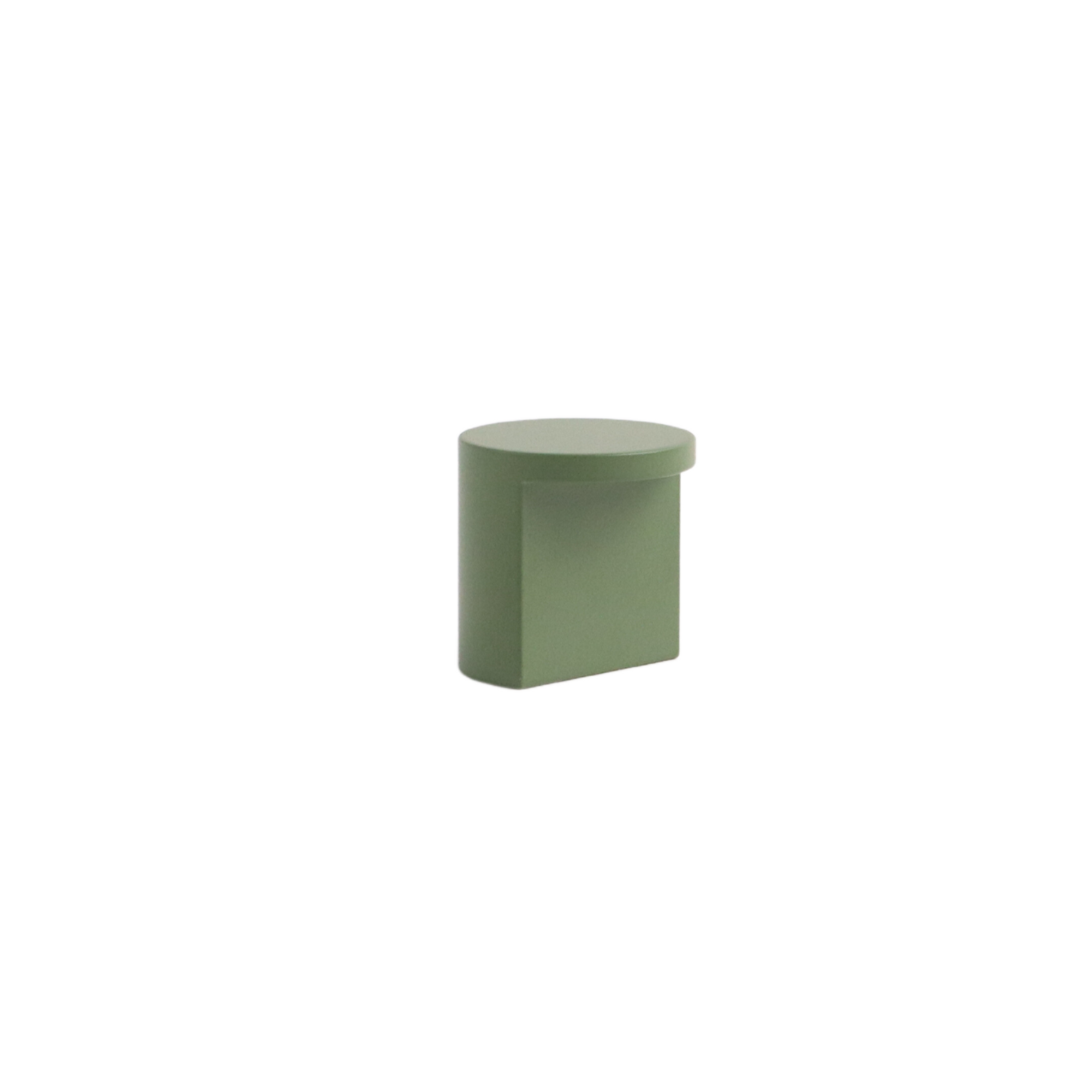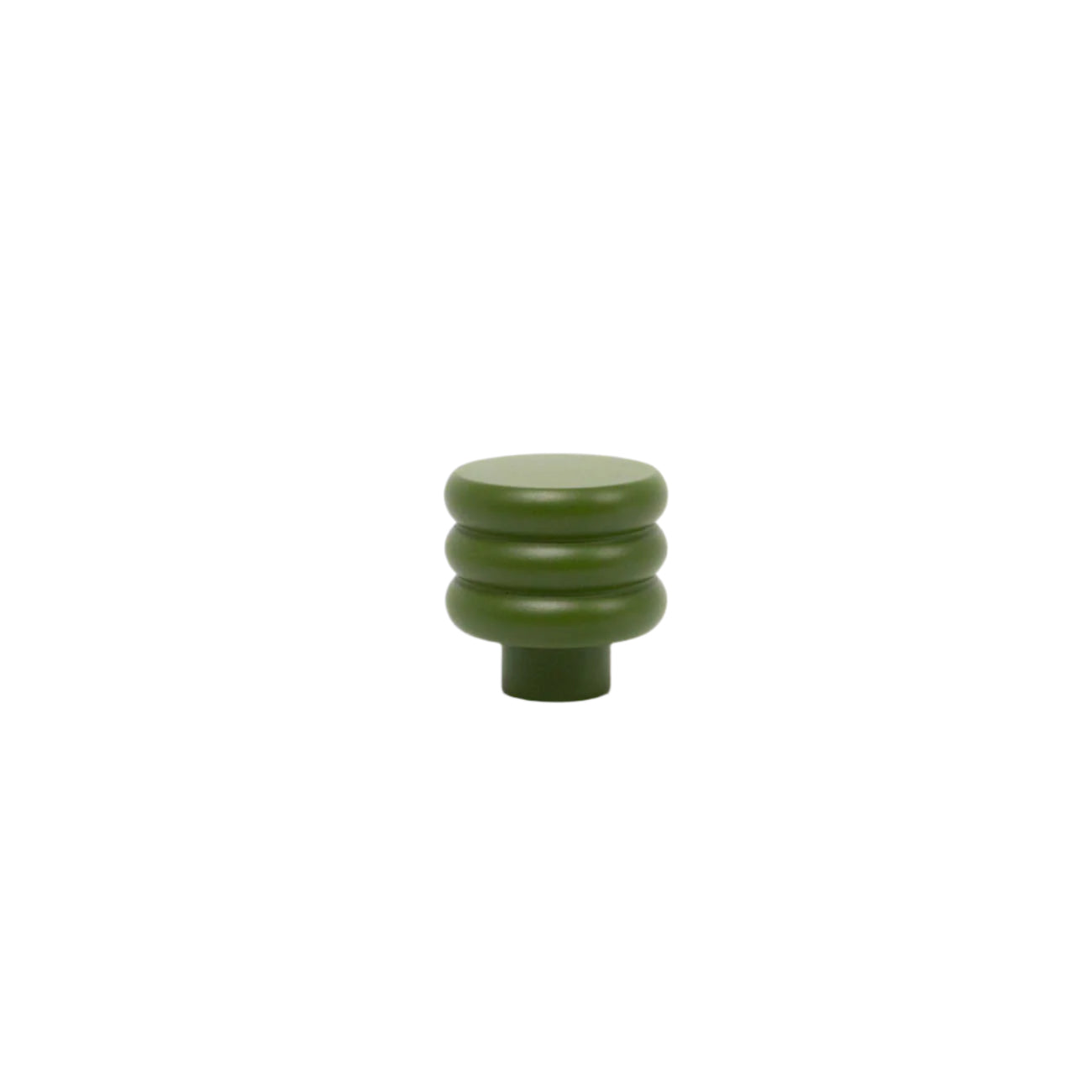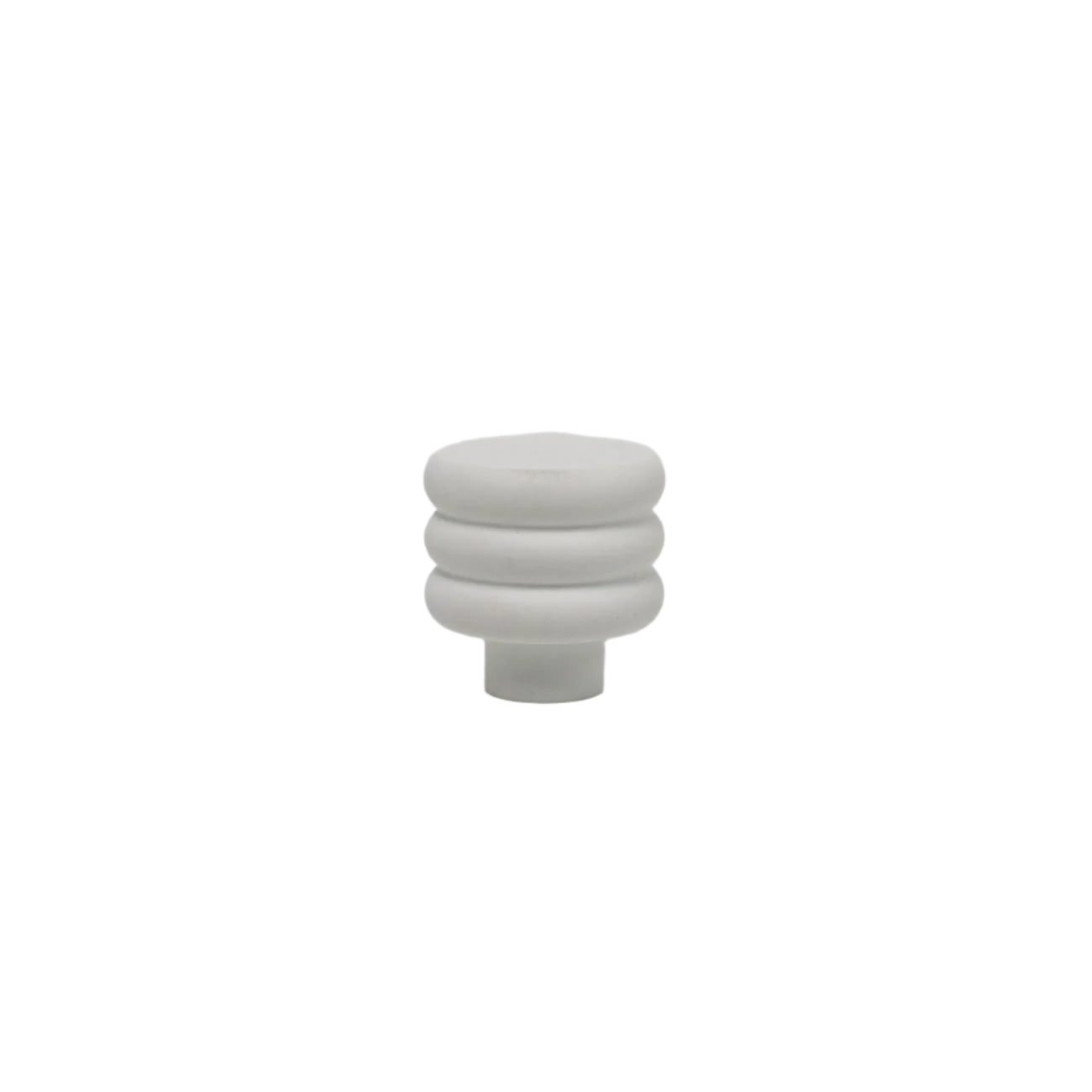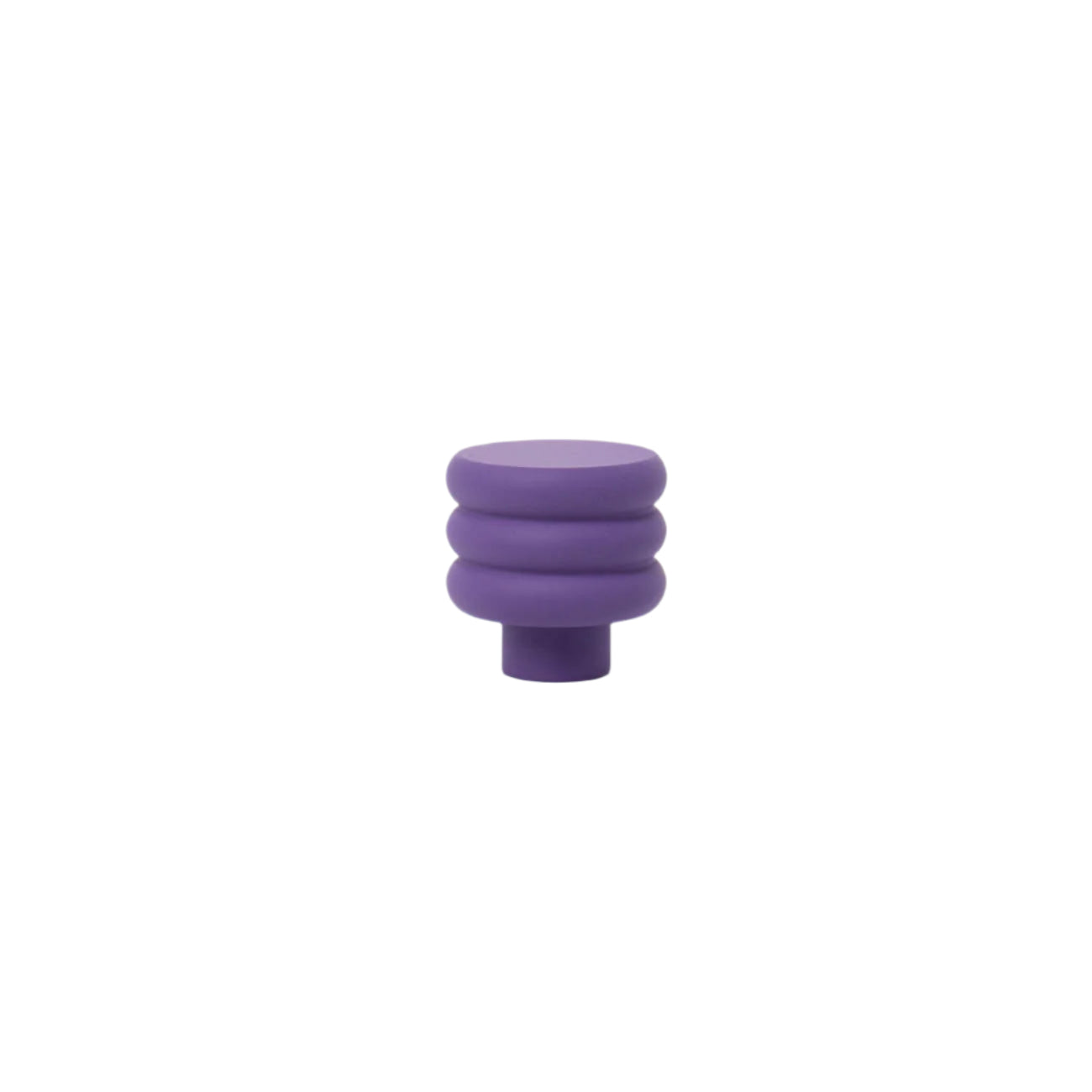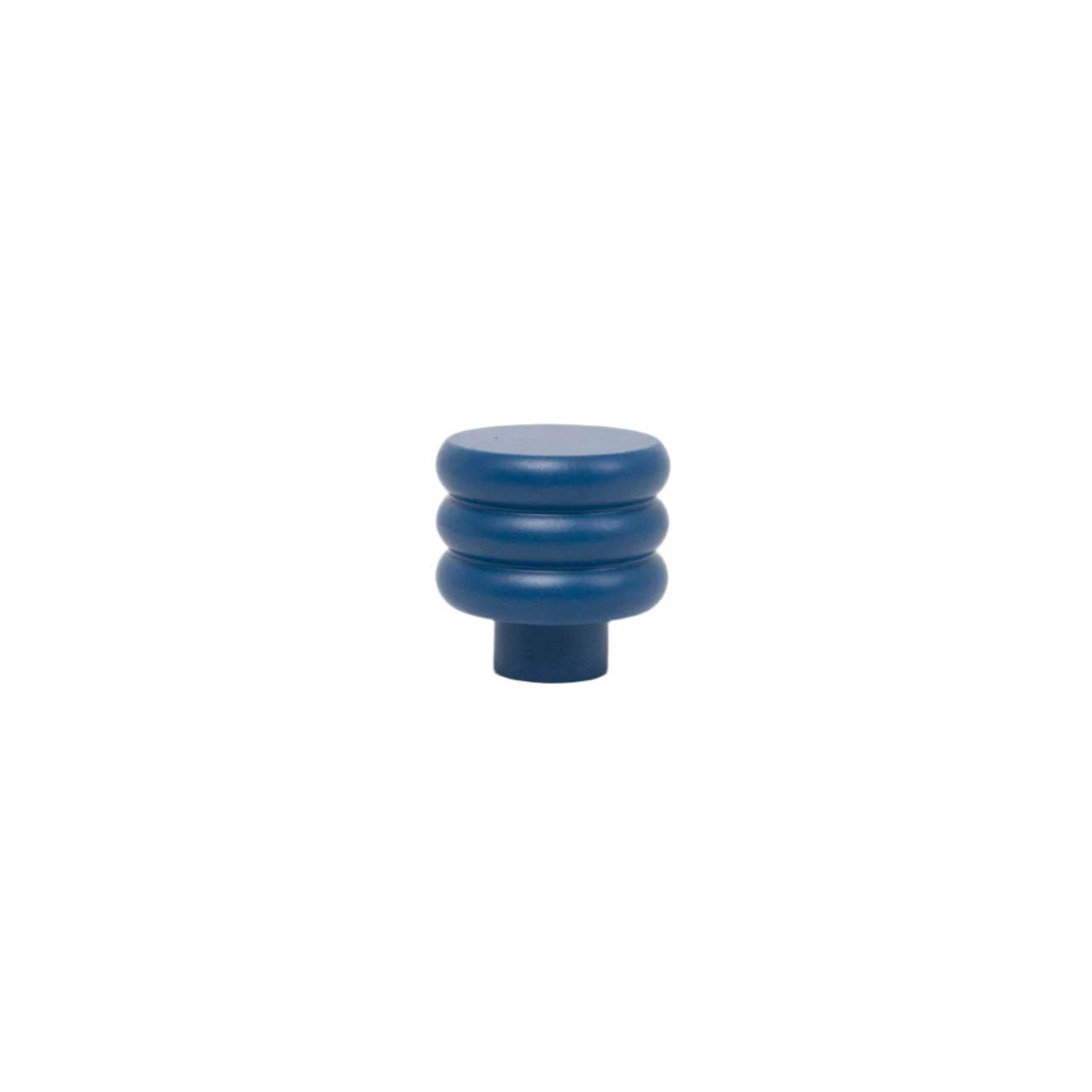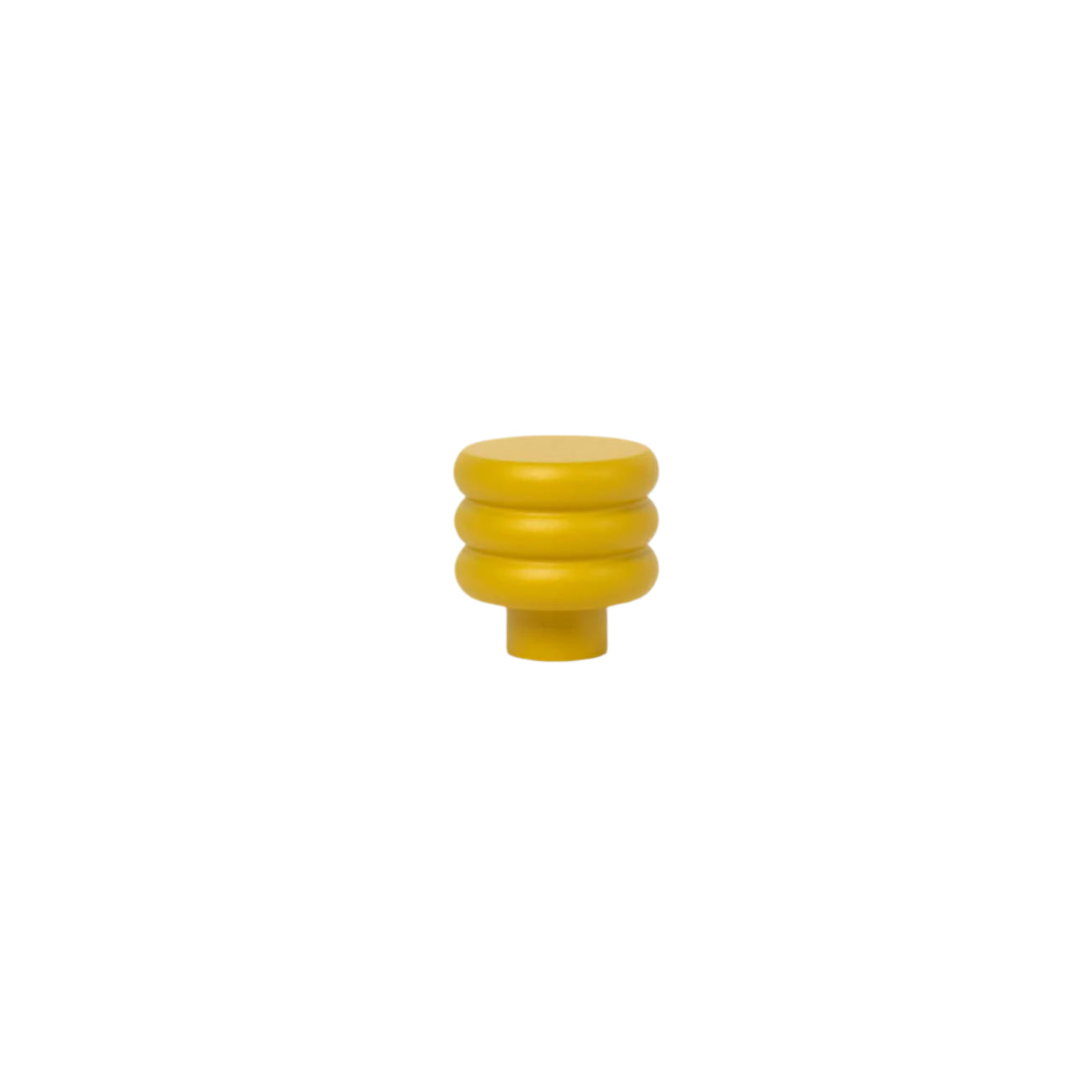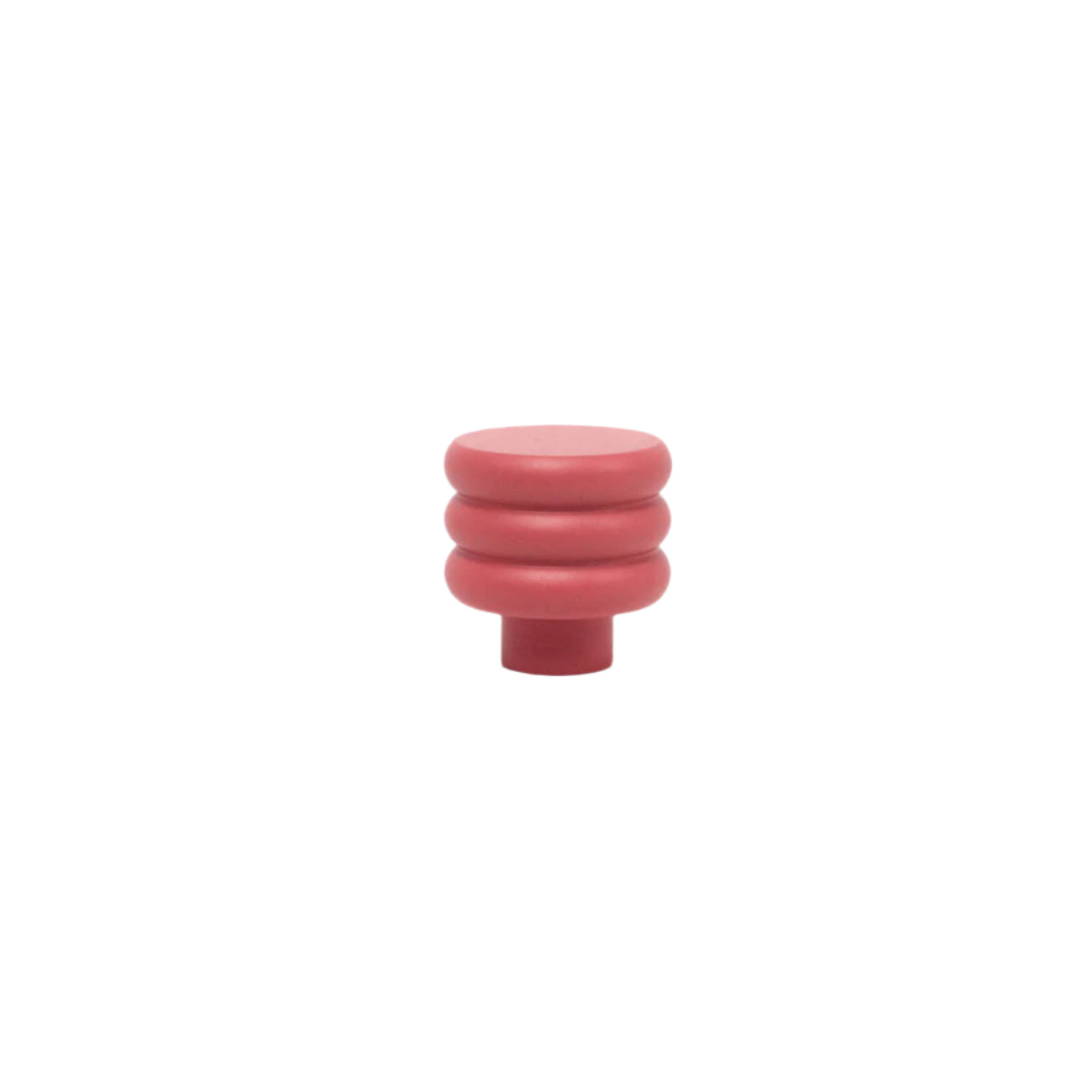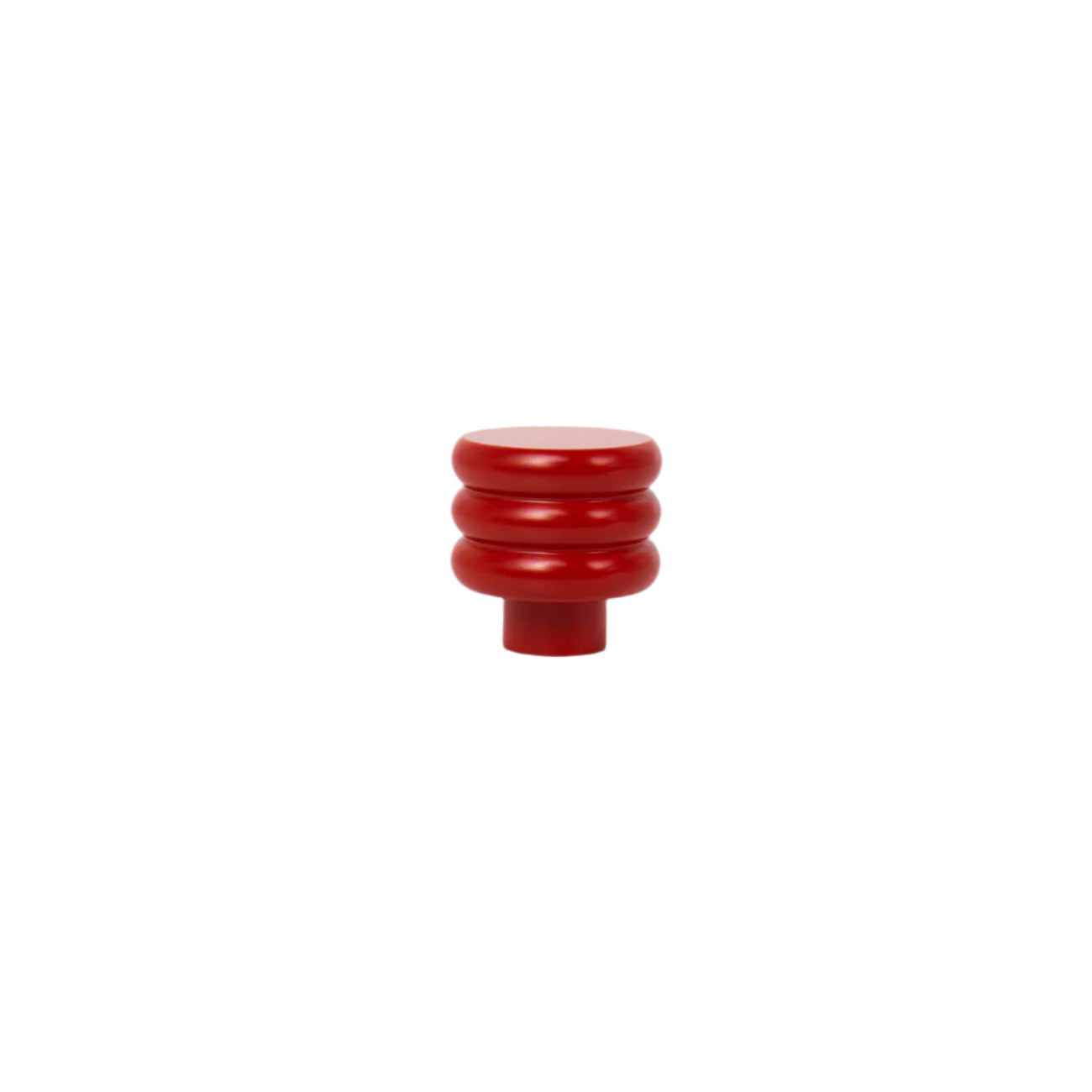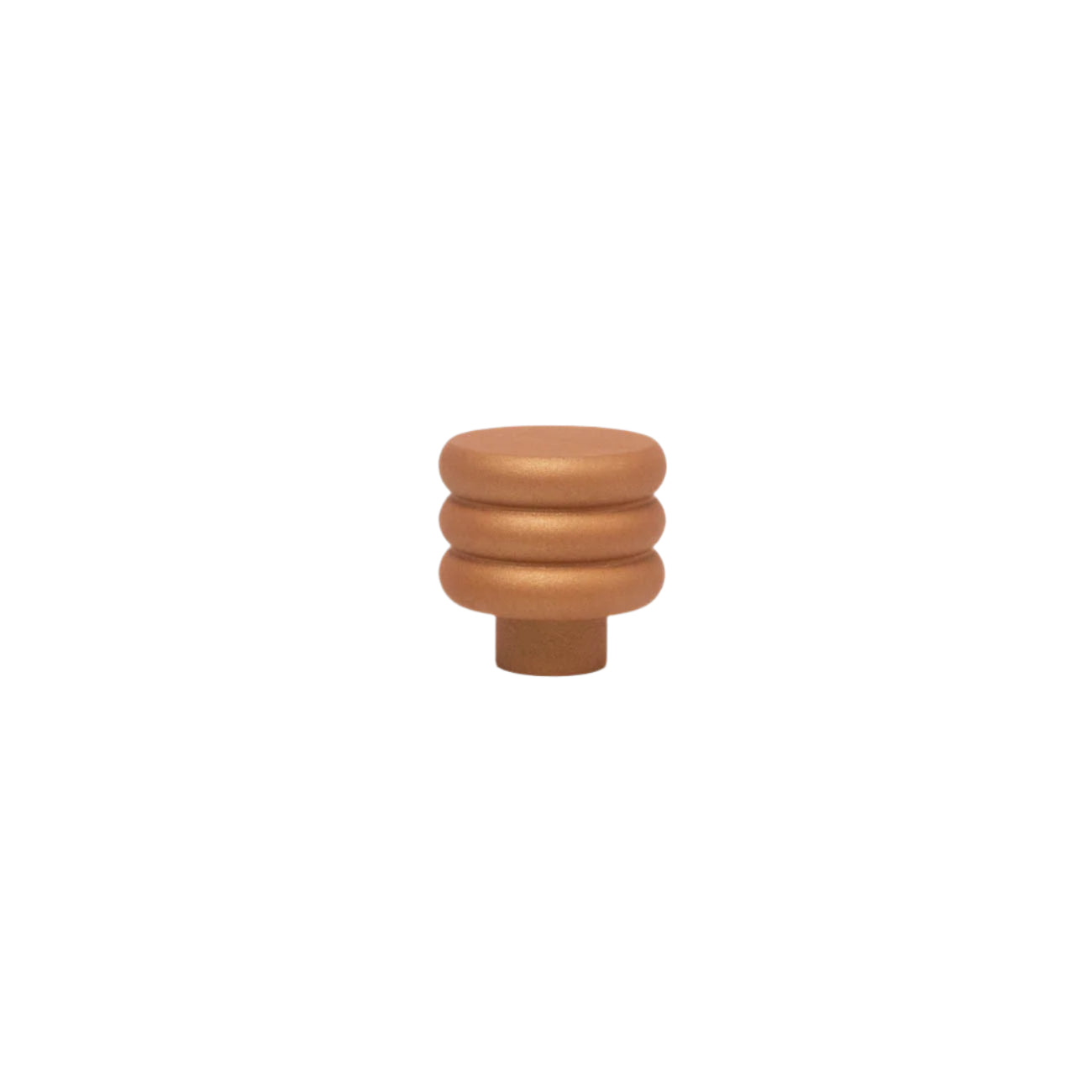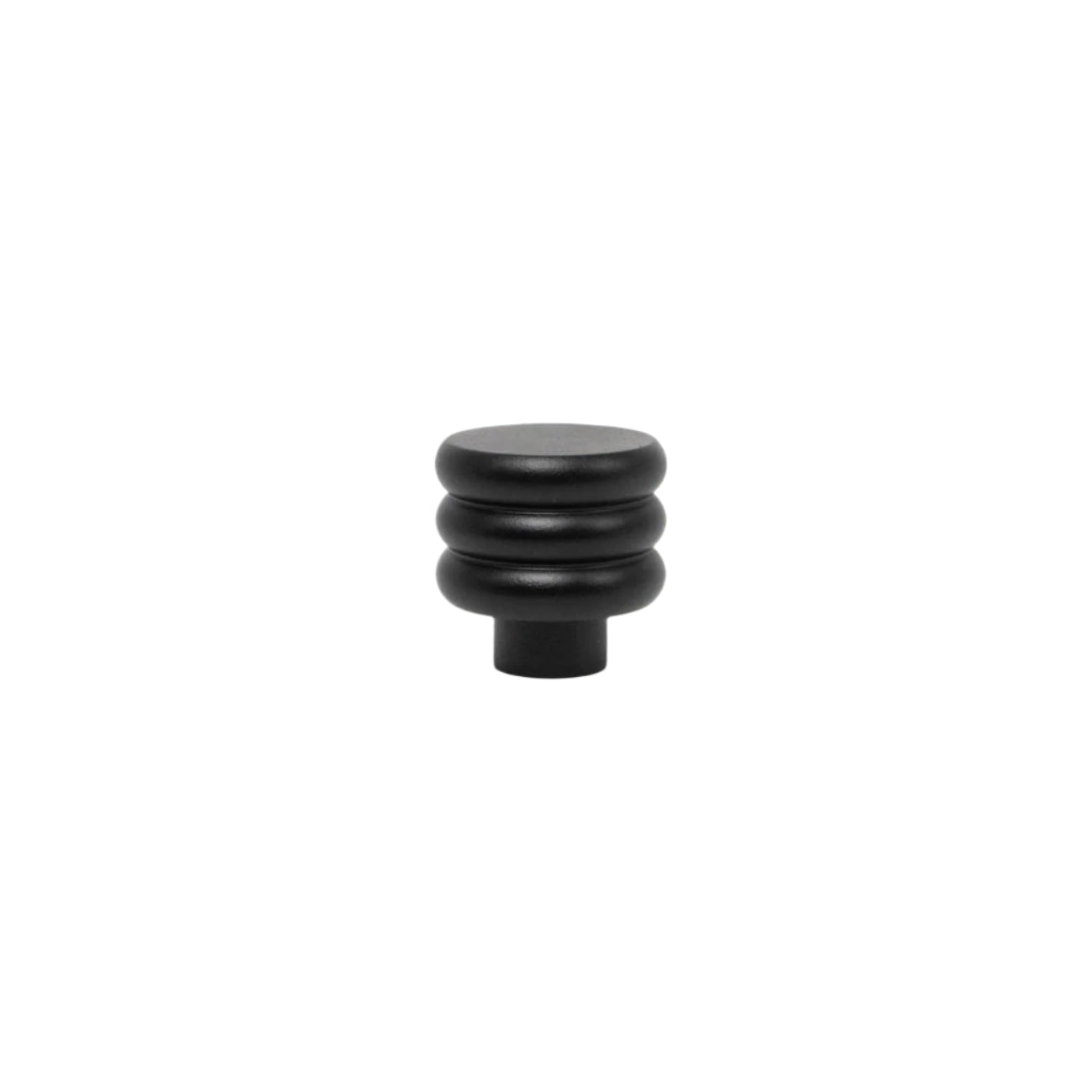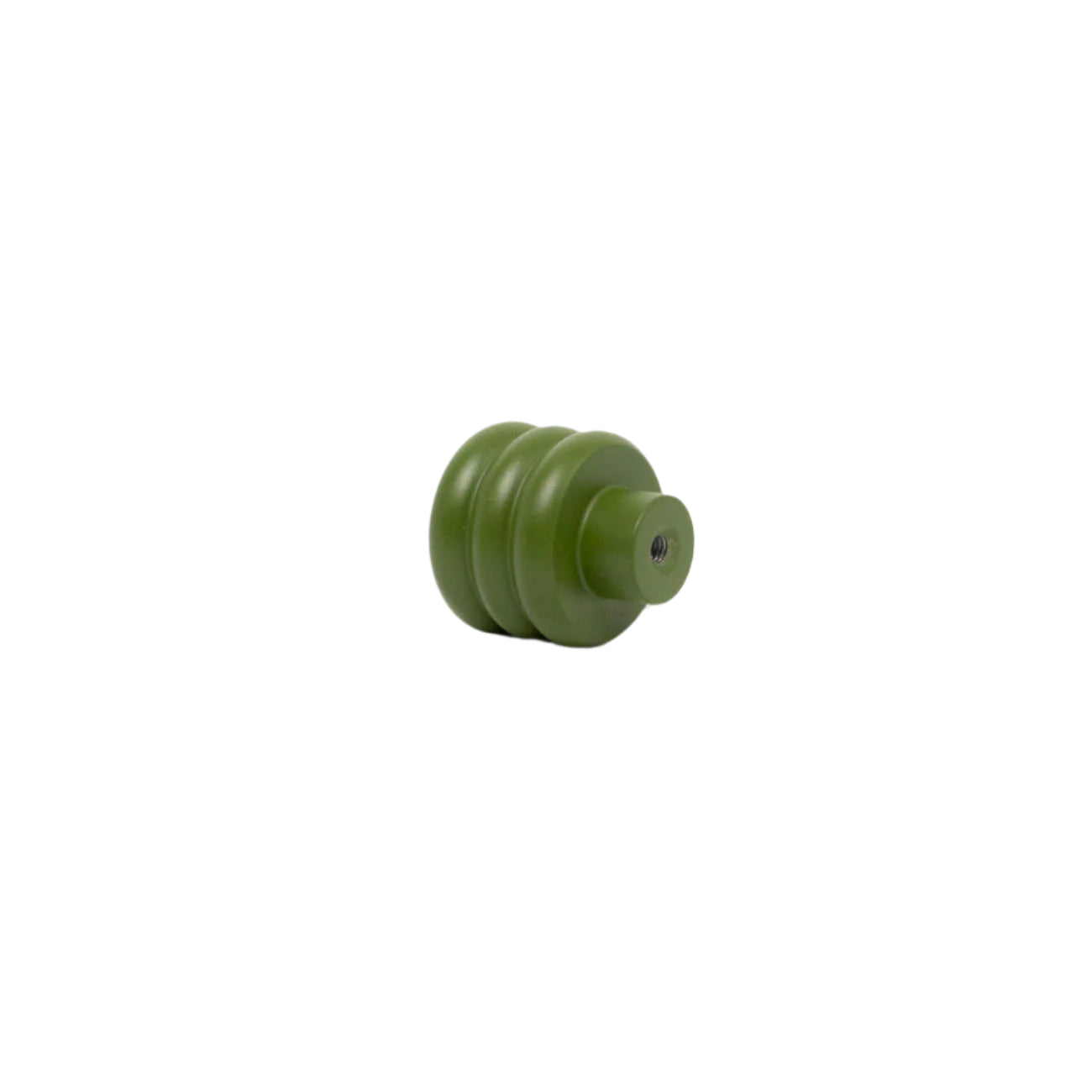Kitchen cabinet hardware placement is critical when designing or modifying a kitchen. But, sometimes this detail is not well-thought-out by the designer or owner. Hardware placement is crucial to the usability and design of your kitchen. The accurate placement of knobs, handles, and pulls could make your kitchen less challenging to navigate and add an extra touch to the design. In this article, you will be given a step-by-step guide on properly positioning your kitchen cabinet hardware. So your kitchen ends up being both practical and good-looking.
Table of contents
- Essential Tools for Installing Cabinet Hardware
- Cabinet Knob Placement Guide
- Installing Cabinet Handles
- Best Height for Cabinet Pulls
- Cabinet Hardware Positioning Tips
- Drawer Handle Placement
- Handle Alignment for Kitchen Cabinets
- Trends in Kitchen Cabinet Hardware Placement
- Tips for Installing Kitchen Cabinet Knobs and Pulls
- FAQS
- Final Thoughts
Why It is Important to Place Cabinet Hardware in the Right Way

Cabinet hardware is not just ornamental; rather, it is an element that substantially determines the usage of Kitchens. Finger pulls and handles simplify access to cabinets and drawers and guarantee convenience in the kitchen during cooking, cleaning, and storing.
Ergonomics and Usability: This is only possible if the cabinet hardware is placed in the right position, easing the stress on the hands, wrists, and back. It also helps ensure that doors and drawers open and shut as smoothly as possible.
Aesthetics: It also implies that the visual aspect is almost as crucial as the rest of the elements of the economy. Positionnement of this modern cabinet hardware may give depth to your cabinetry, or it may be a distracting factor. For instance, knobs raised to the upper region of lower cabinets or handles of drawers placed inappropriately tend to unbalance the cabinets.
Ergonomics and aesthetics play a crucial role in how your kitchen feels and functions. Want hardware that combines both style and convenience? Explore our top-rated cabinet hardware now!
Essential Tools for Installing Cabinet Hardware

Before you start putting in kitchen cupboard hardware, having the right gear to hand is prime. Whether you're a DIY enthusiast or doing this for the first time, here is a list of necessities you'll need:
- Tape Measure: To ensure unique measurements.
- Drill: This is for drilling holes inside the hardware.
- Screws: Usually supplied with the hardware.
- Screwdriver: For tightening the screws.
- Level: To make sure your hardware is hooked up frivolously.
- Cabinet Hardware Template: These pre-made templates assist Mark wherein to drill forknobs and pull .
With the right gear, the process becomes more accessible, and you're less likely to make mistakes that would affect the feature or appearance of your shelves.
Cabinet Knob Placement Guide

Where to Place Knobs on Cabinet Doors: The placement of cabinet knobs is, in all fairness, sincere. Standard practice is to place knobs 2.5 to three inches from the nook of the door. For top cabinets,modern cabinet knobs are typically positioned inside the decrease corner; at the same time, for lower cabinets, they're placed inside the upper corner. This placement gives a balanced look and makes it open and clean near the doorways.
Knob vs. Pull Placement on Drawers: When it comes to drawers, the choice between knobs and pulls relies upon the drawer size and private choice. Smaller drawers regularly appear better with knobs located centrally, at the same time as larger drawers gain from pulls, which can be less challenging to grip. For the most helpful placement, position the knob or pull inside the middle of the drawer for stability and ease of use.
Installing Cabinet Handles

Handles are a popular desire for both cabinets and drawers. Installing them is a simple manner, but accuracy is essential. Here's a step-by-step guide:
- Mark the Placement: Use the template or degree where you want to take care of it. This is commonly 2 to a few inches from the brink of doors. For drawers, handles are generally centered.
- Drill the Holes: Once you've marked the location, use a drill to create holes for the screws.
- Install the Handle: Insert the screws through the again of the cupboard or drawer and screw them into the handle. Tighten them securely but not too tight, as over-tightening could harm the deal with cupboard cloth.
Accuracy Matters: If you're off by even a tiny amount, your cabinet handles can look crooked or misaligned, negatively affecting your kitchen's capability and appearance.
Best Height for Cabinet Pulls
Height for Upper Cabinet Pulls: Pulls on higher cabinets have to be located 2 to 3 inches from the lower corner of the door. This placement provides smooth entry without compromising the layout. The goal is to ensure the cabinet pulls are comfortable to reach without stretching.
Height for Lower Cabinet Pulls: For decreased shelves, pulls have to be positioned 2 to 3 inches from the top corner of the door. This guarantees that the hardware is both functional and aesthetically appealing. If the pull is positioned too low, it may make access to the cupboard more difficult, particularly for folks who frequently bend down to retrieve gadgets.
Cabinet Hardware Positioning Tips
When positioning cabinet hardware, interest in detail is vital. Here are a few key tips:
- Spacing between kitchen cabinet handles: On large shelves or drawers, ensure that handles are flippantly spaced to preserve stability. For a couple of handles, space them at least three to four inches apart to avoid overcrowding.
- Avoid Common Mistakes: Many people need to test how it will be applied before they make the mistake of installing hardware. Before drilling, attempt taping the handles or knobs in the area to see if their placement feels natural.
- Alignment Matters: Use a degree to test that each handle is flawlessly aligned, especially on drawers. Misaligned handles can destroy the symmetry of your kitchen layout.
Drawer Handle Placement

The placement of handles on drawers relies upon the scale of the drawer.
- For Small Drawers: Handles must be focused for a clean, balanced look.
- For Large Drawers: Consider putting handles on every facet for each aesthetics and capability. When putting handles, align them with the middle of every half of the drawer.
This guarantees ease of use, mainly for large, heavier drawers requiring two fingers to open.
Handle Alignment for Kitchen Cabinets
Aligning cabinet handles throughout several shelves and drawers may be problematic. Here are a few quality practices:
- Measure Twice, Drill Once: Take some time when measuring for alignment. Use a degree and a template to ensure that each handle is always positioned.
- Symmetry: Symmetry is essential for kitchen hardware. Ensure that handles and knobs are on the equal peak on all doorways and drawers for a cohesive look.
A nicely aligned kitchen can improve the overall layout, making the space feel prepared and adequately planned.
Trends in Kitchen Cabinet Hardware Placement
Current kitchen designs have numerous emerging tendencies in cupboard hardware placement.

- Minimalist Designs: Sleek, streamlined hardware with diffused placement is trending. This regularly means smaller, low-profile handles placed in the corner of doors or focused on drawers.
- Bold Statements: A few owners, on the other hand, choose large assertion handles made from copper or matte black materials. These are typically positioned extra centrally for an ambitious look.
- Mixing Materials: Combining exceptional hardware finishes, which includes pairing matte black pulls with copper knobs, is turning into more incredible famous.
Tips for Installing Kitchen Cabinet Knobs and Pulls
Here are a few final expert guidelines for making sure your hardware setup is going smoothly:
- Test Before You Drill: Use painter's tape to hold knobs quickly or pull them in place before drilling any holes. This offers you a sense of how the placement will paint in exercise.
- Measure Consistently: Always double-check your measurements before drilling. A tiny blunder in measurement can result in misalignedkitchen cabinet hardware that disrupts the drift of your kitchen layout.
- Work Slowly: Take your time throughout the setup procedure. Rushing can lead to mistakes, crooked handles, or damage to your cabinets.
Read More of Our Popular Blogs :
- Where to Place Knobs on Cabinets
- How to Pick Cabinet Hardware: Knobs vs Pulls | A Full Guide
- A Buyer's Guide to High-Quality Door Knobs and Handles

FAQS
Q: What is the 1-3 rule for cabinet pulls?
A: The 1-3 rule suggests setting cupboard pulls 1 inch from the edge of the door and ensuring they are spaced three inches apart. This creates a balanced look and makes it easier to grip, improving fashion and value.
Q: What is the best placement for handles on shaker cabinets?
A: For shaker shelves, handles should be positioned two to three inches from either the top or bottom edge. This placement not only guarantees smooth access but also enhances the smooth traces and minimalist design function of shaker patterns.
Q: Where should door handles be placed?
A: Door handles are quality positioned 36-48 inches above the floor, ideally aligned with the center of the door. This height provides a snug grip for customers, ensuring functionality while preserving an attractive appearance.
Q: Should I get knobs or pulls on my cabinets?
A: The choice among knobs and pulls regularly comes down to non-public fashion and functionality. Knobs provide a traditional appearance, at the same time as pulls provide a current sense and easier get entry for larger drawers and cabinets, enhancing usual usability.
Q: Where should hardware be placed on kitchen cabinets?
A: Where you place hardware matters a lot for how it looks and works. On upper cabinets, put knobs or pulls 2-3 inches from the bottom. For lower cabinets, stick them 2-3 inches from the top so they're easy to reach.
Final Thoughts
Proper kitchen cabinet hardware placement is essential for each of the functionality and layout of your kitchen. Whether you're installing knobs, pulls, or handles, following these tips will make sure your kitchen looks polished and plays nicely. Taking the time to carefully degree and align your hardware will make your kitchen extra exciting to apply and extra aesthetically attractive. Happy installing!

